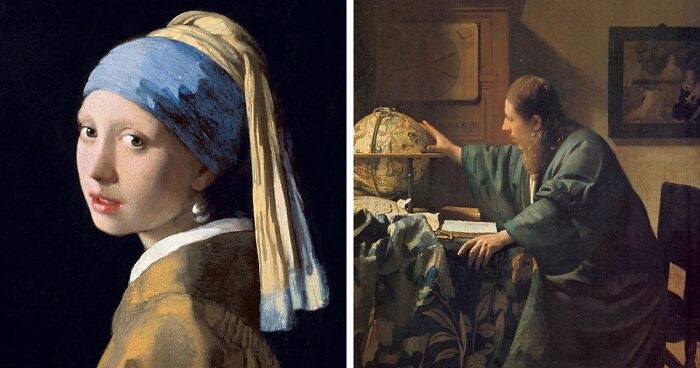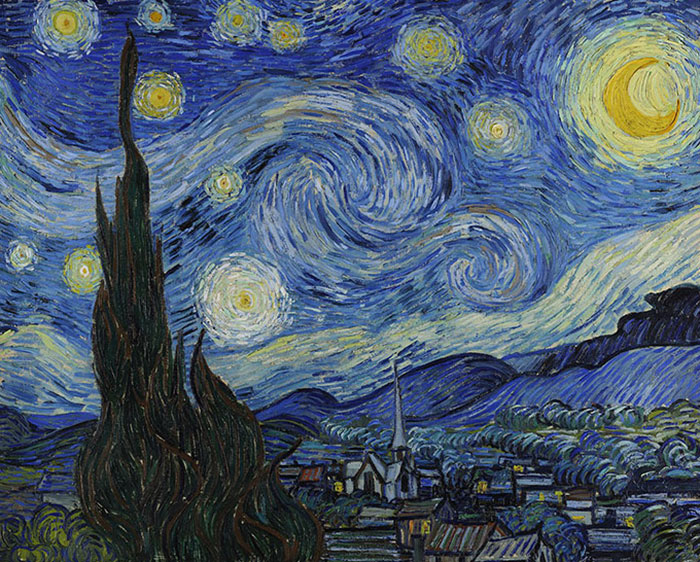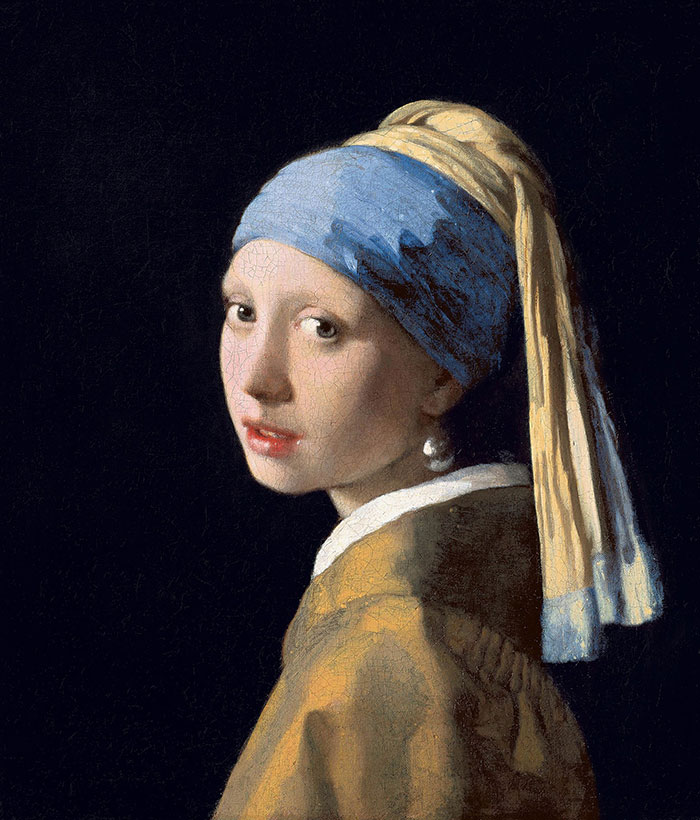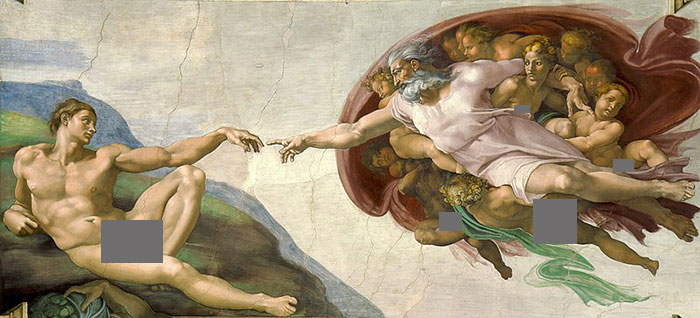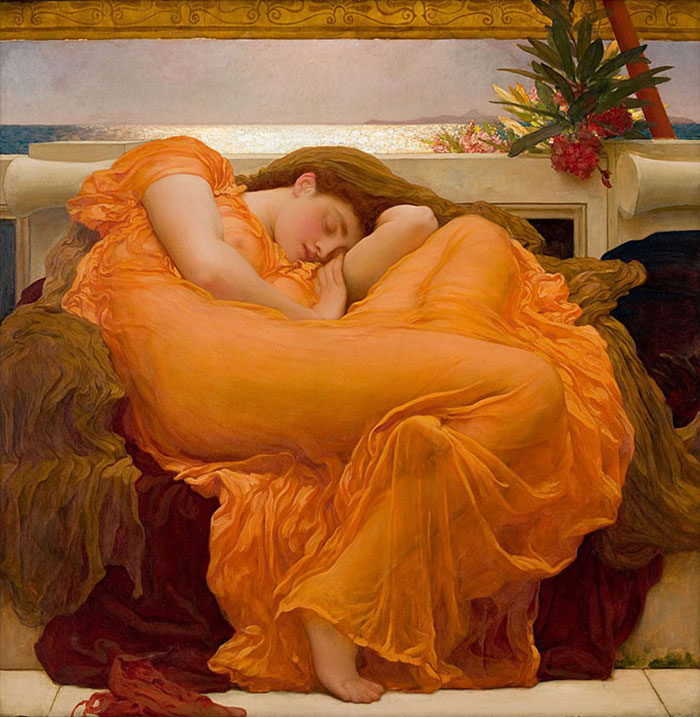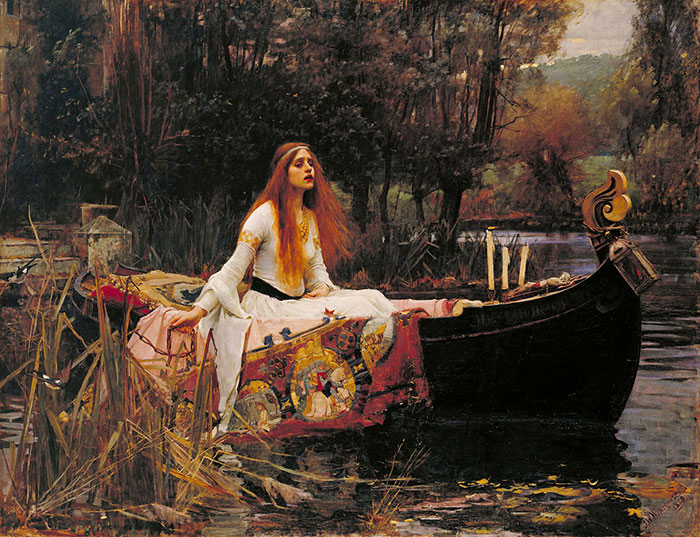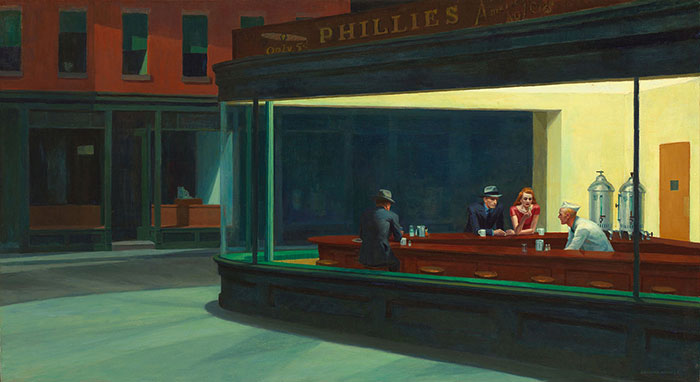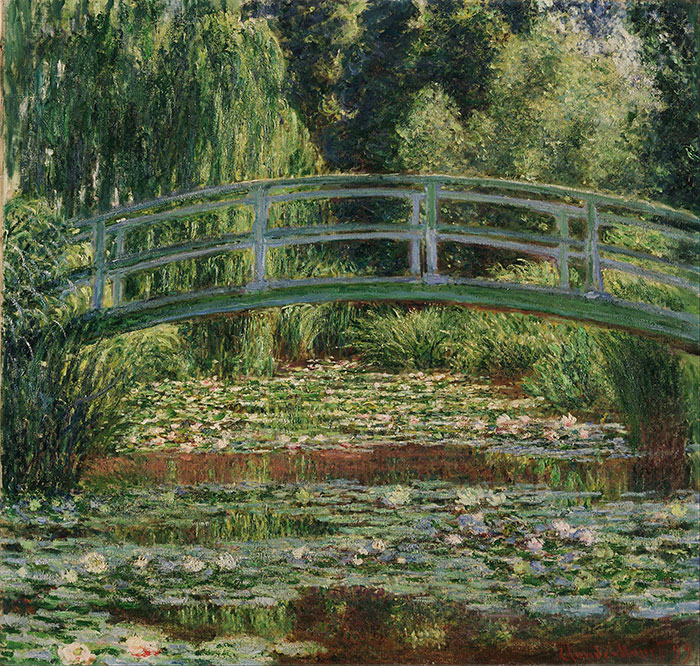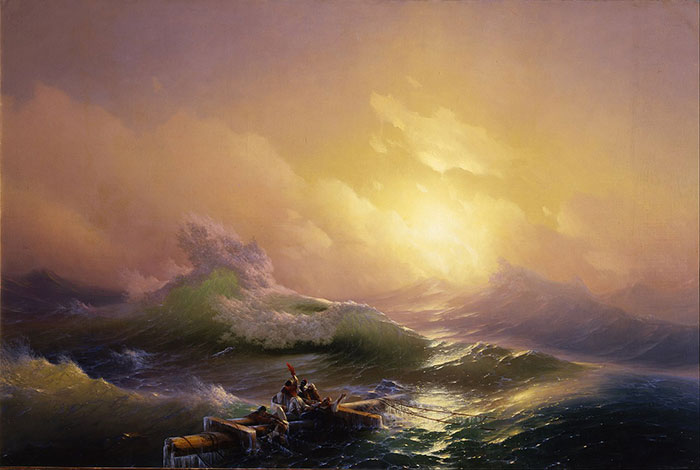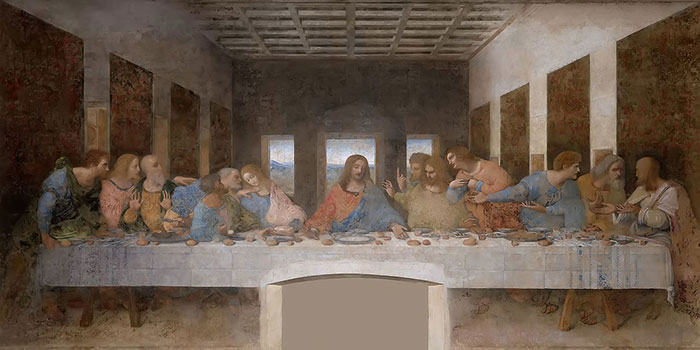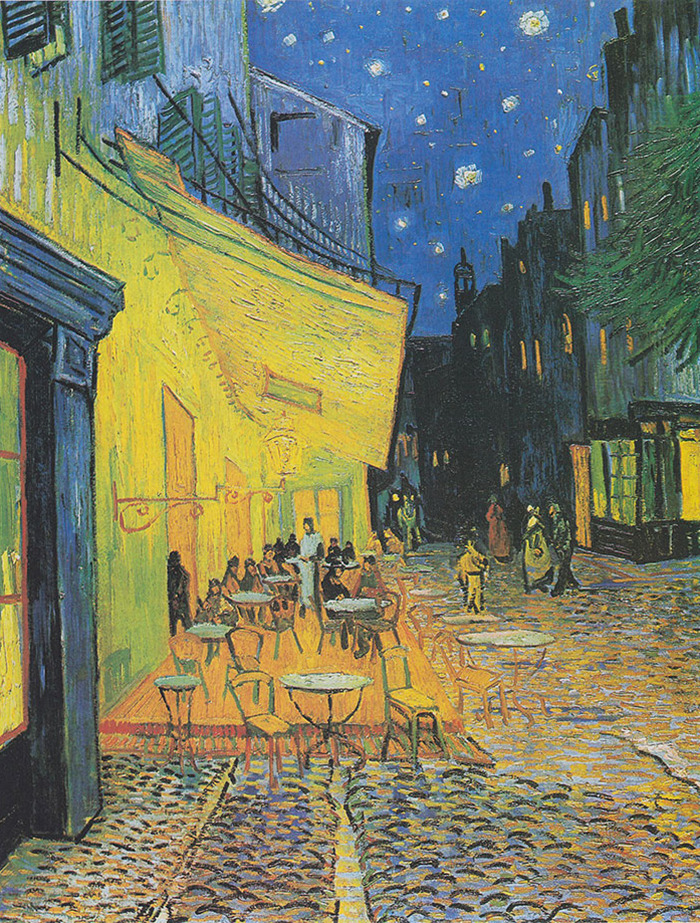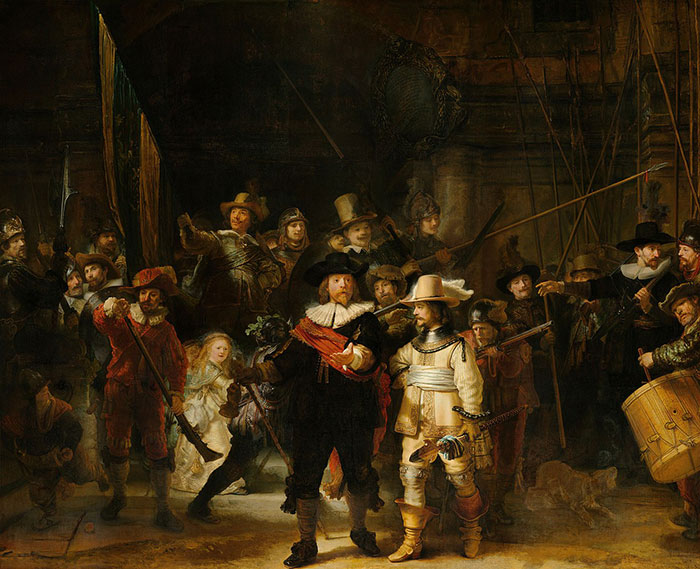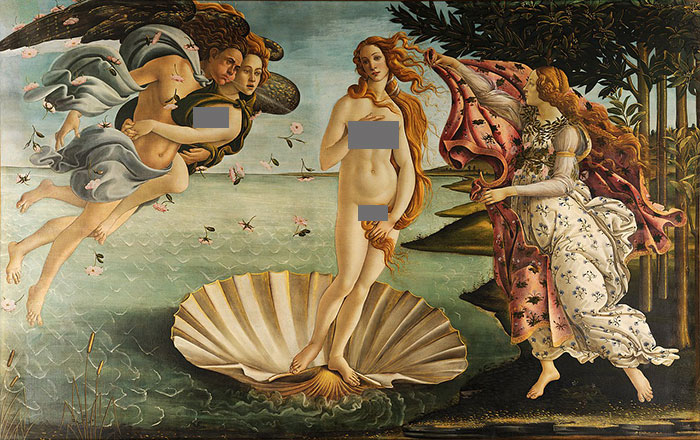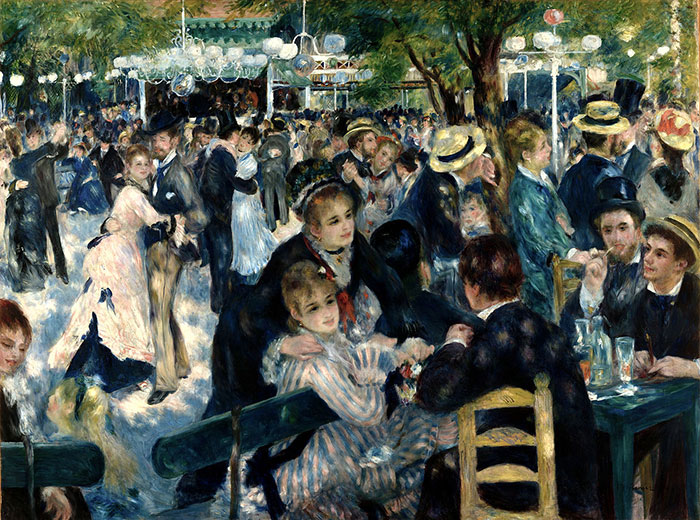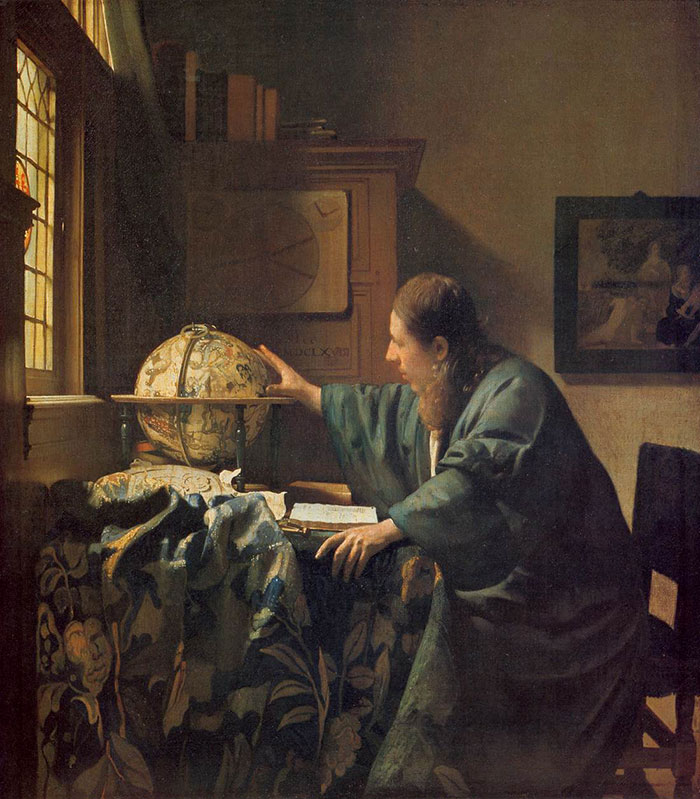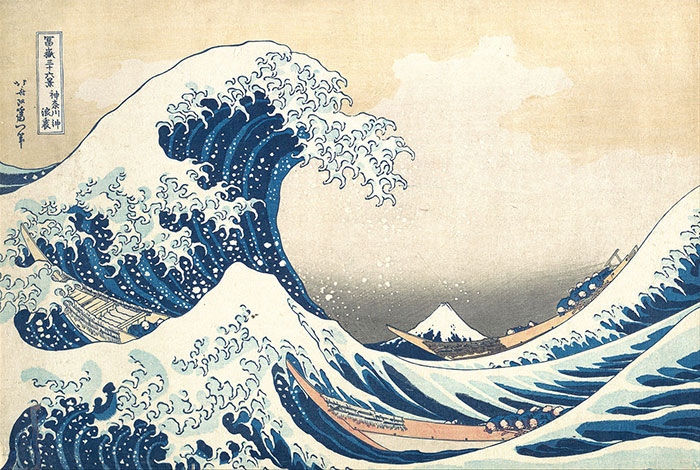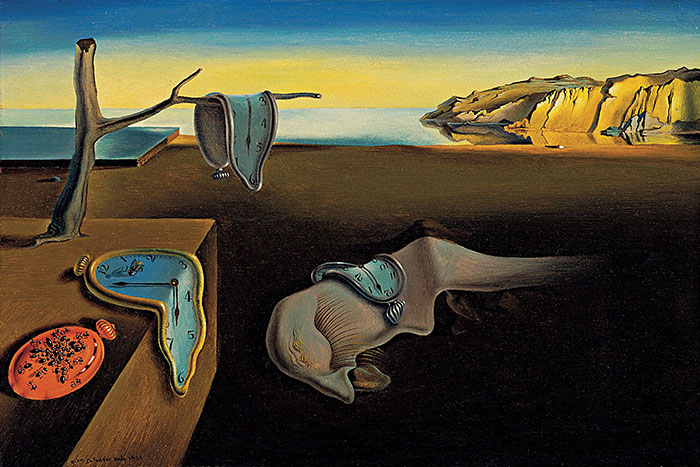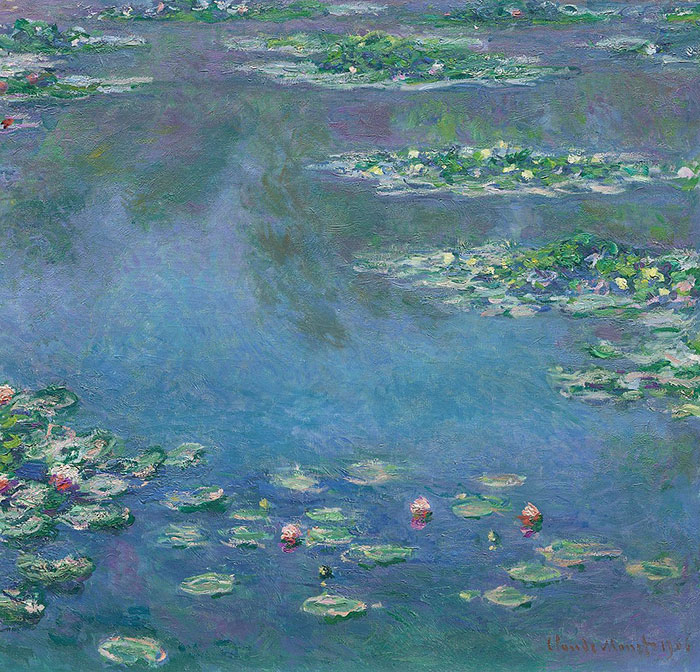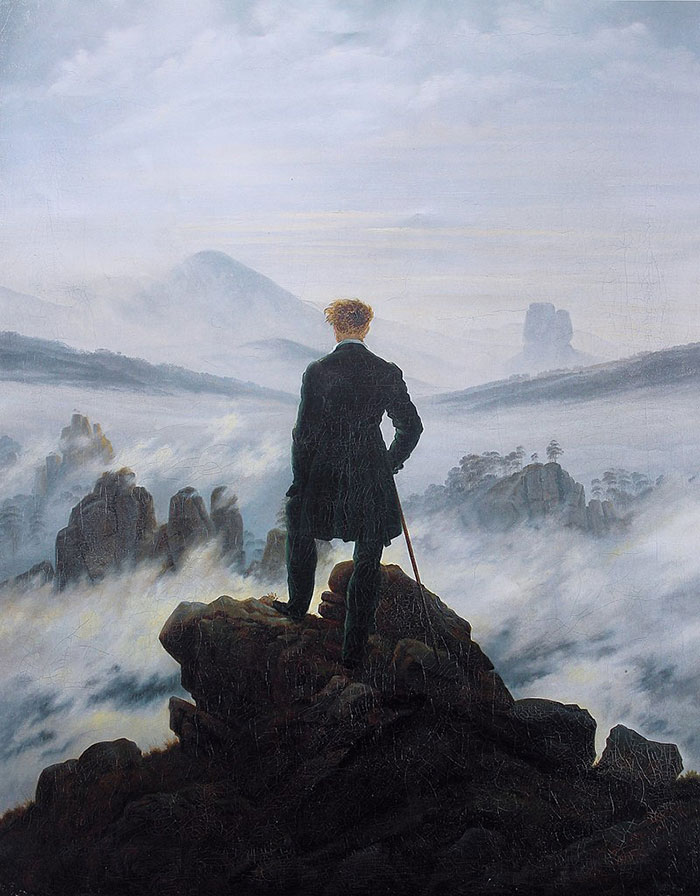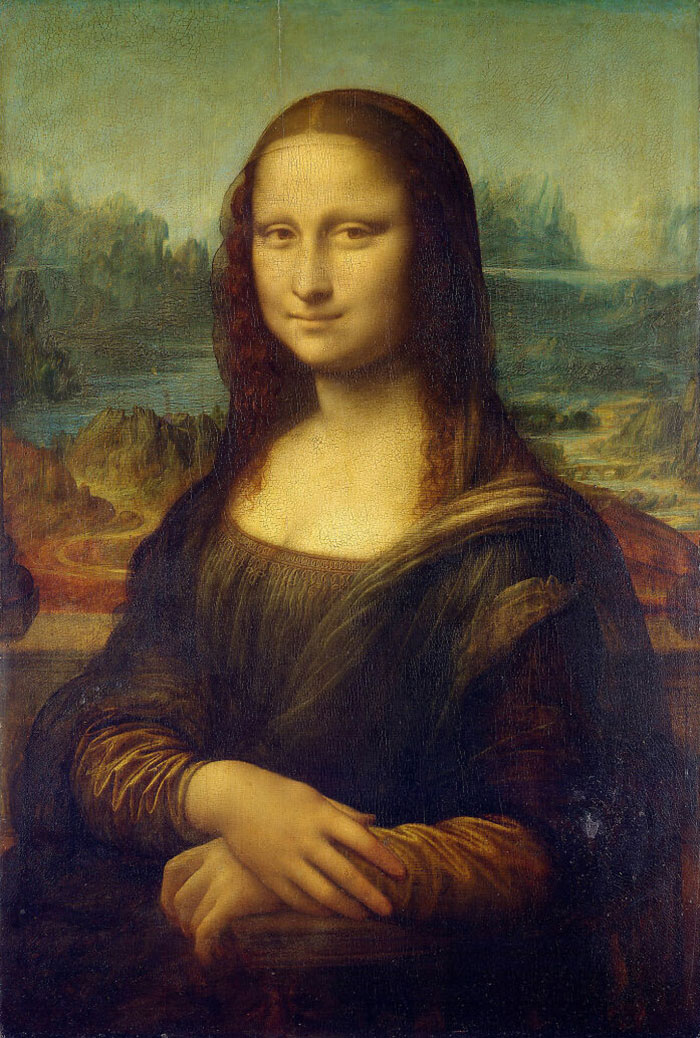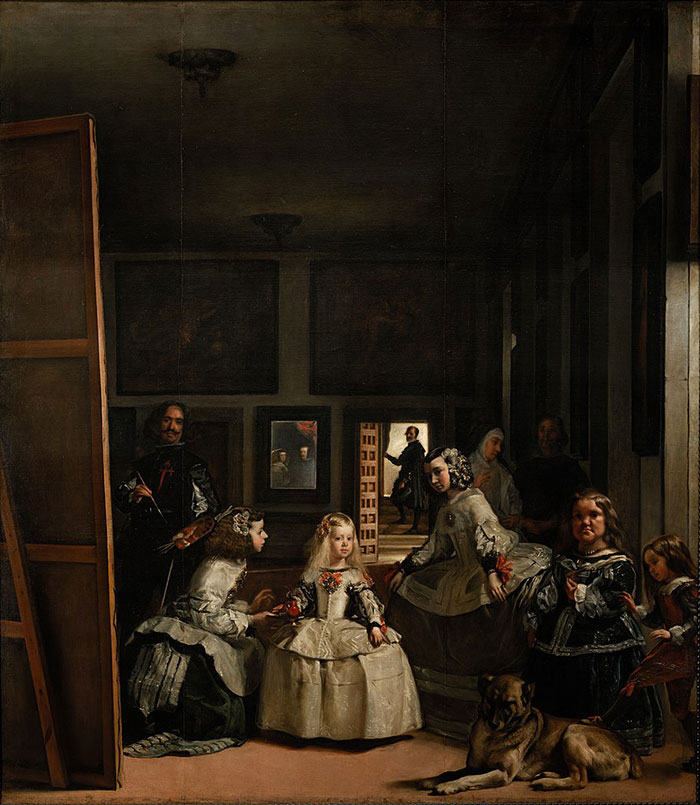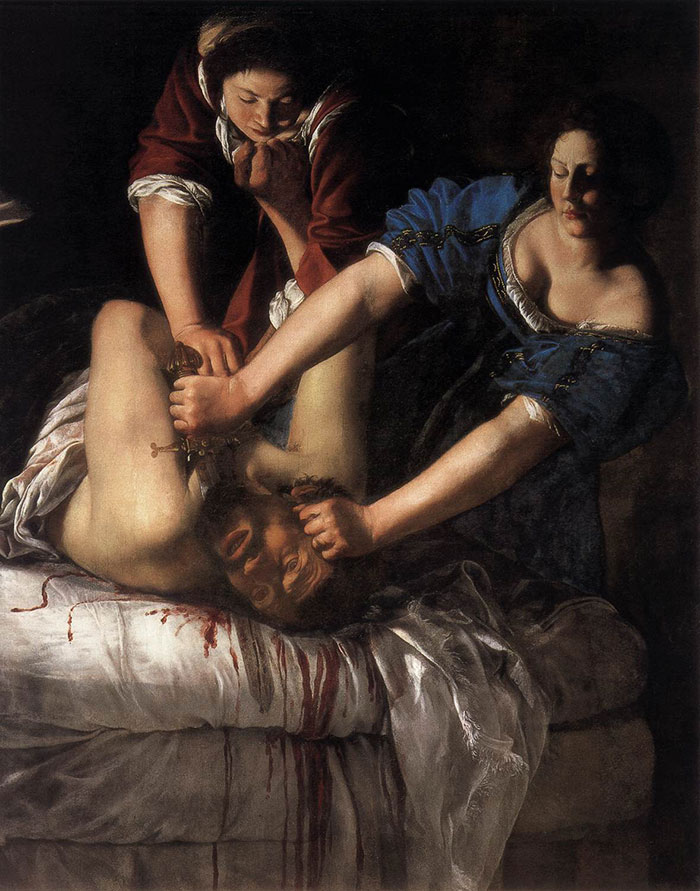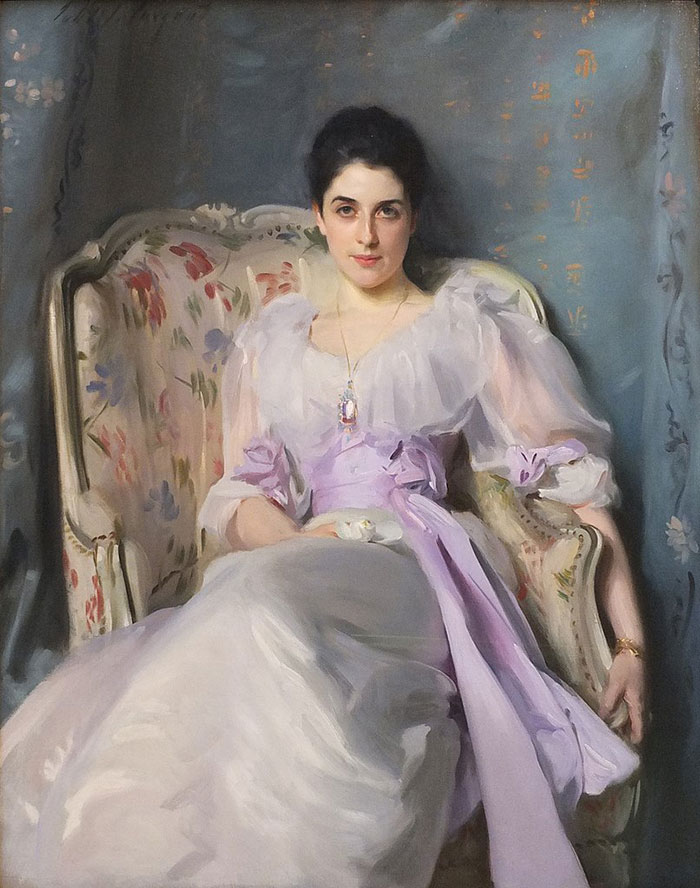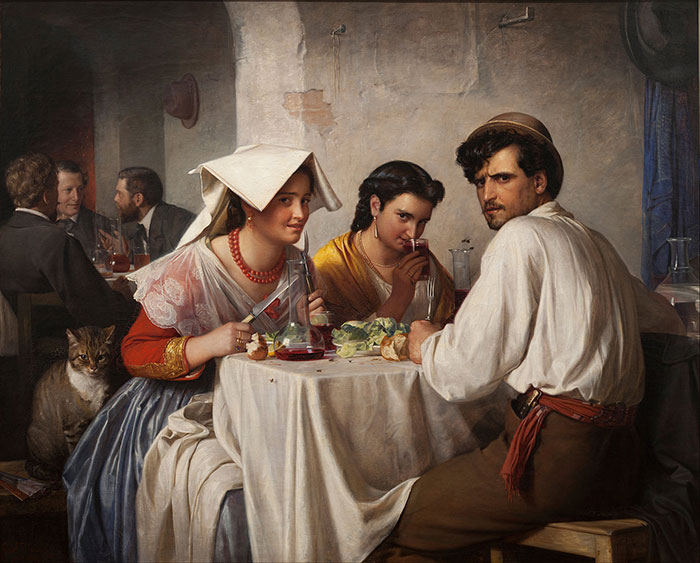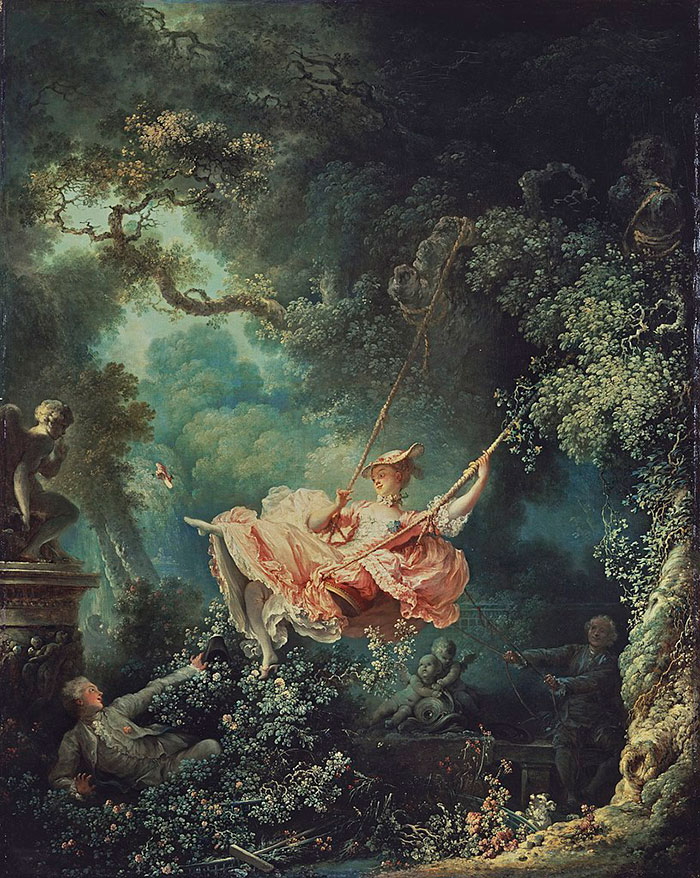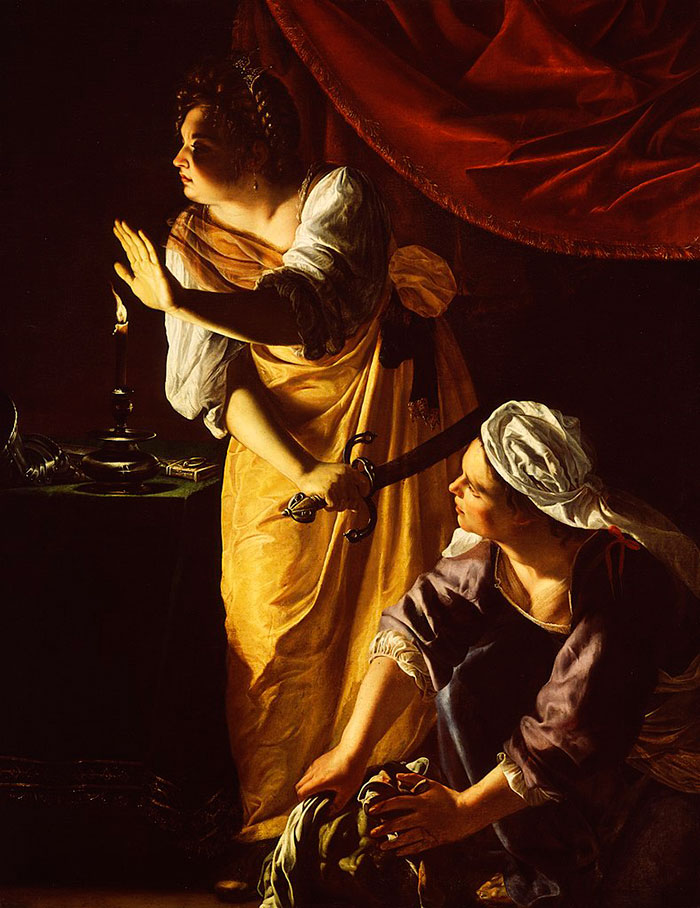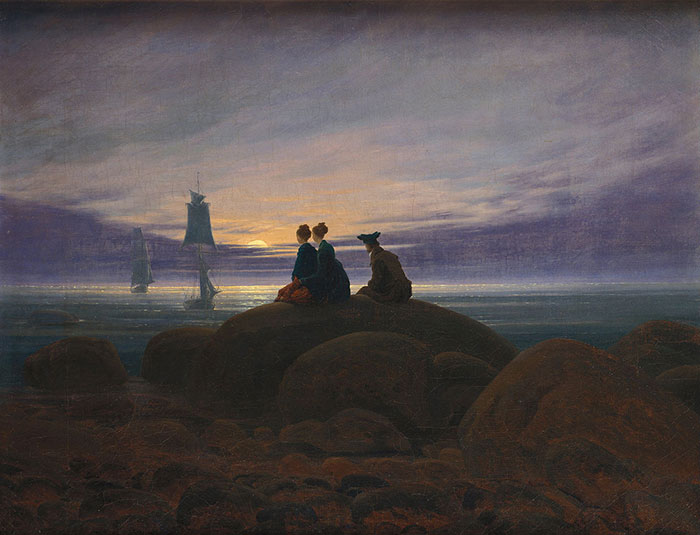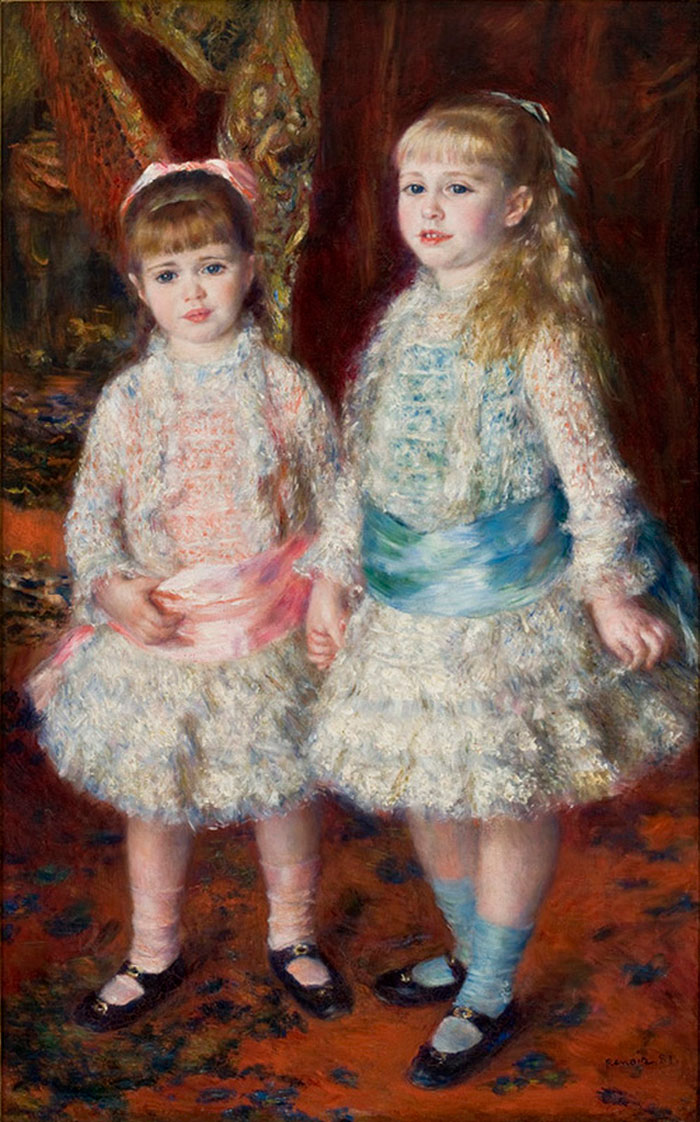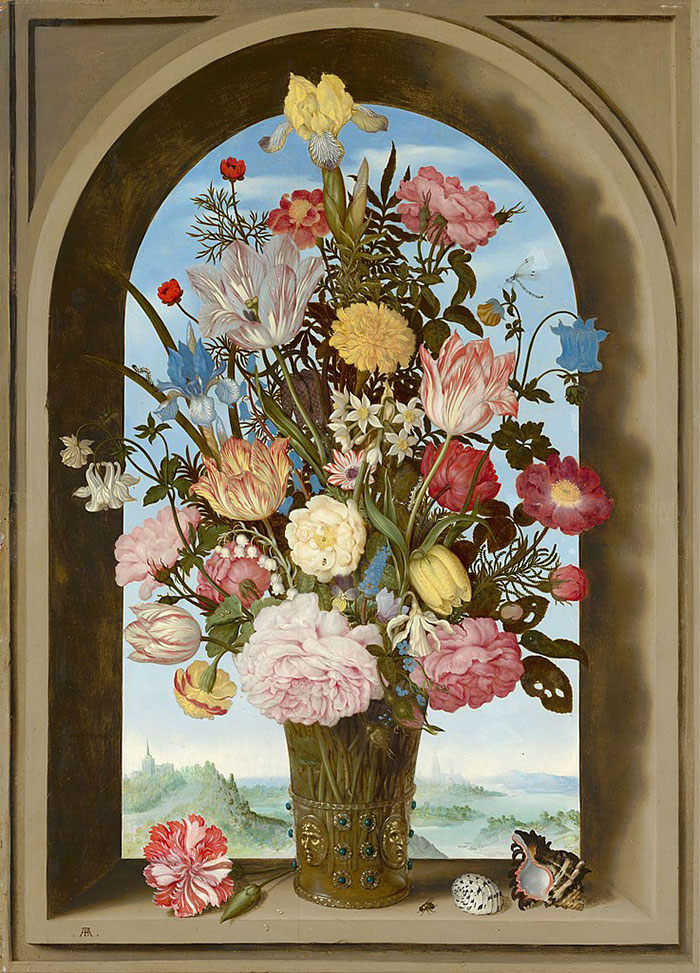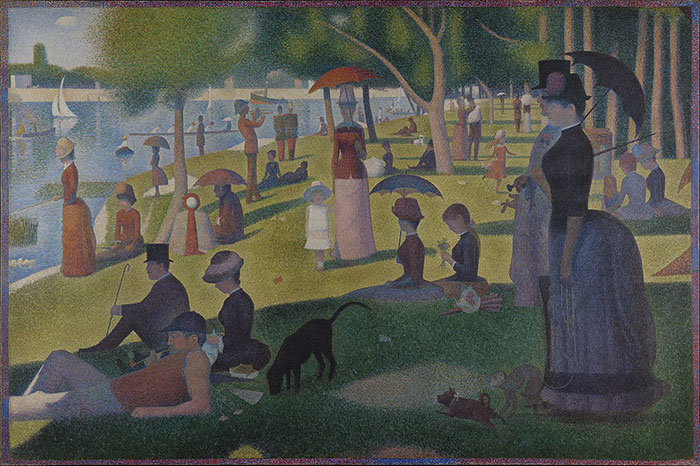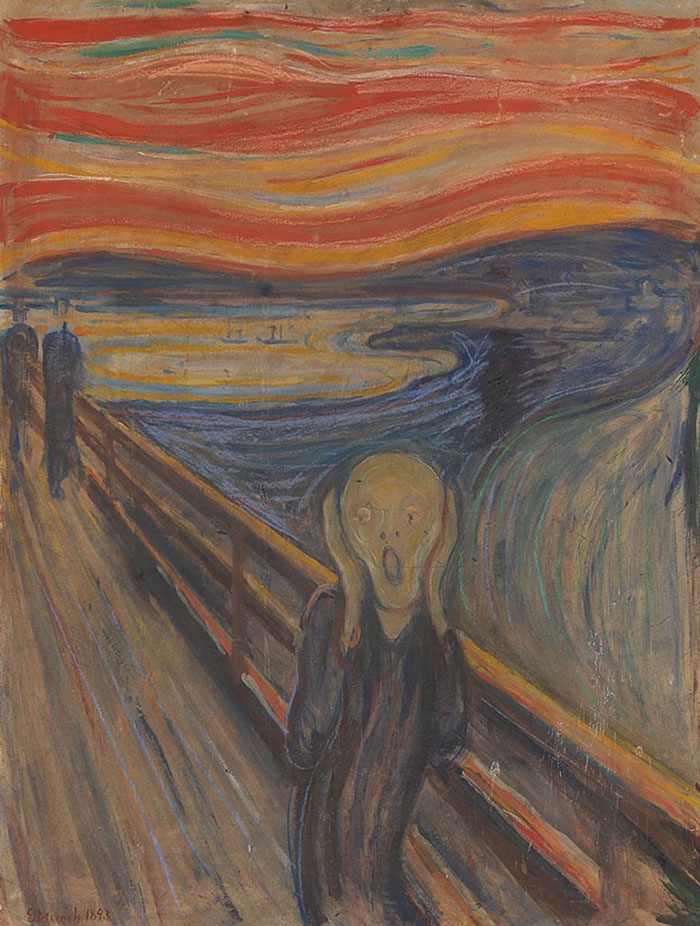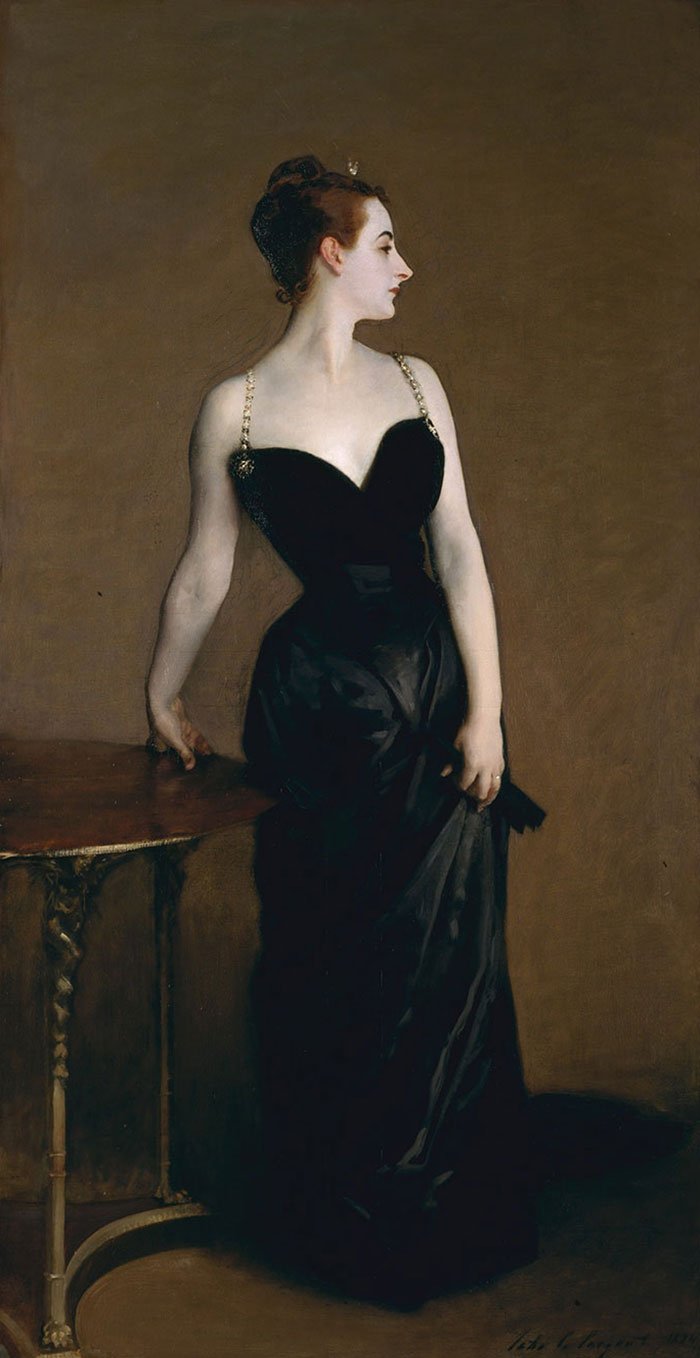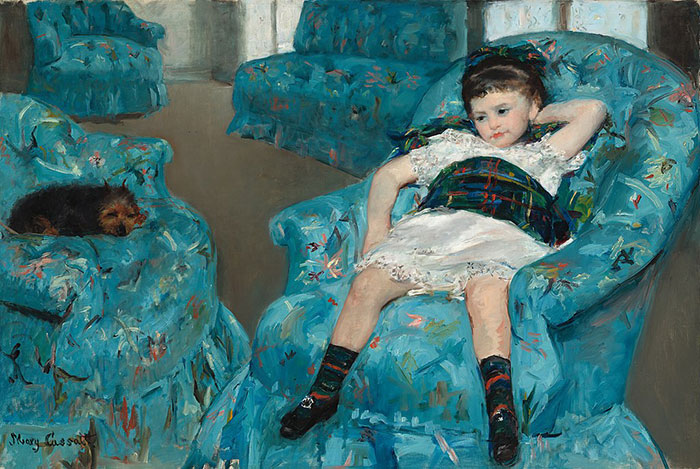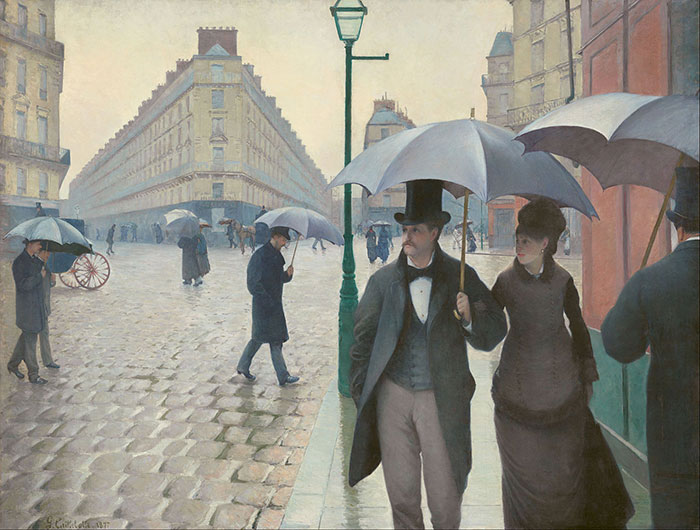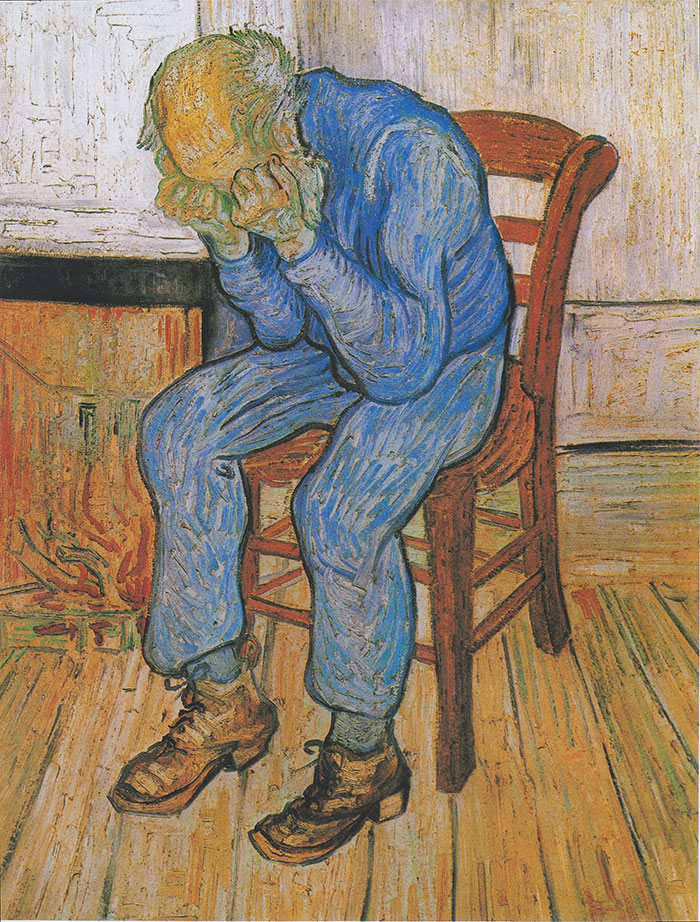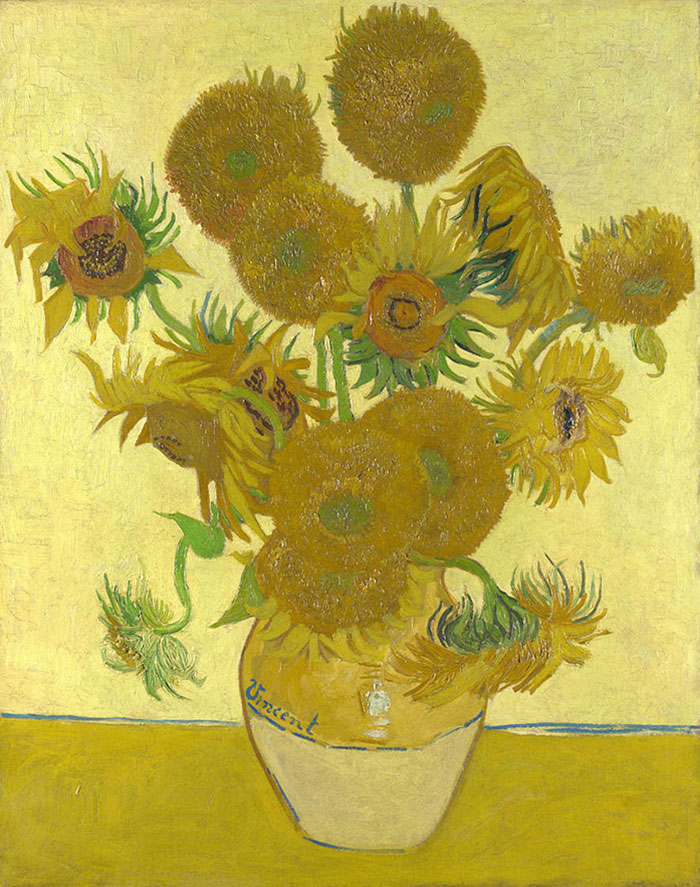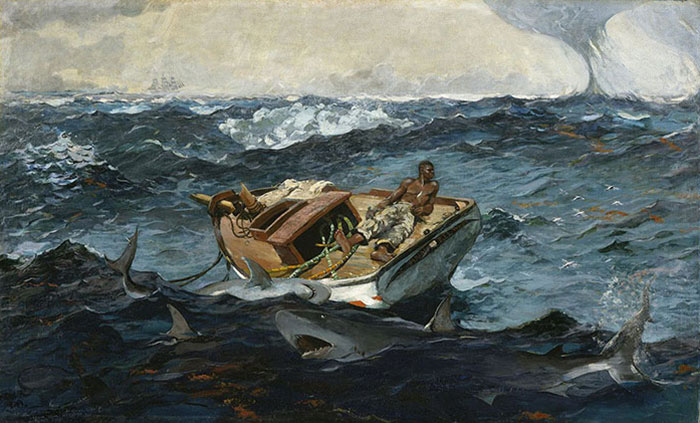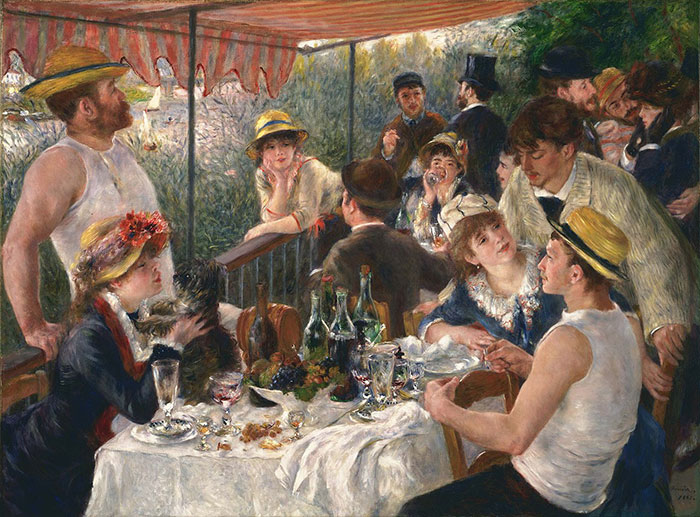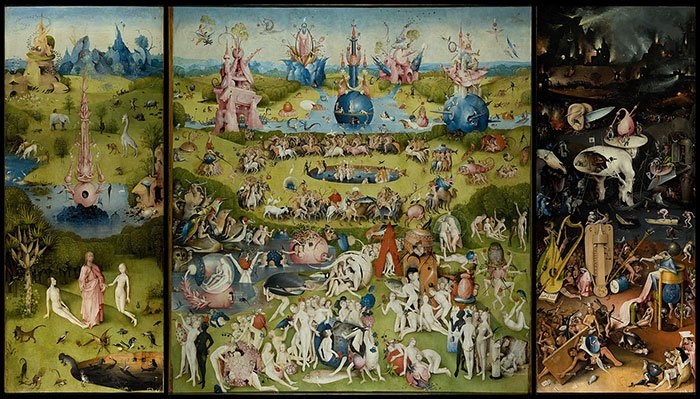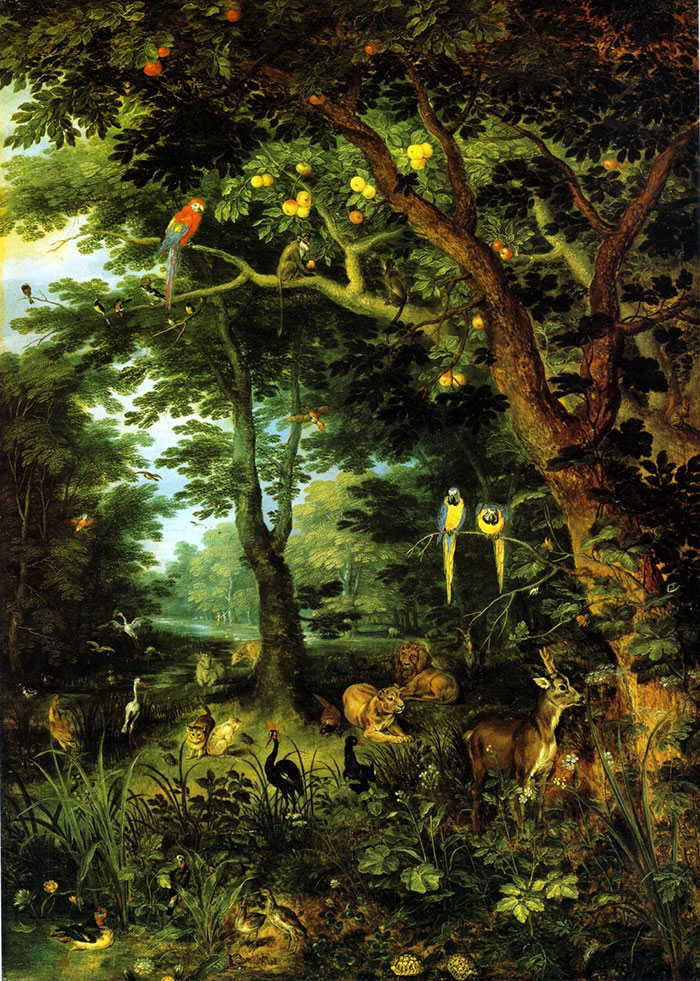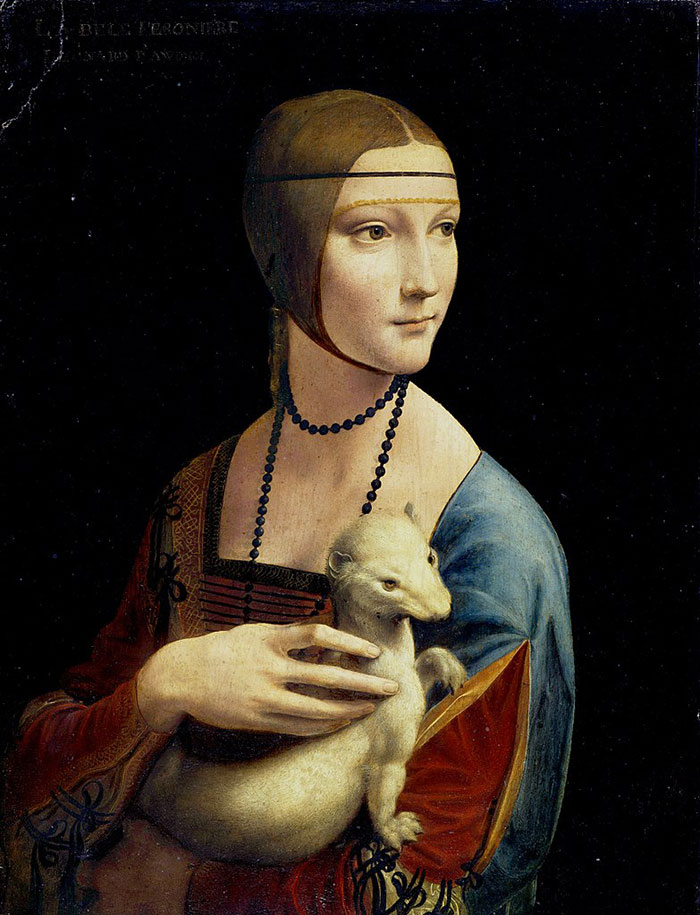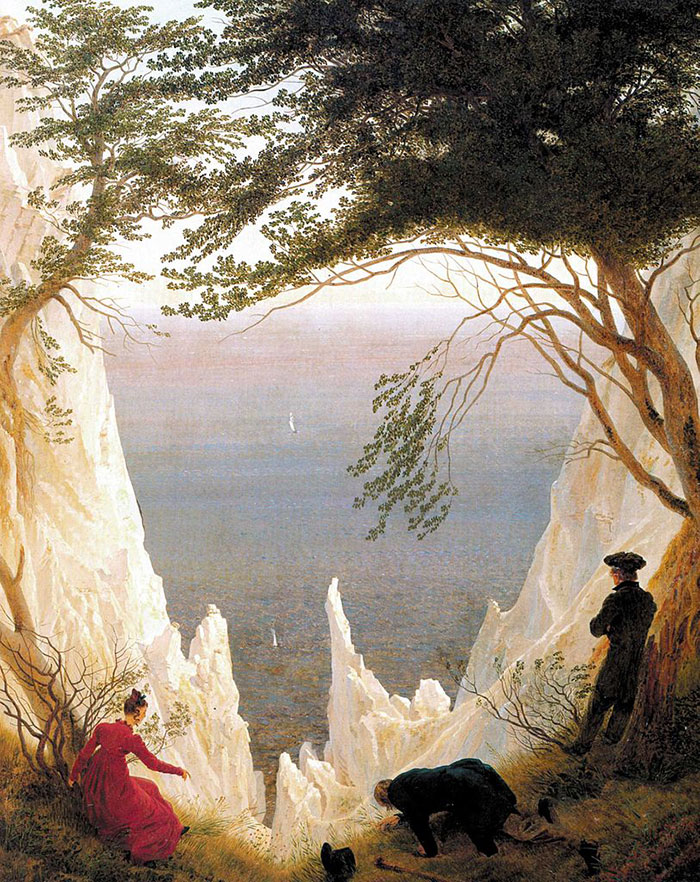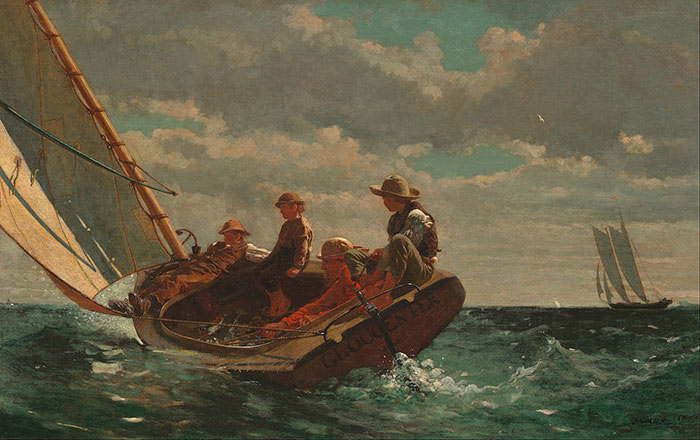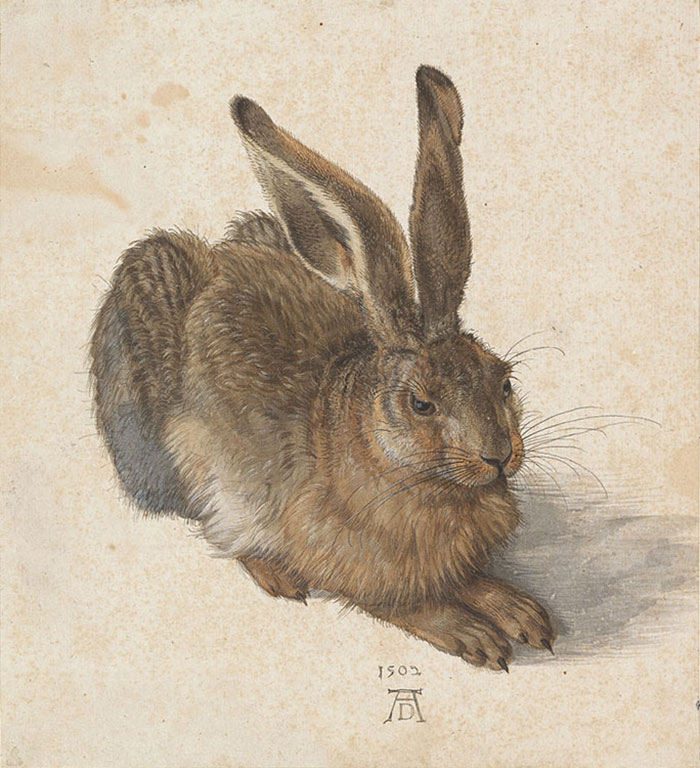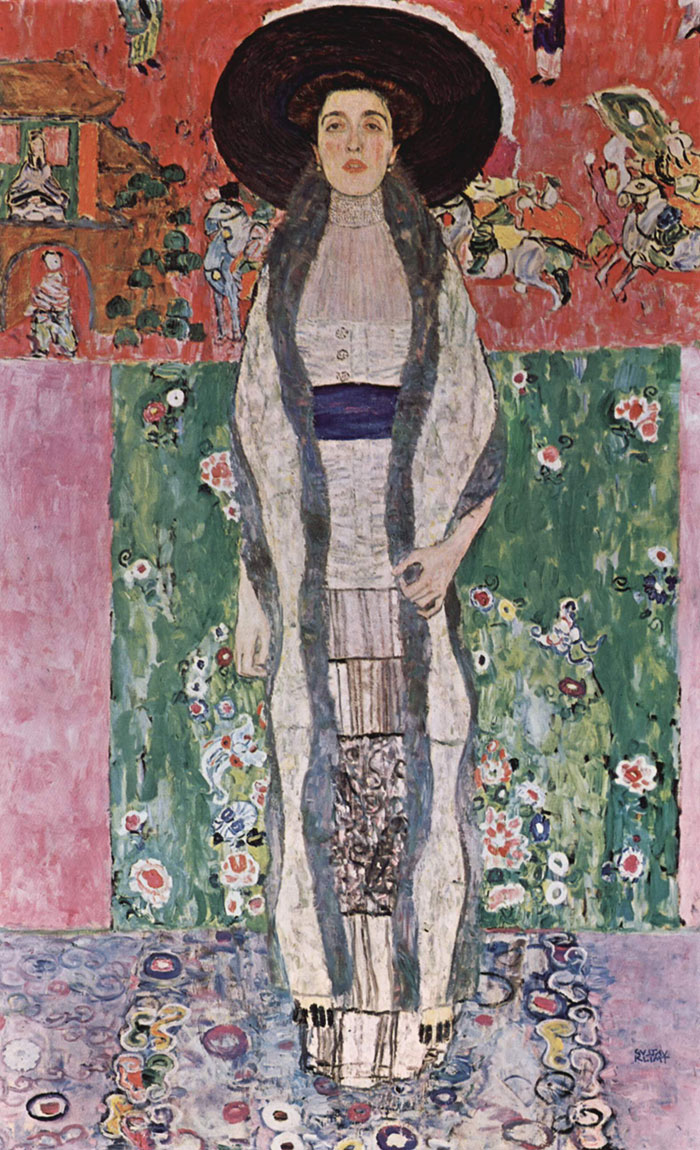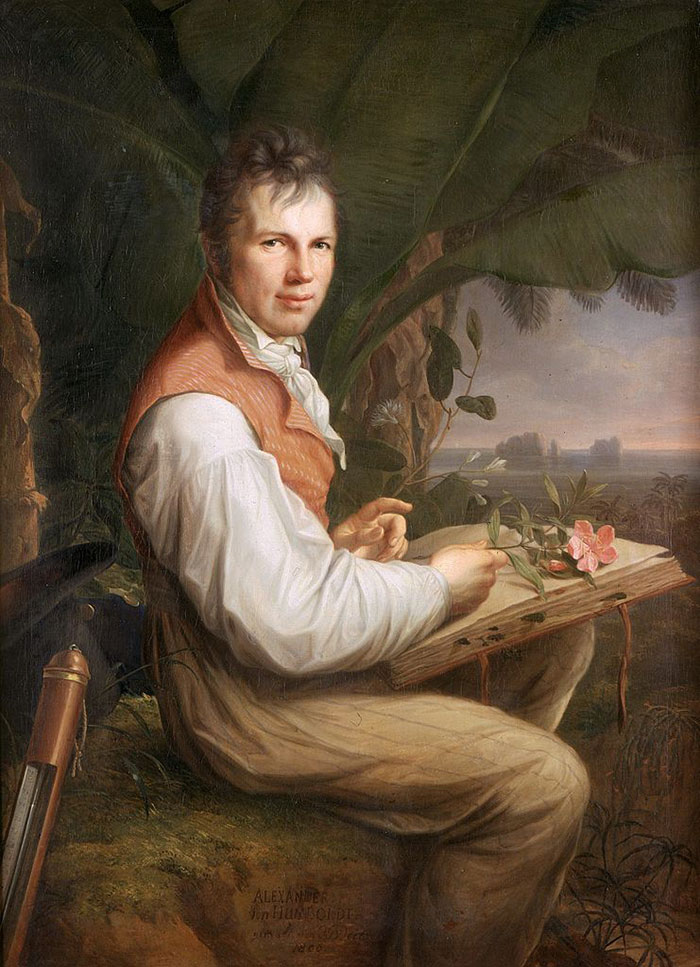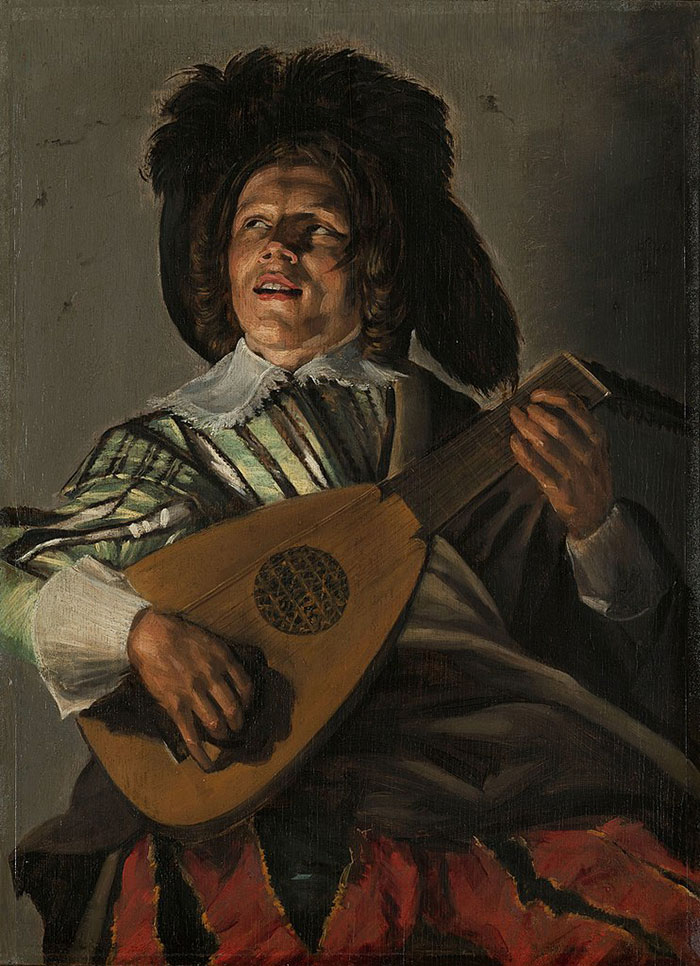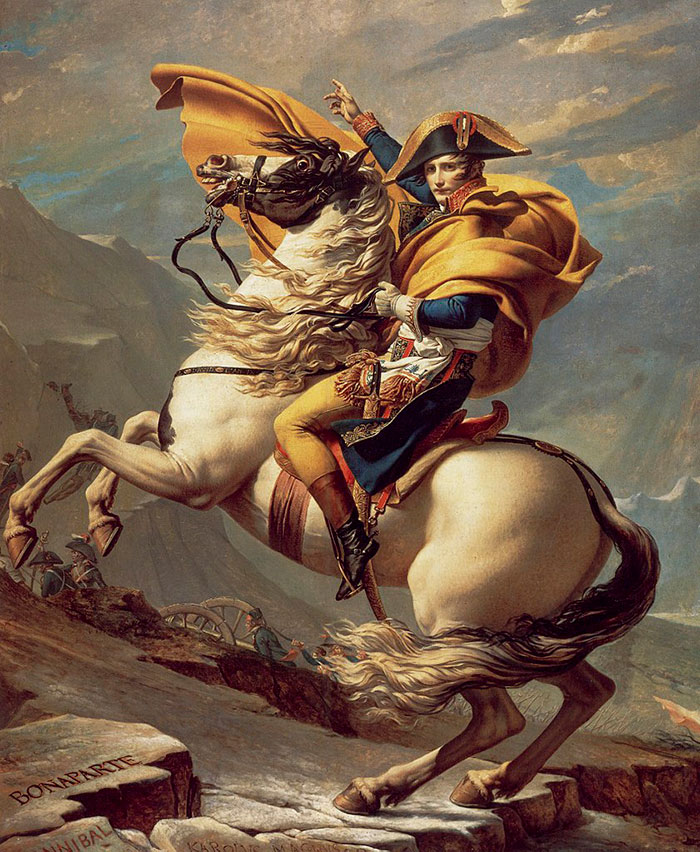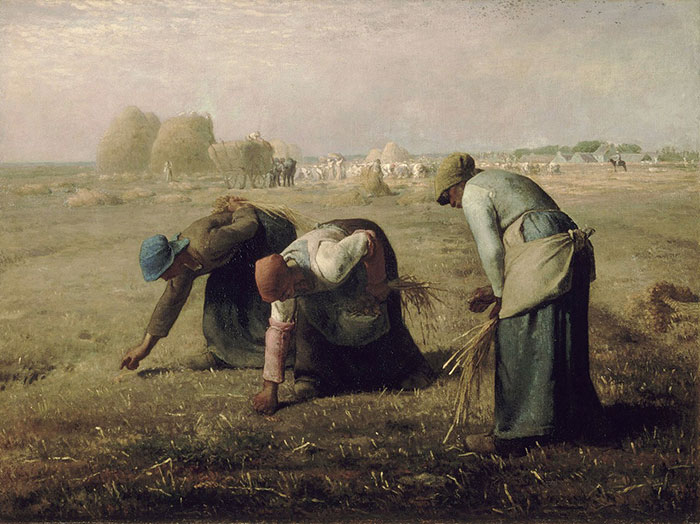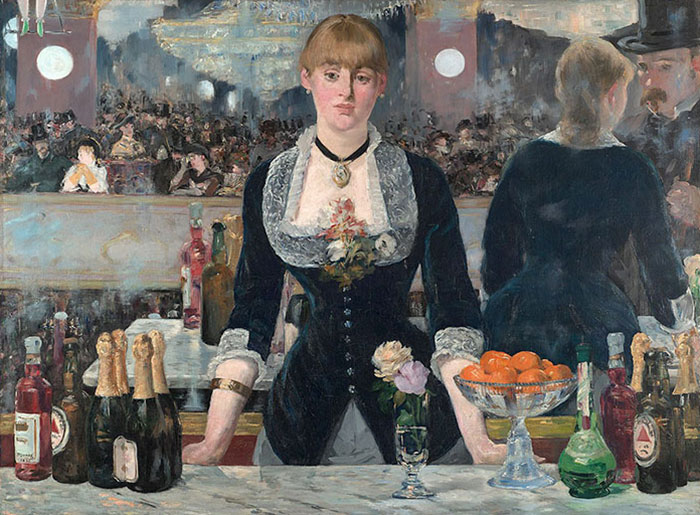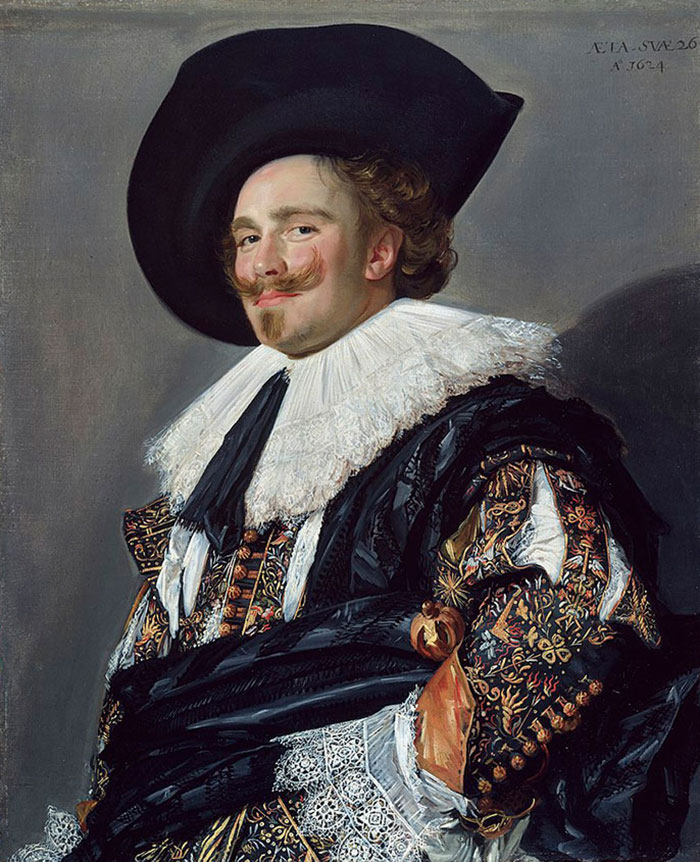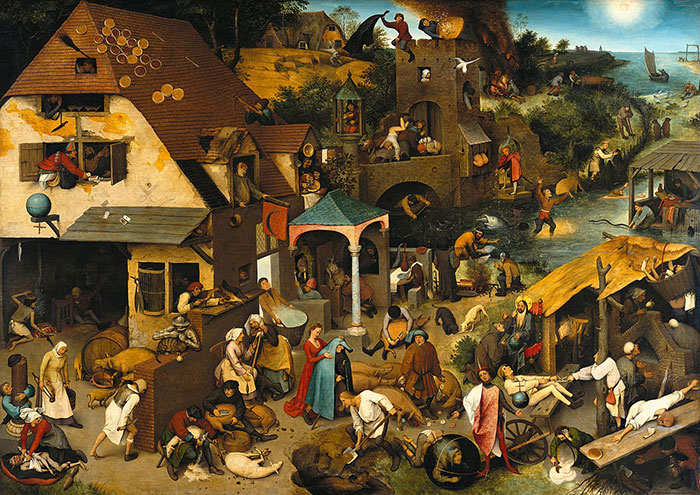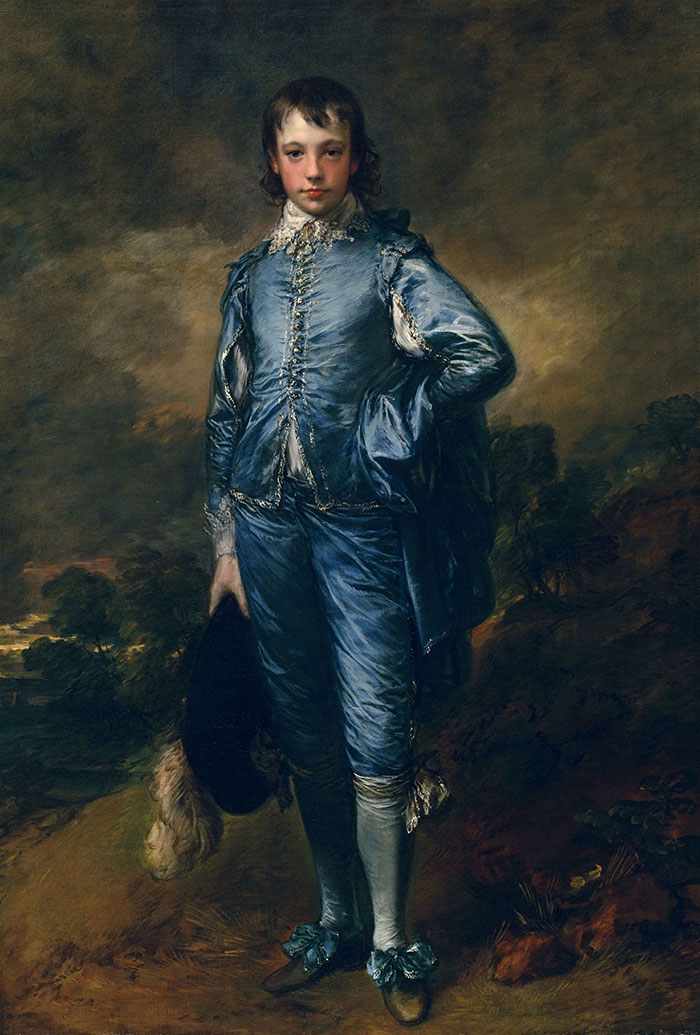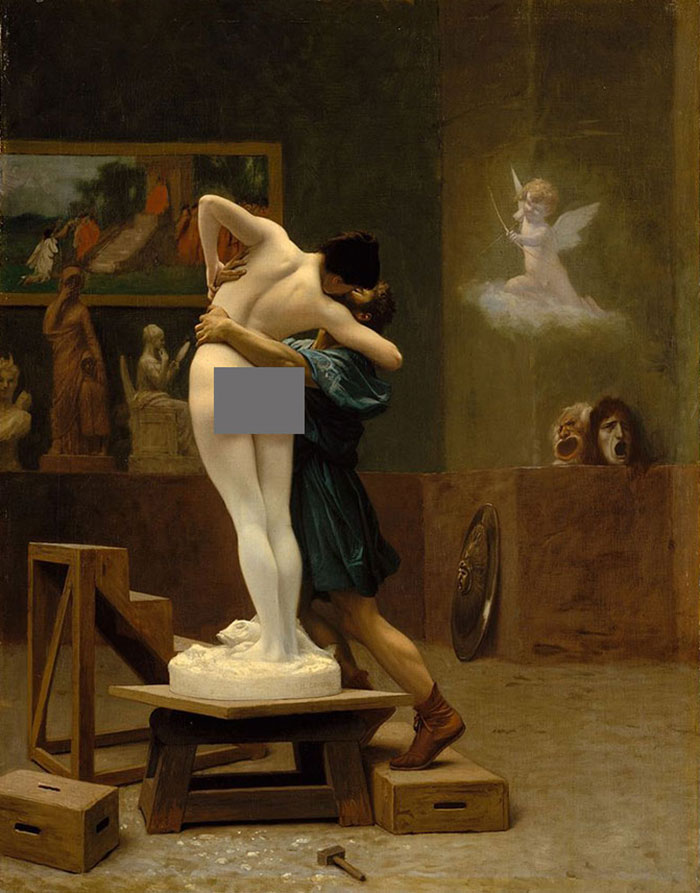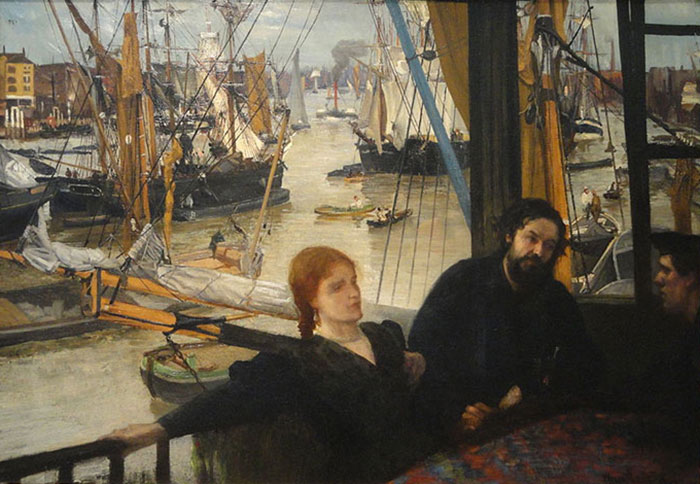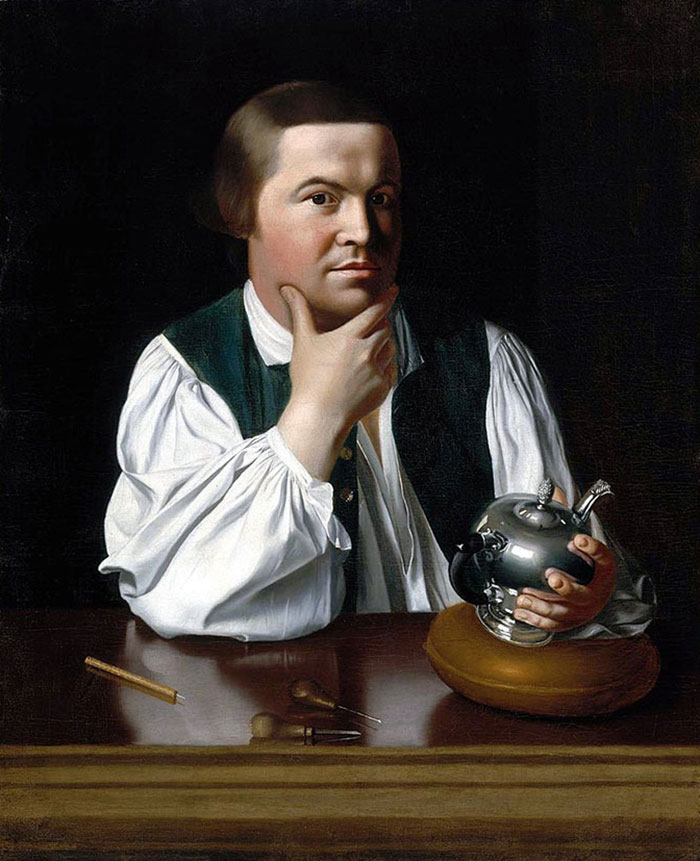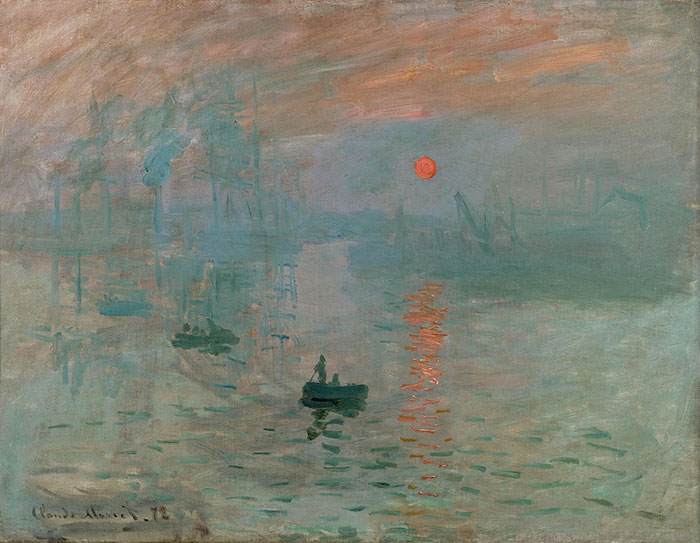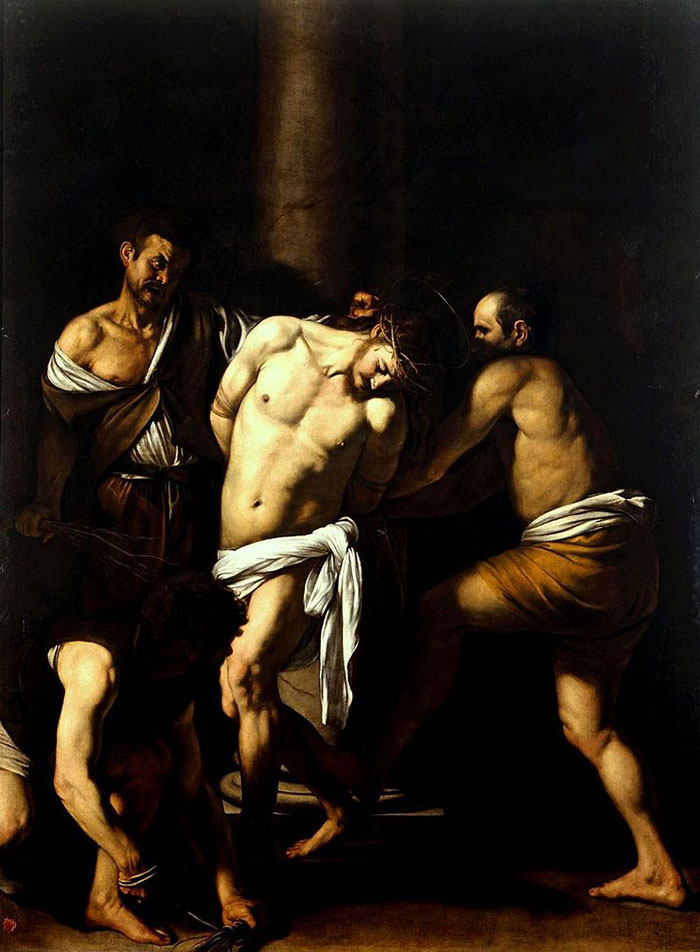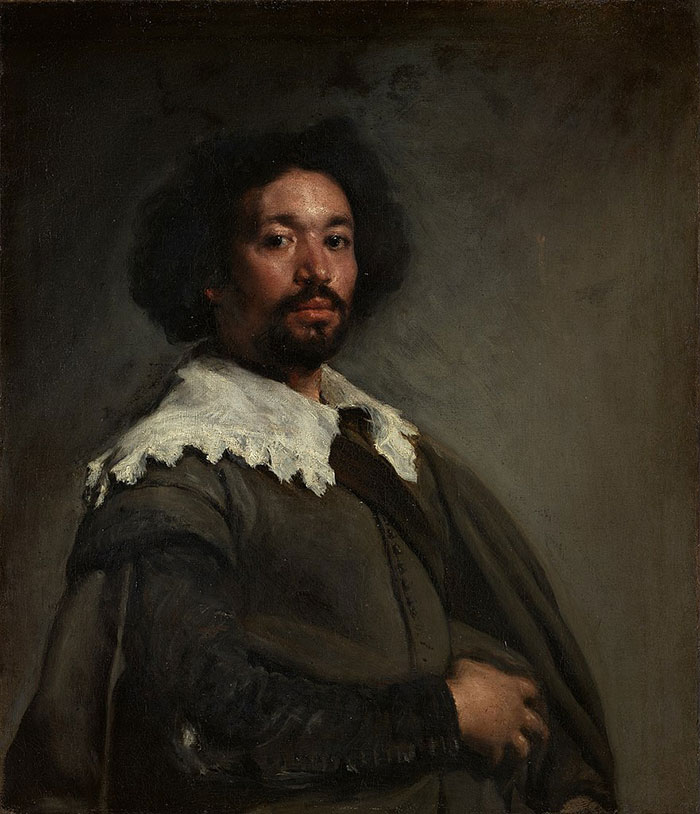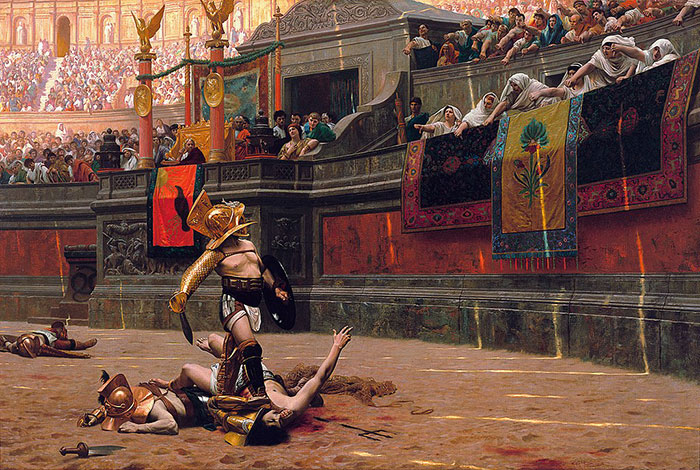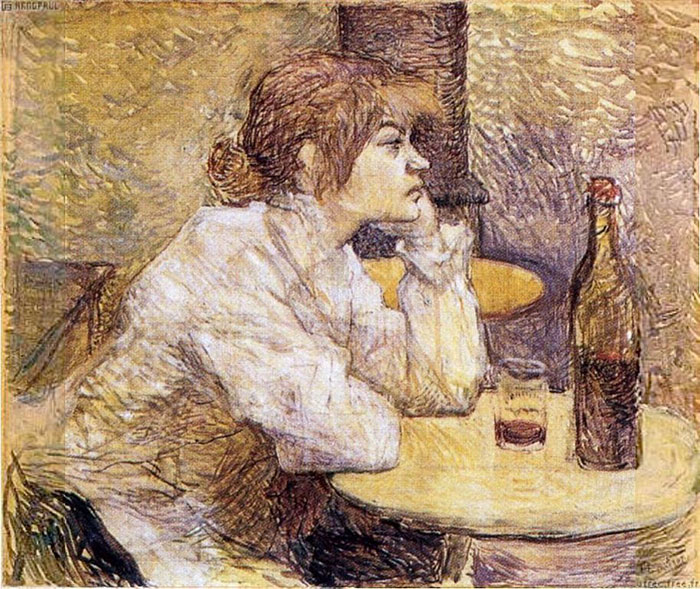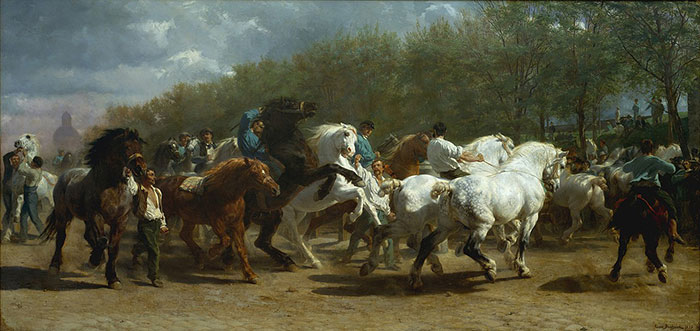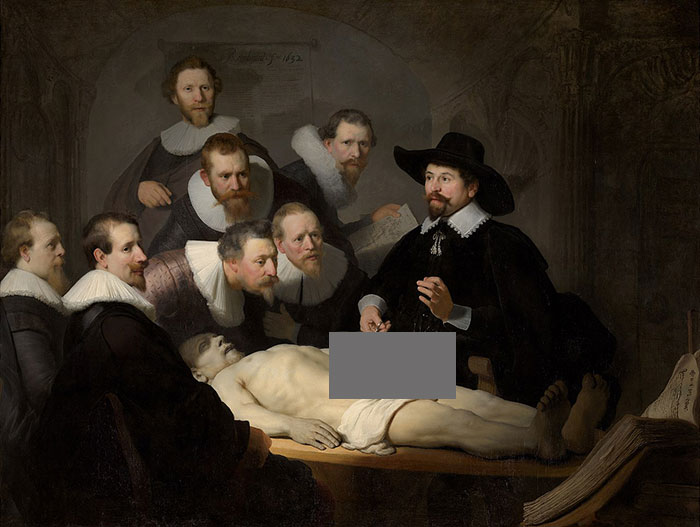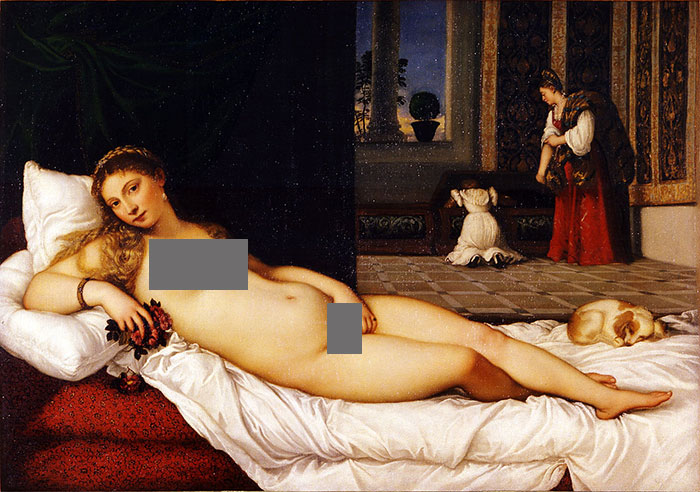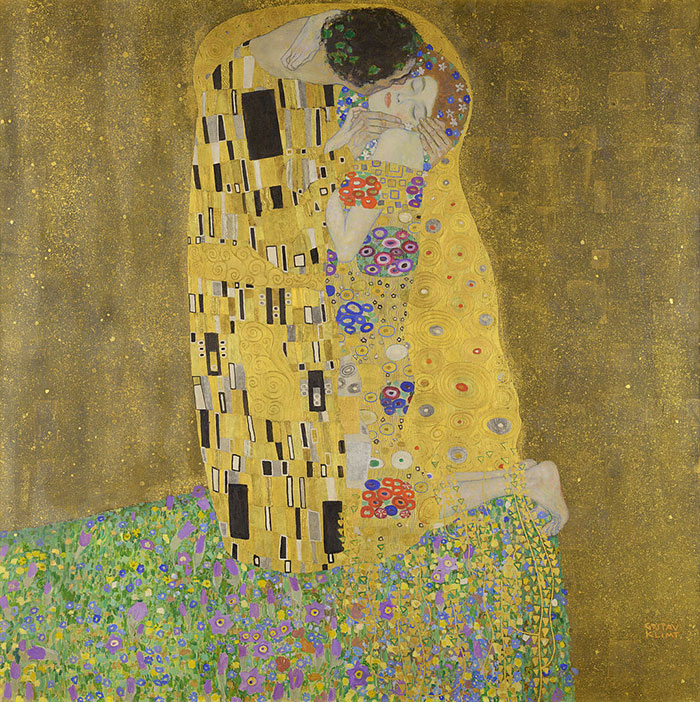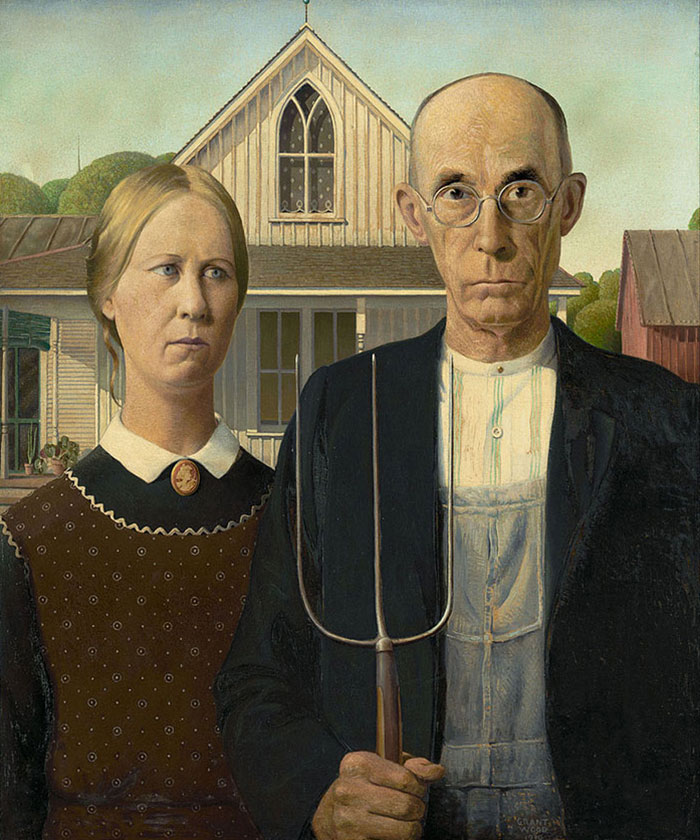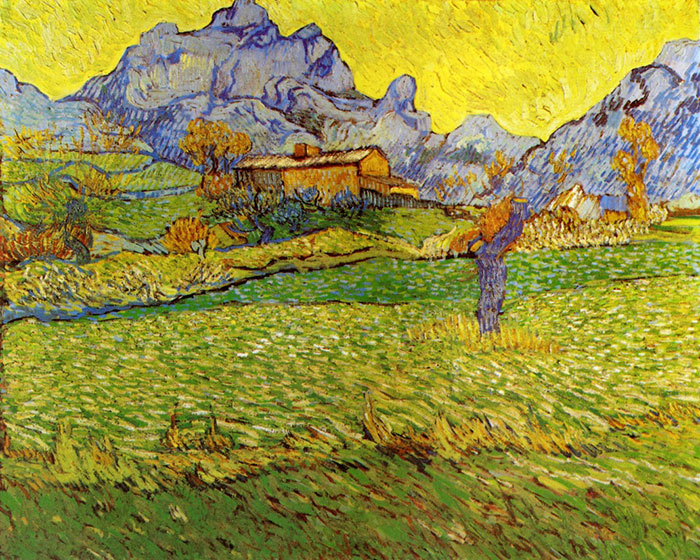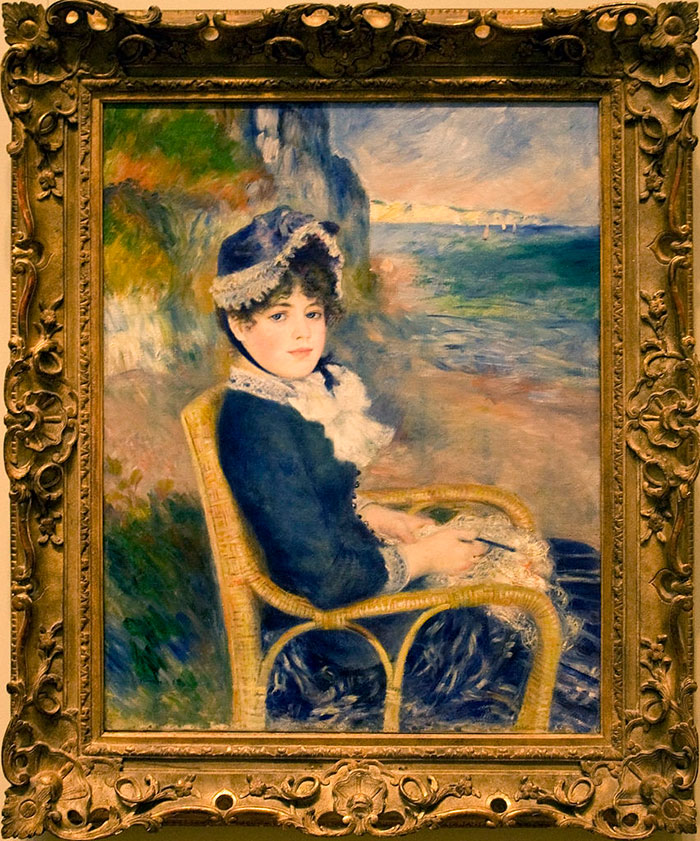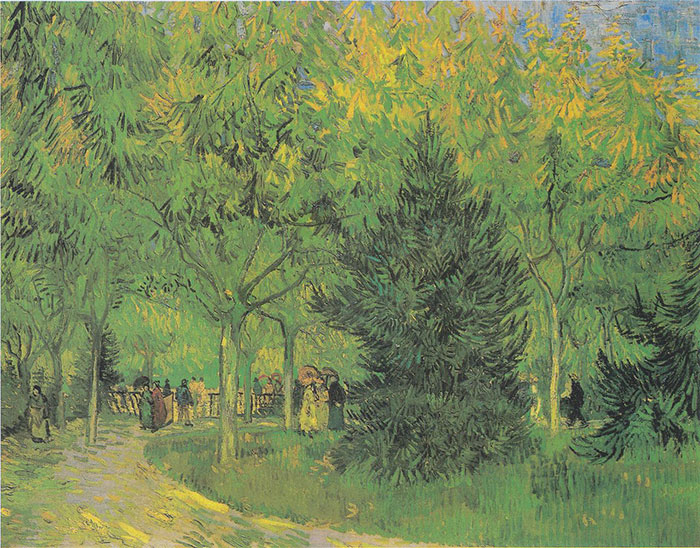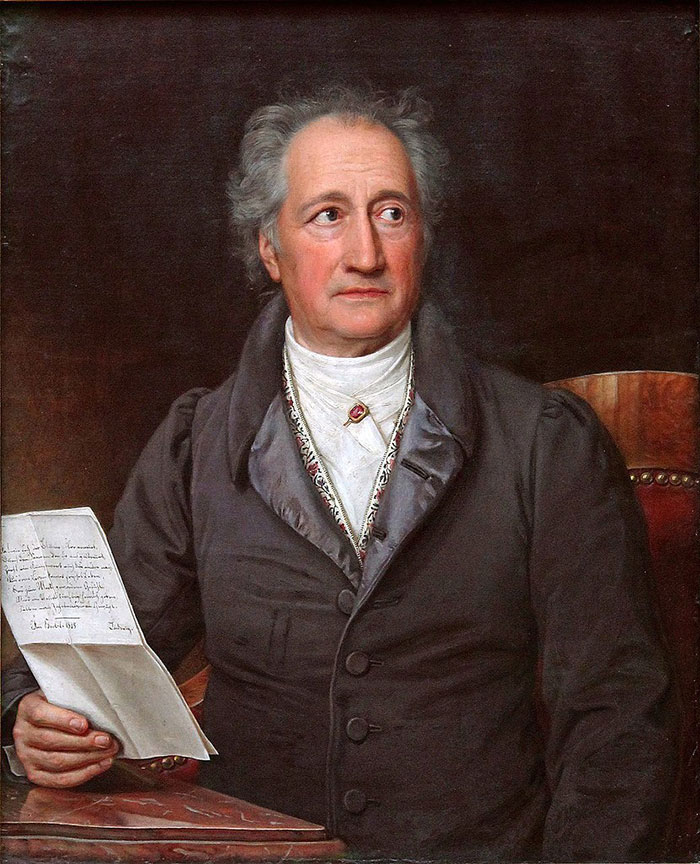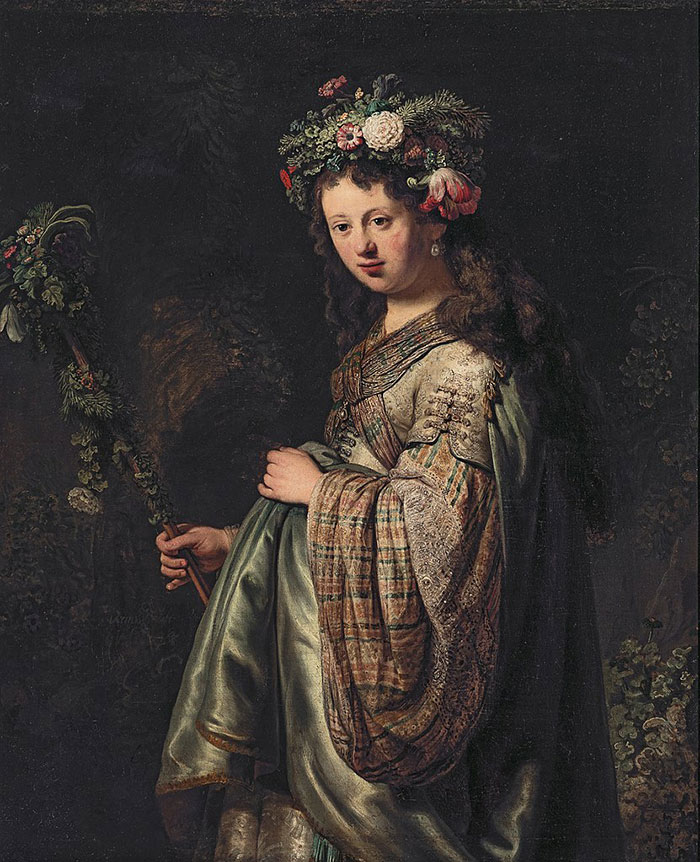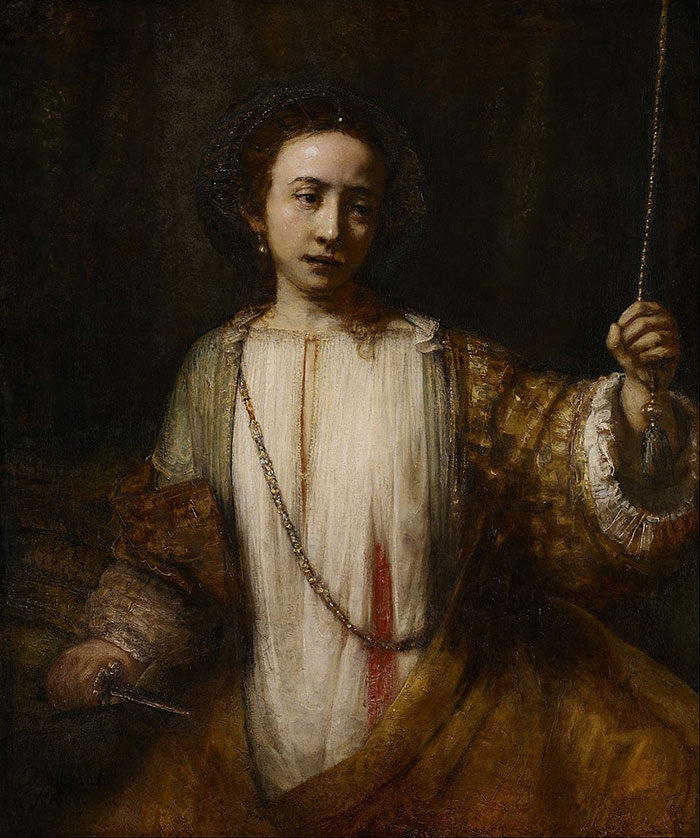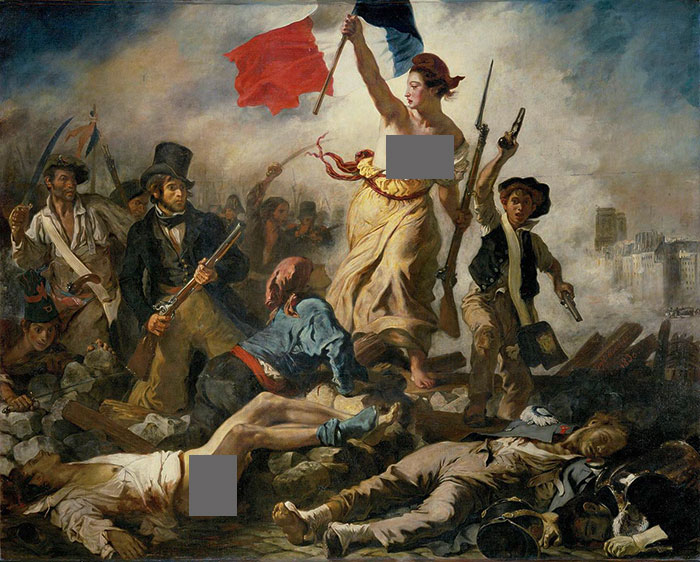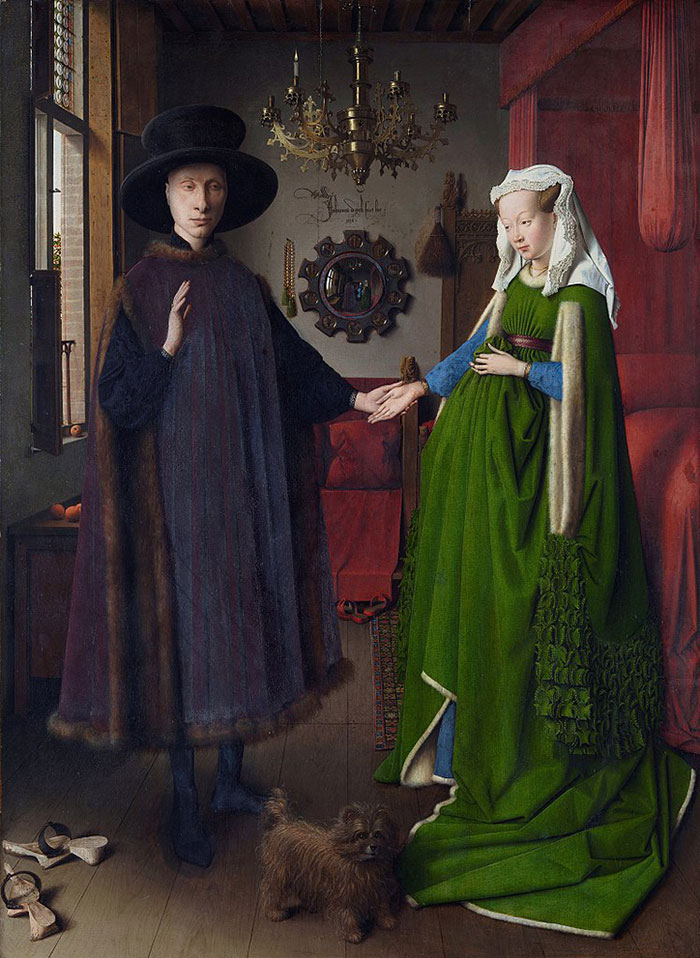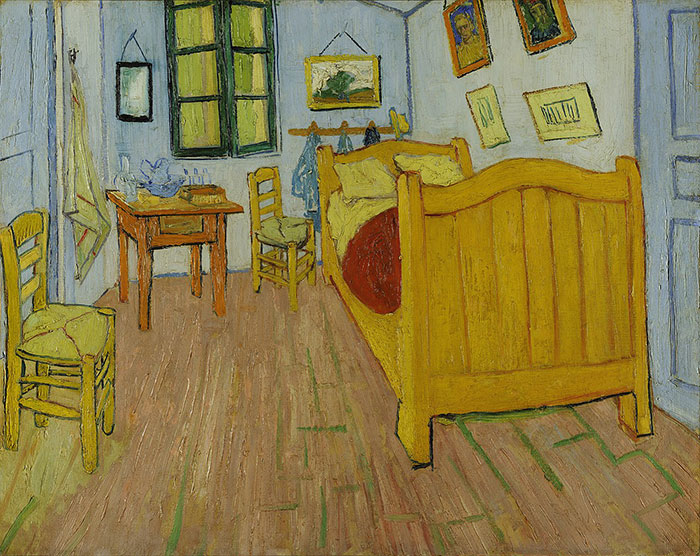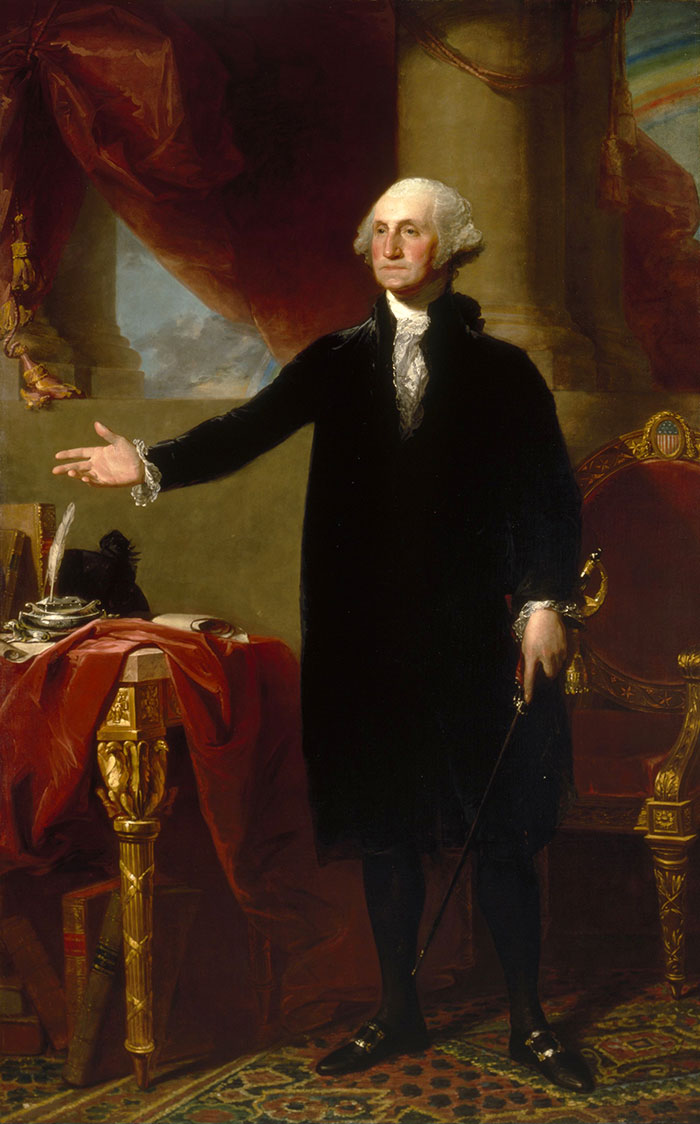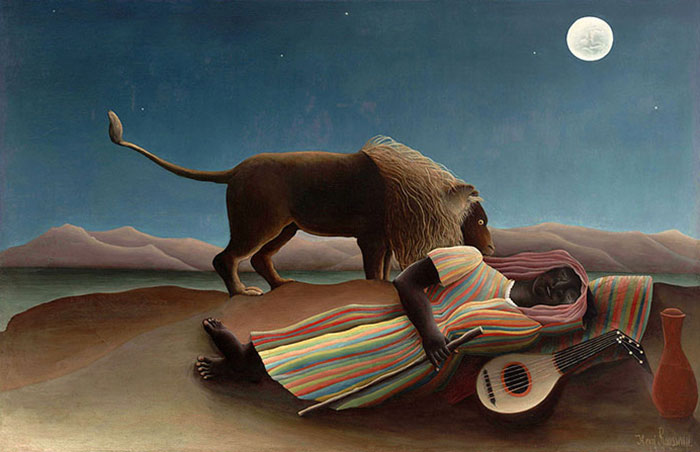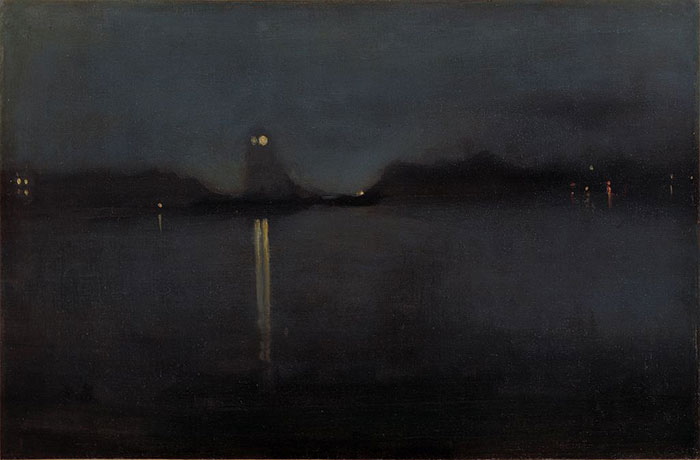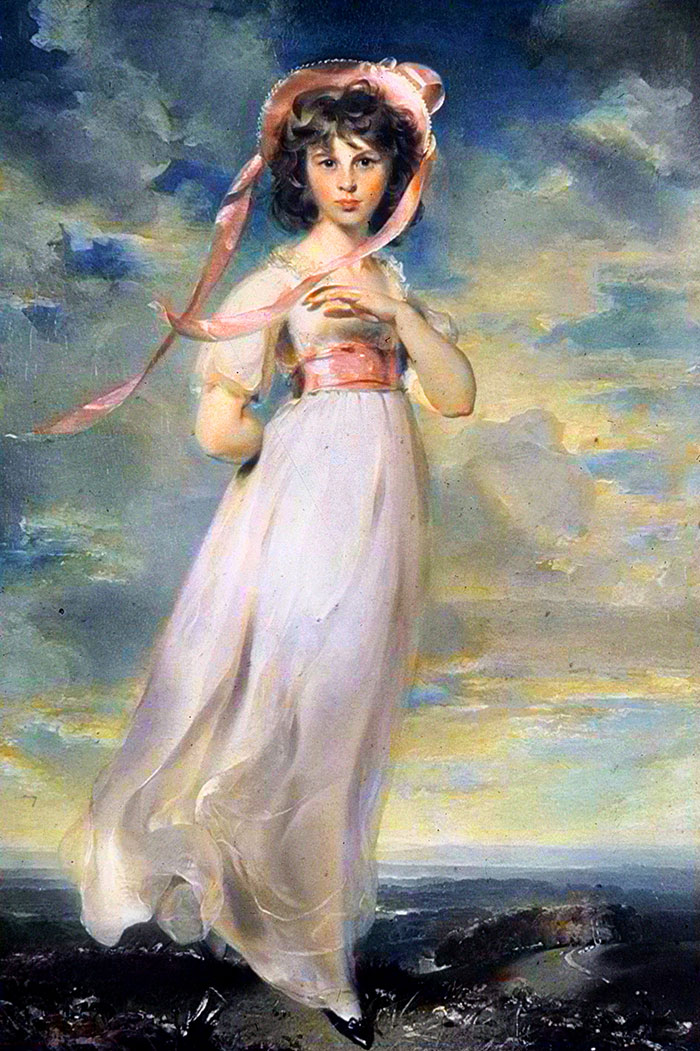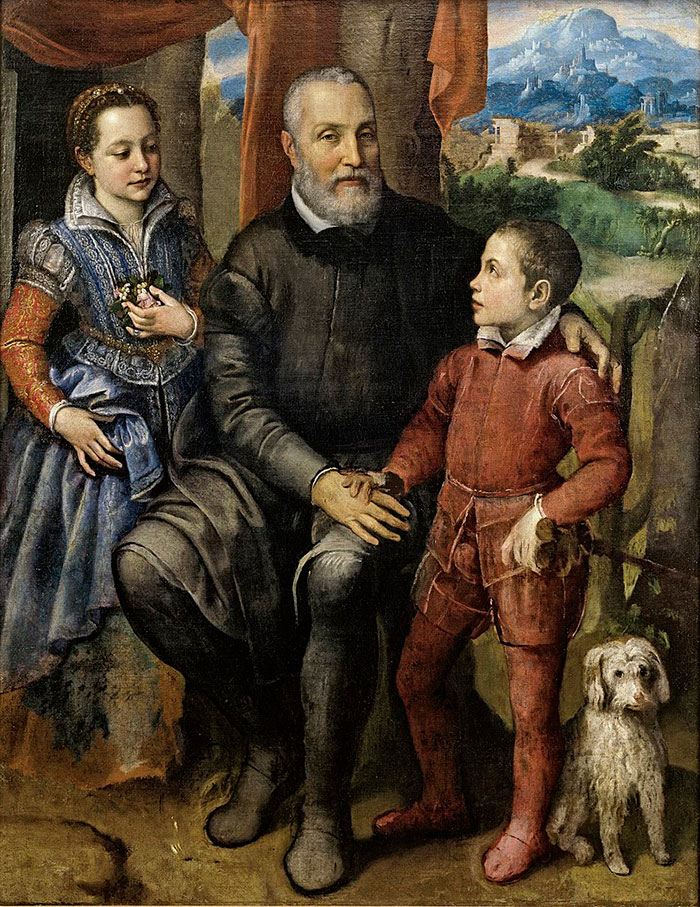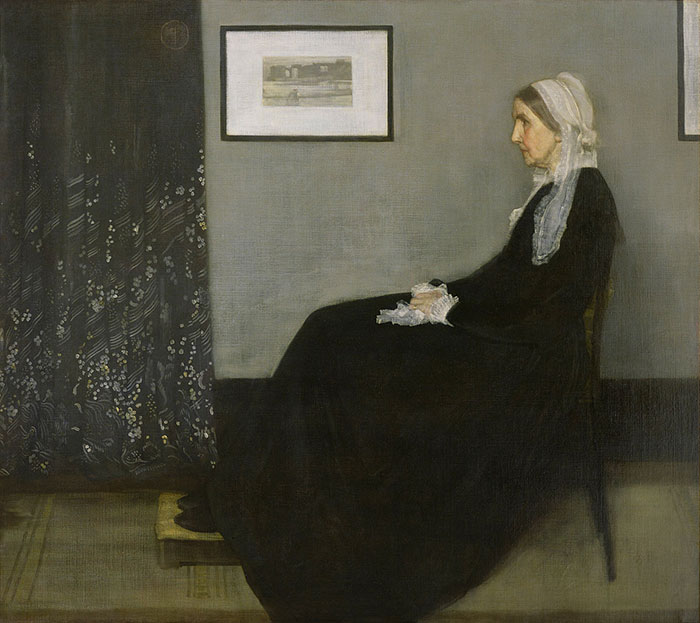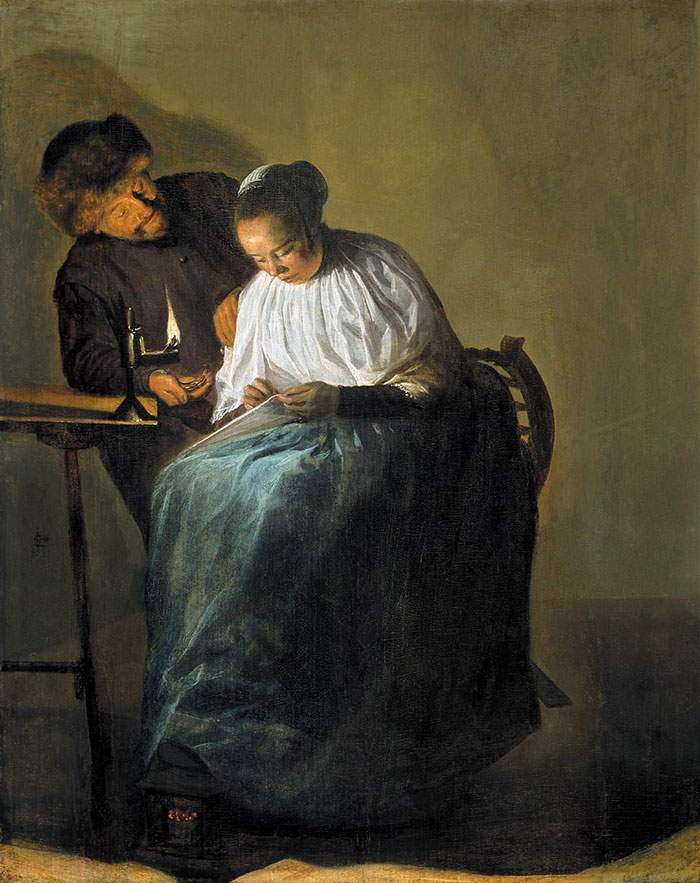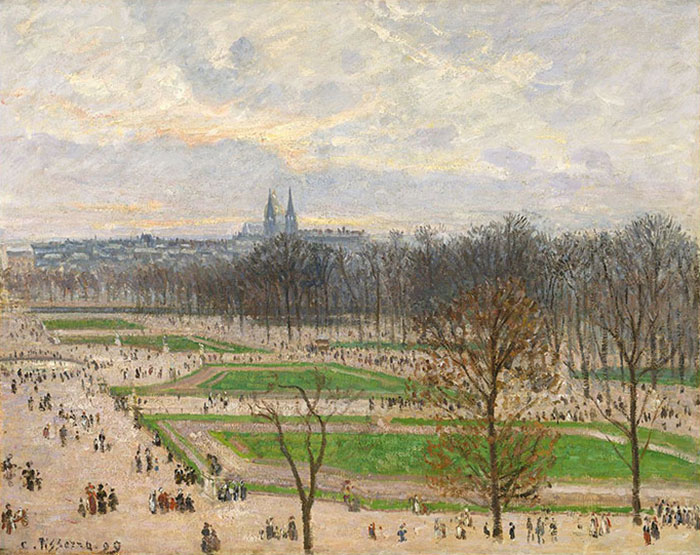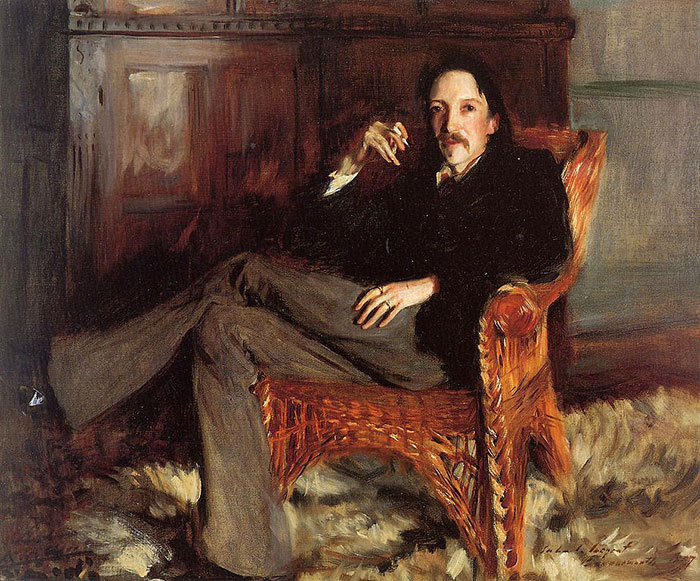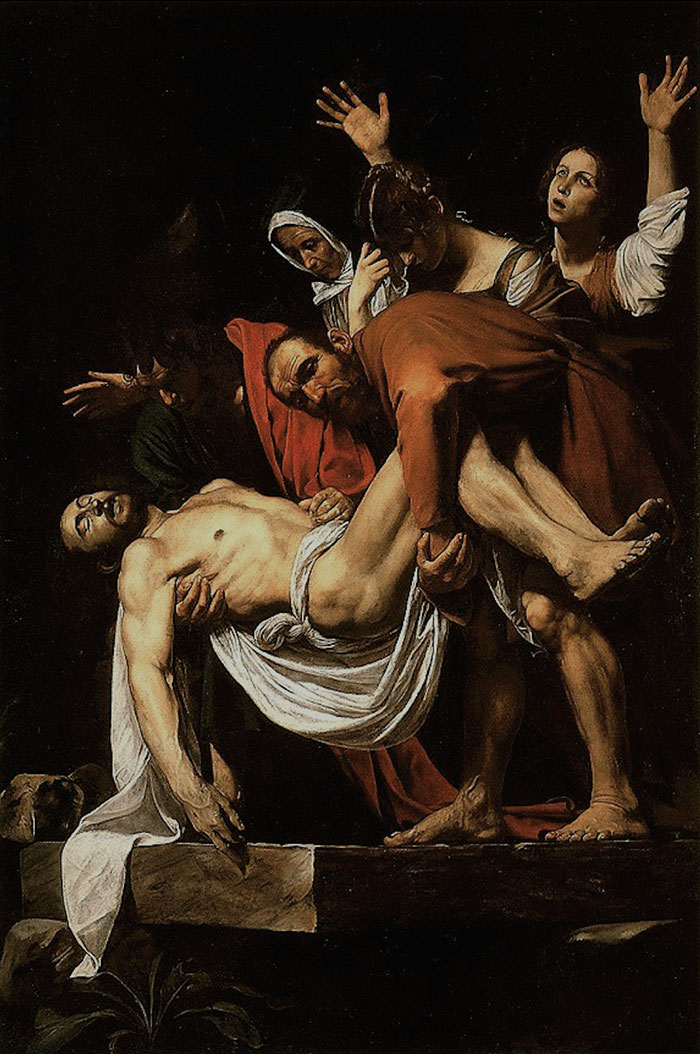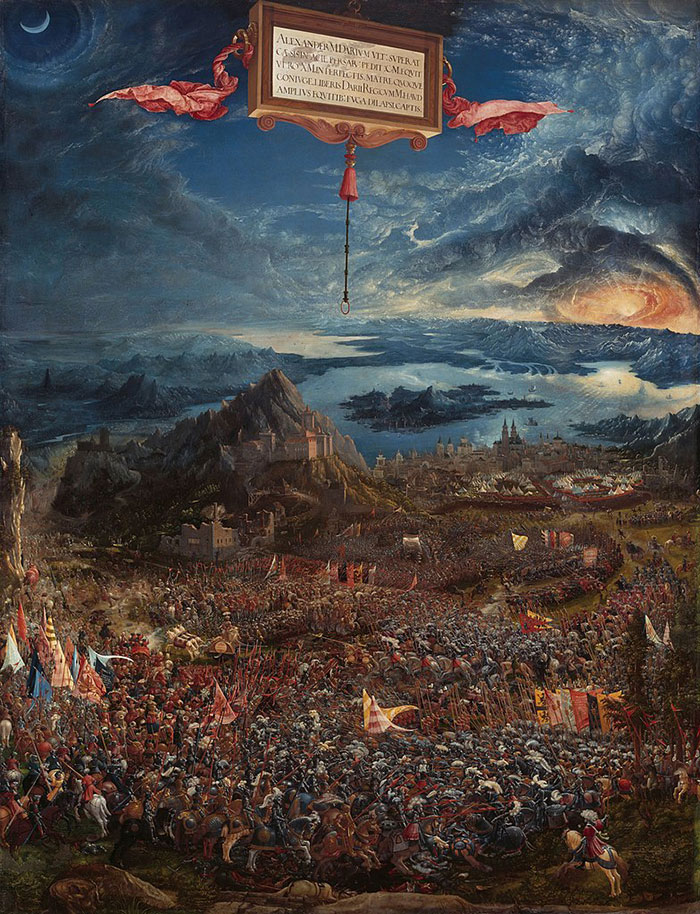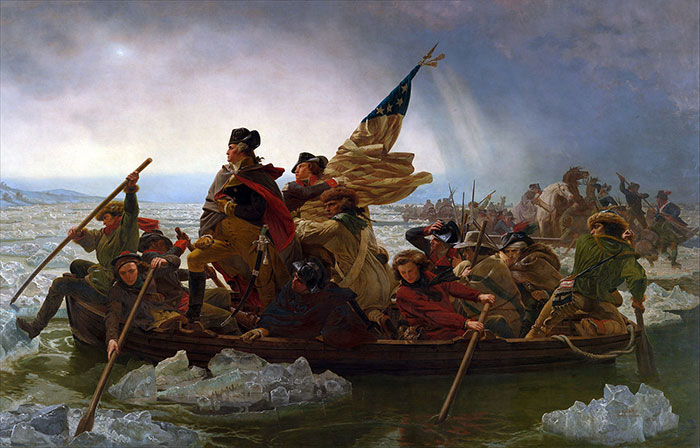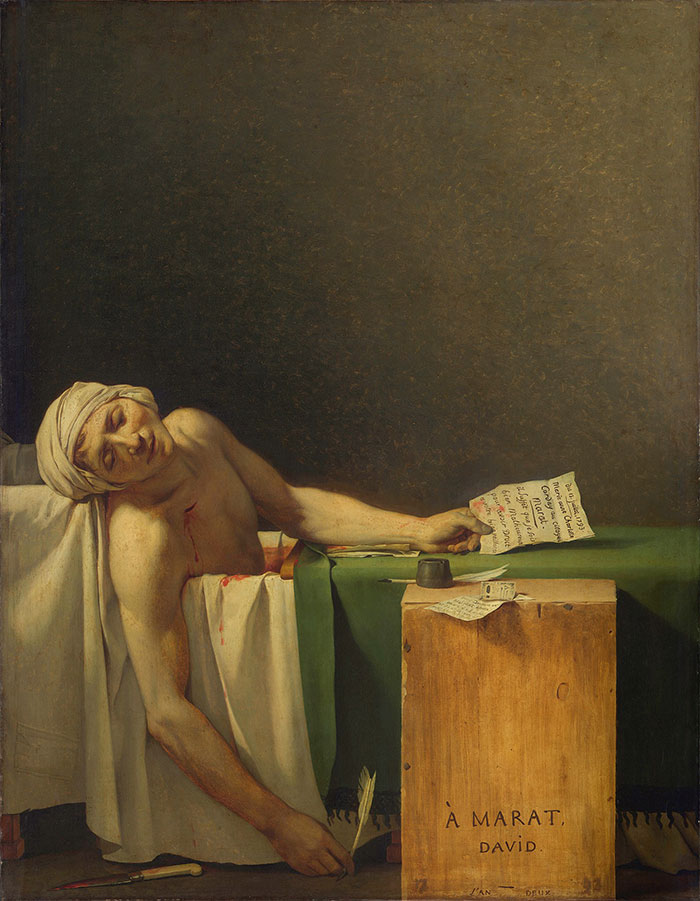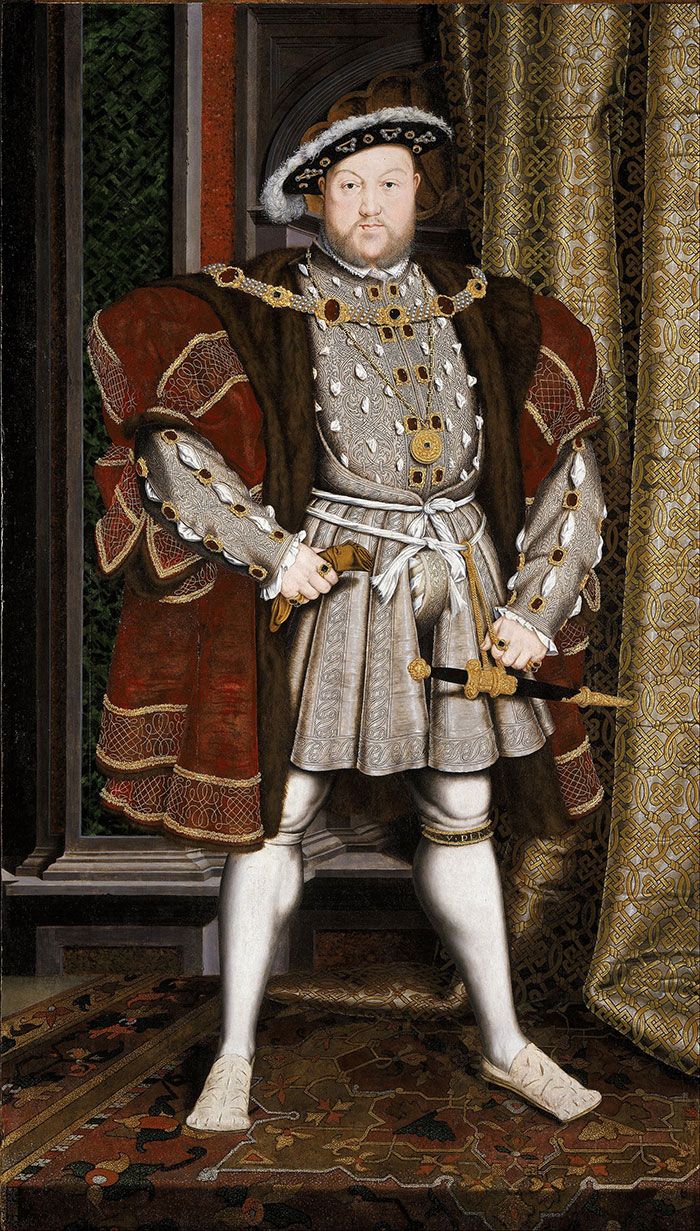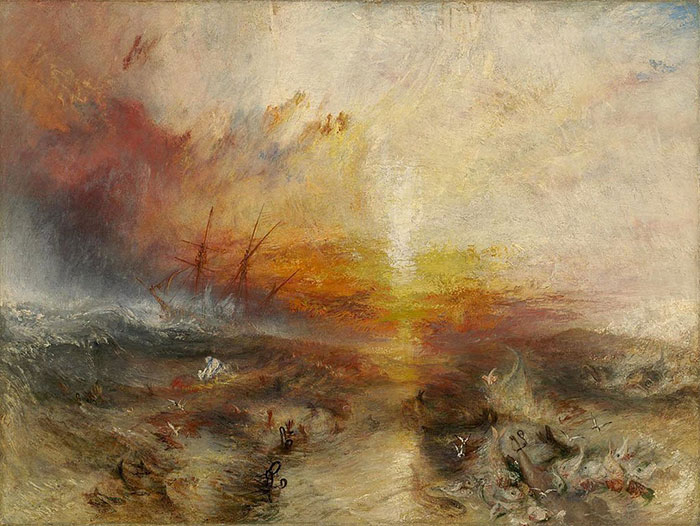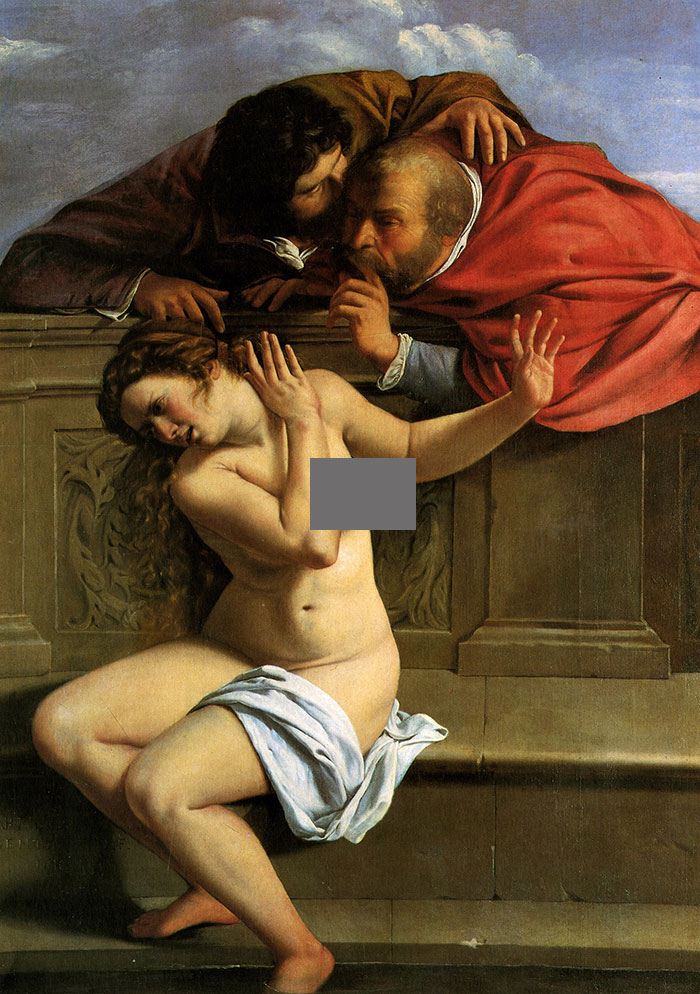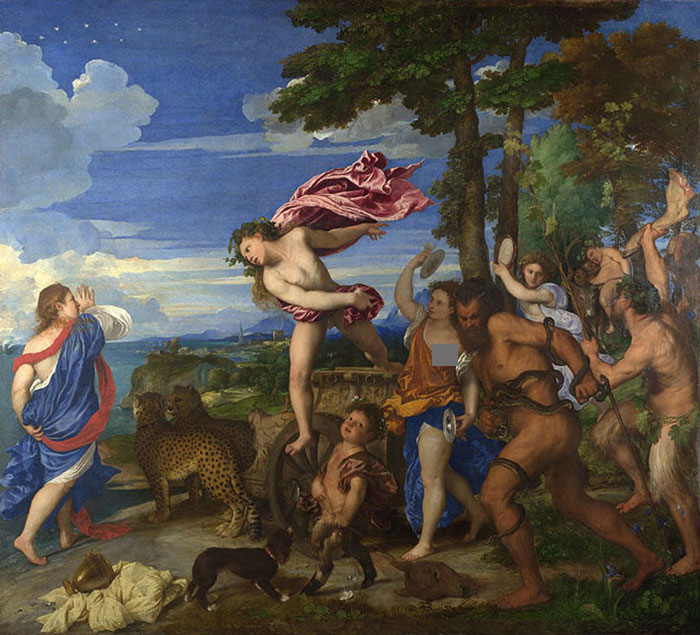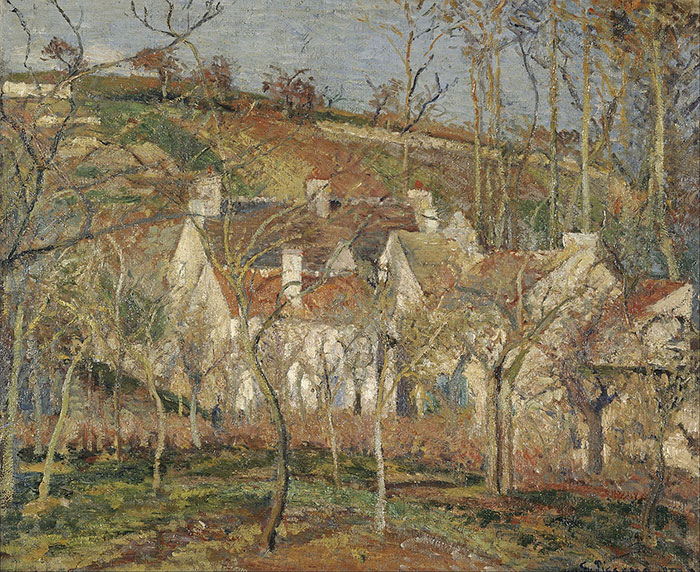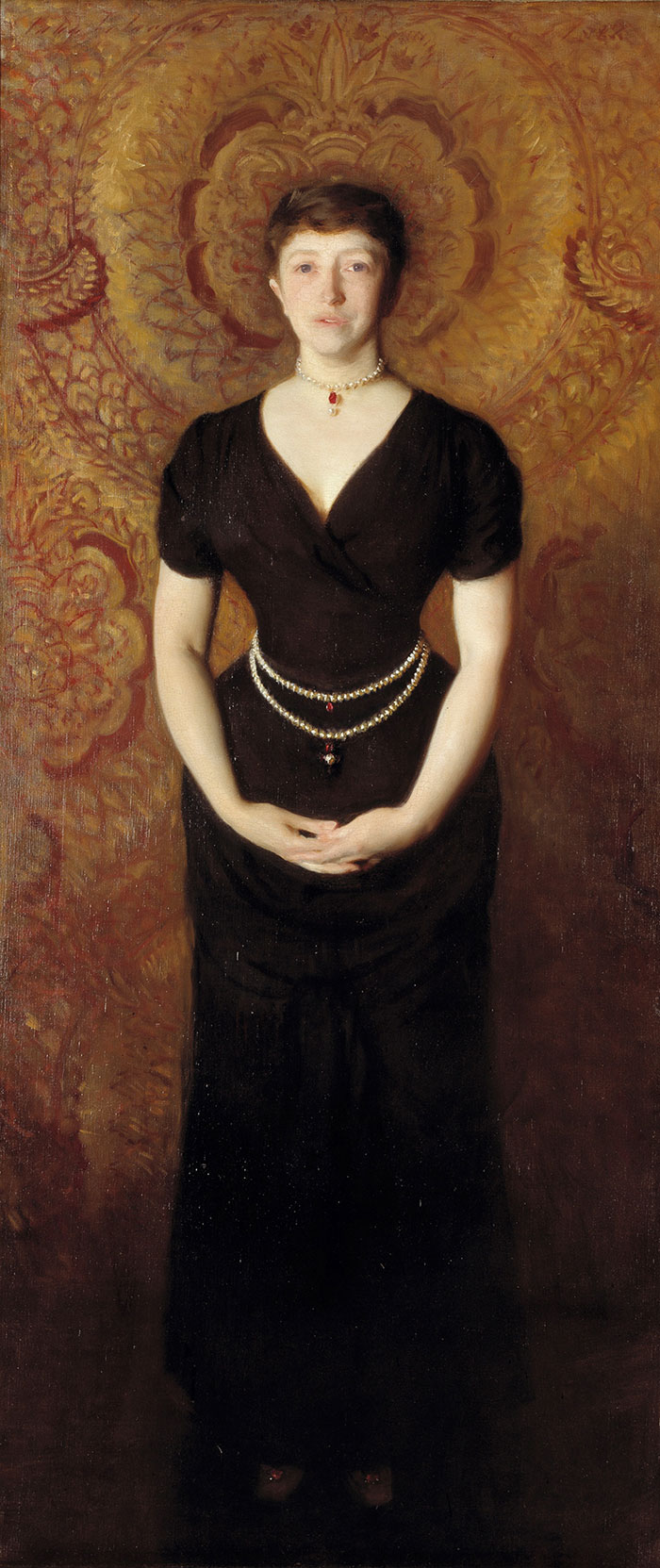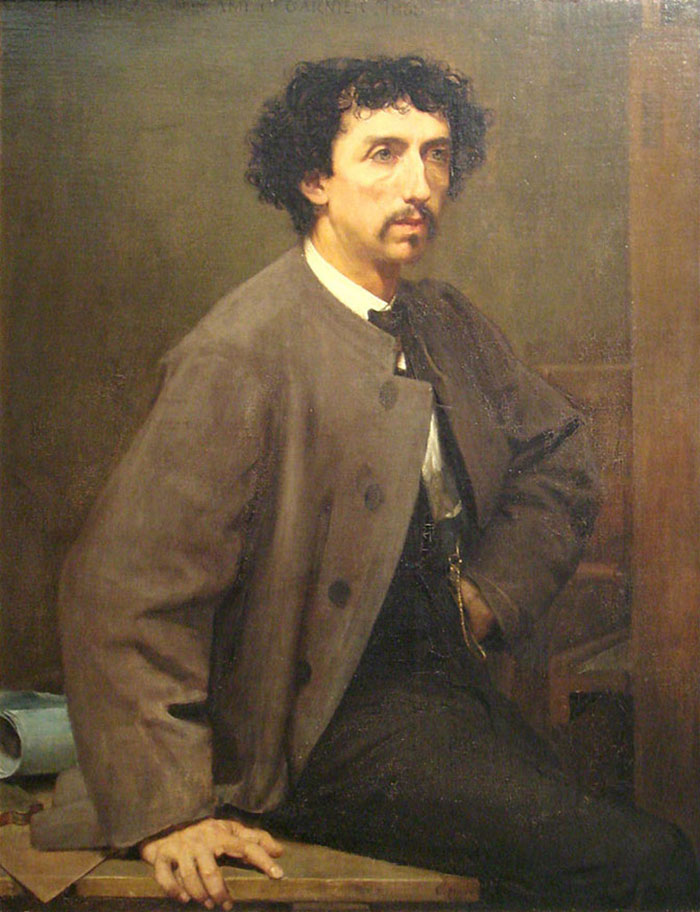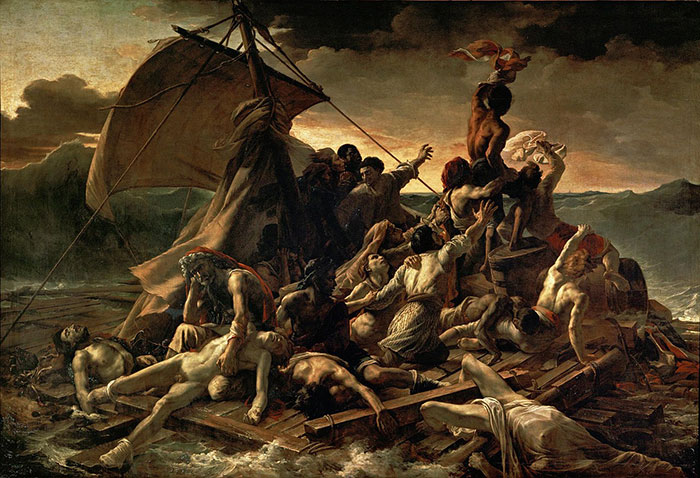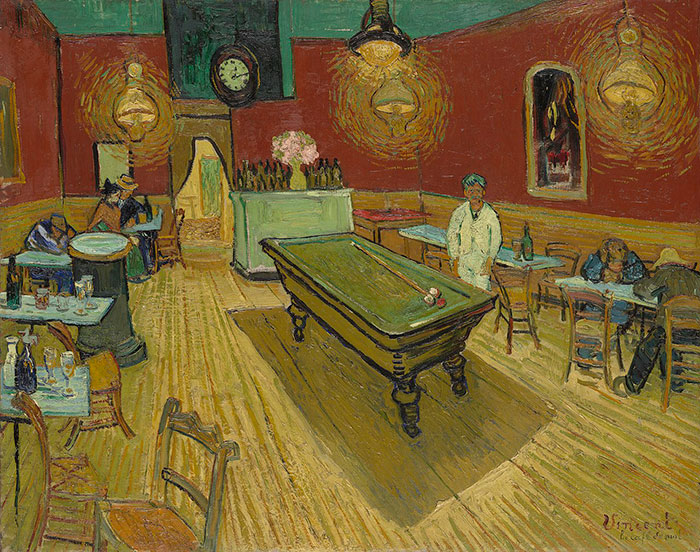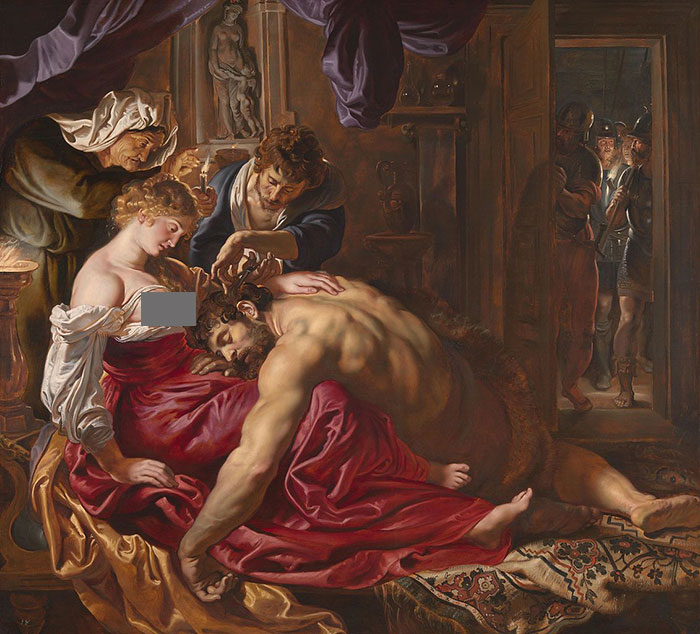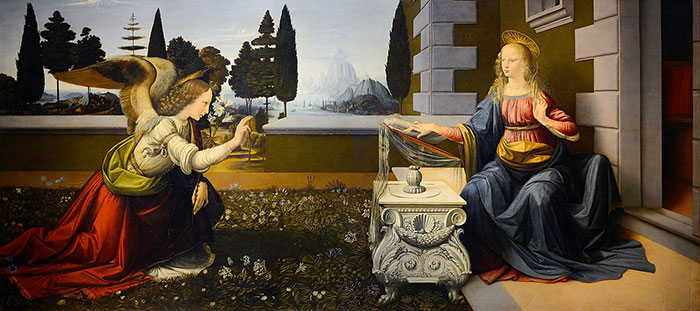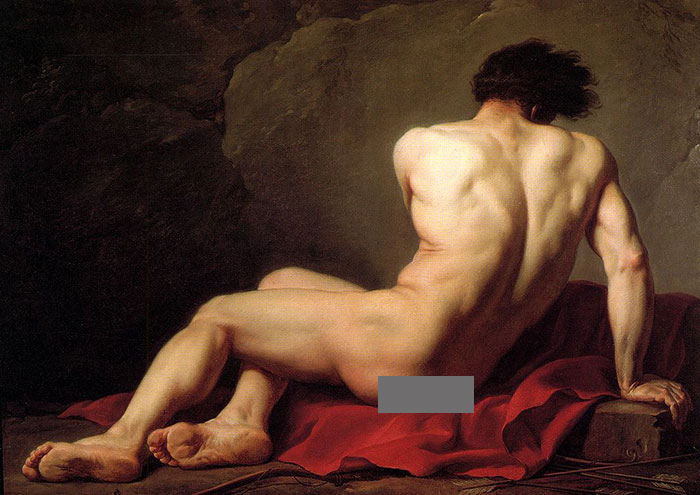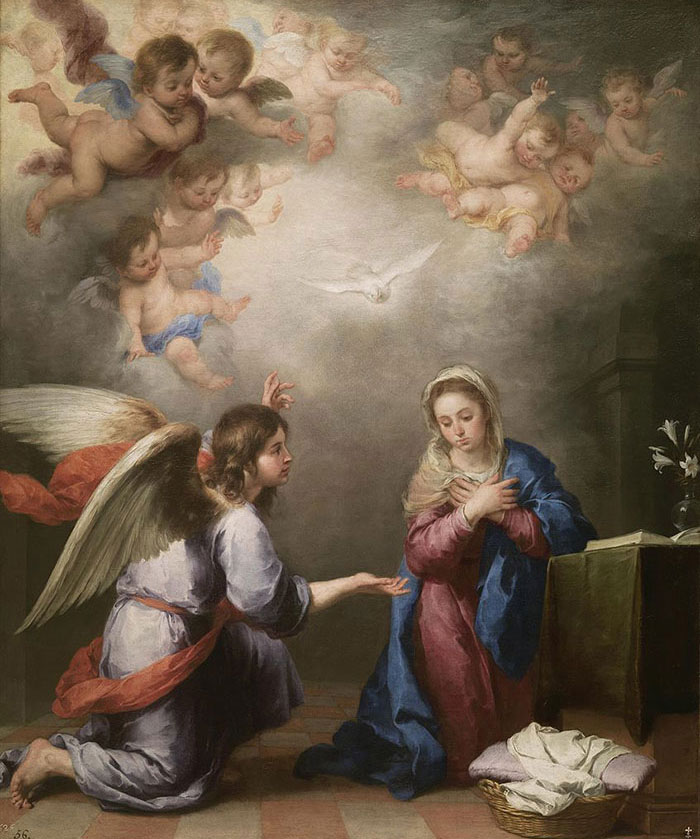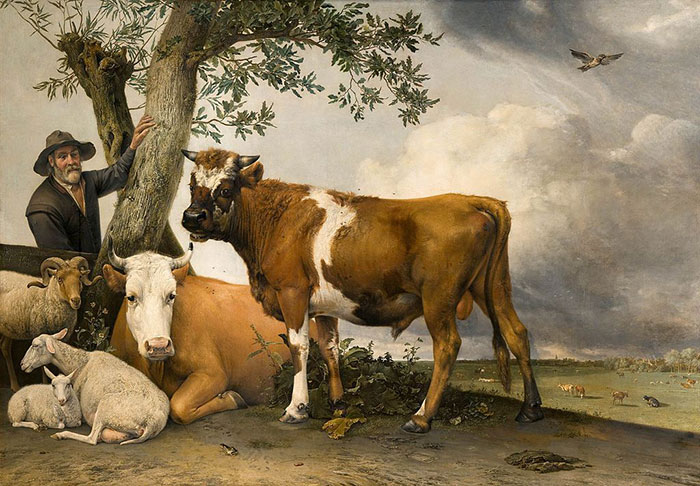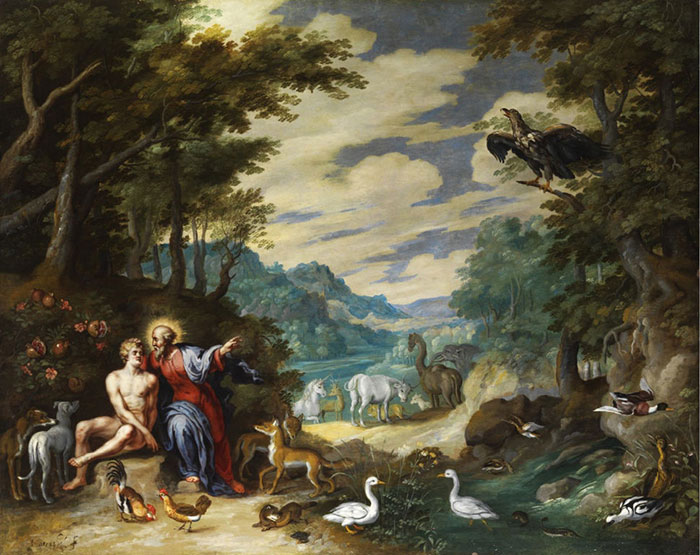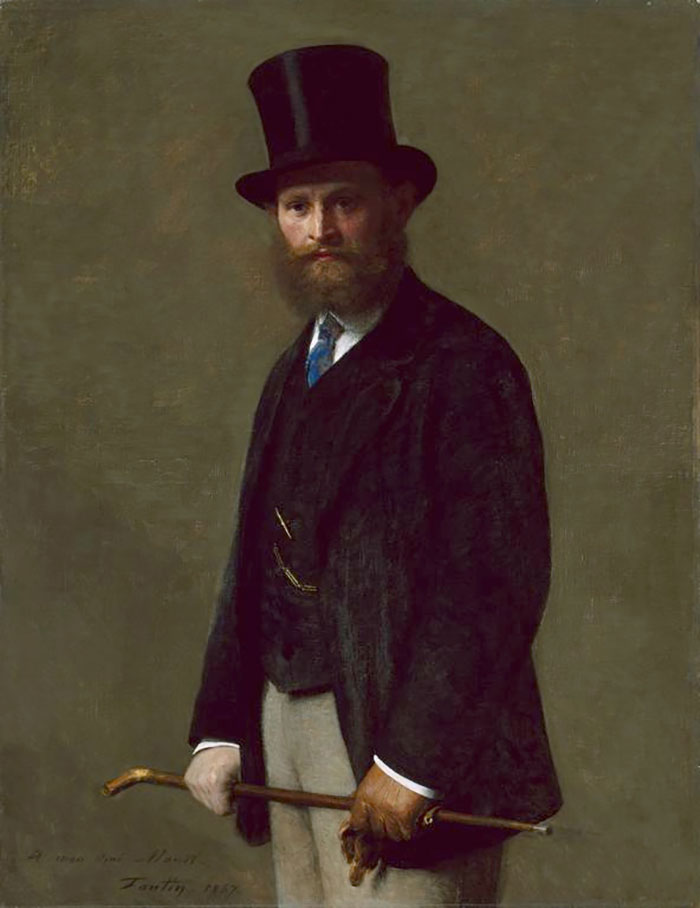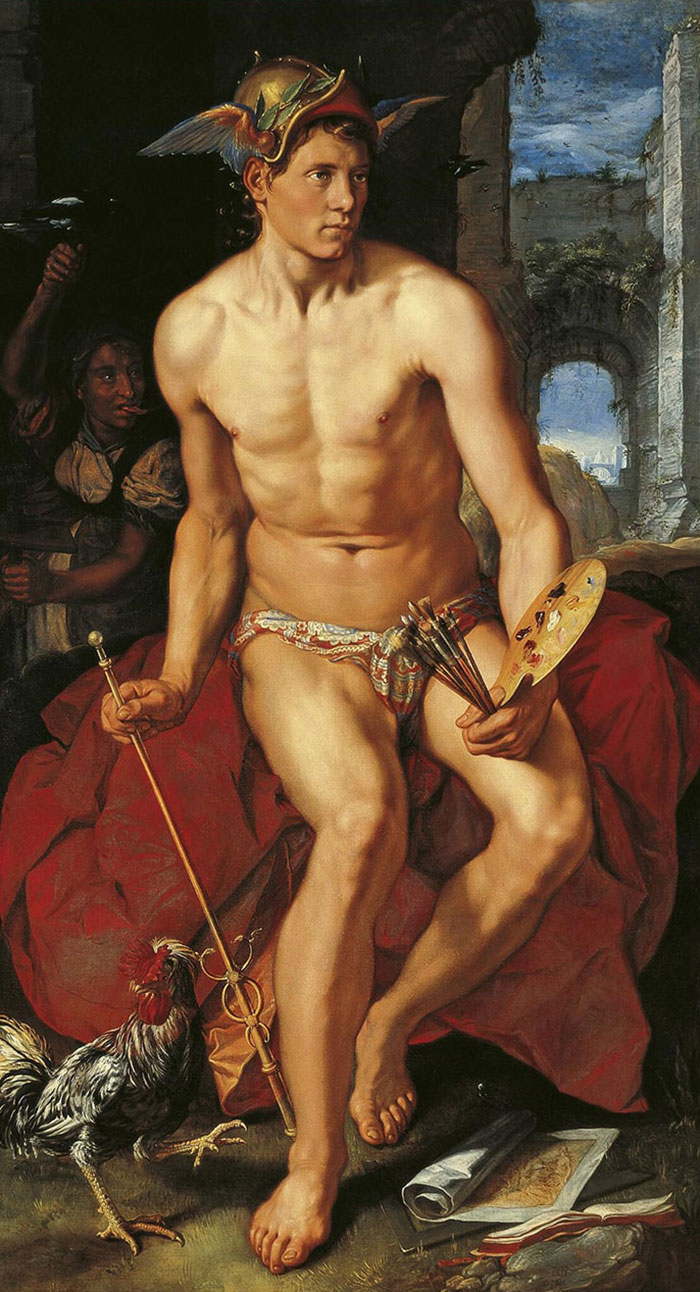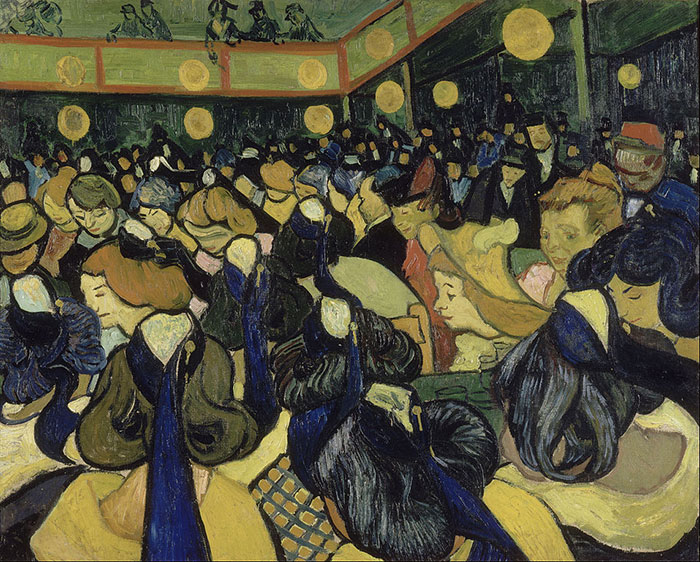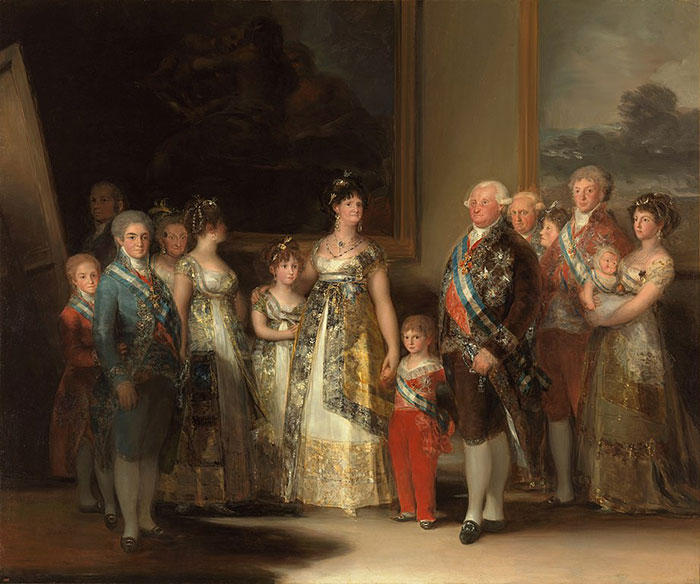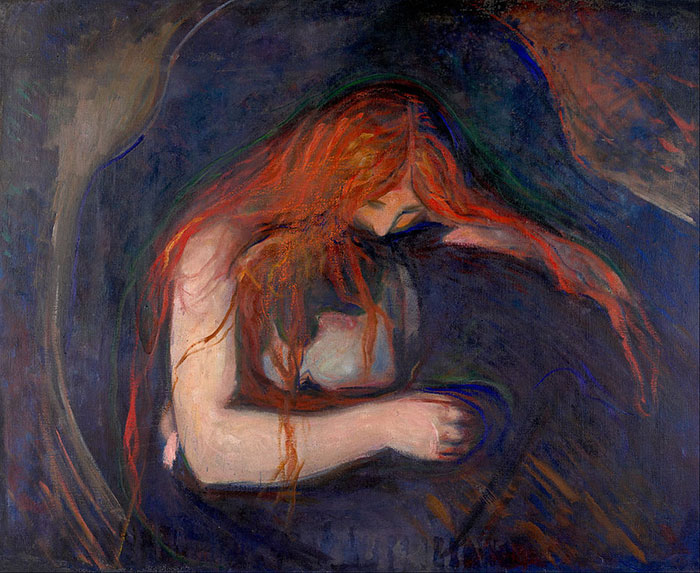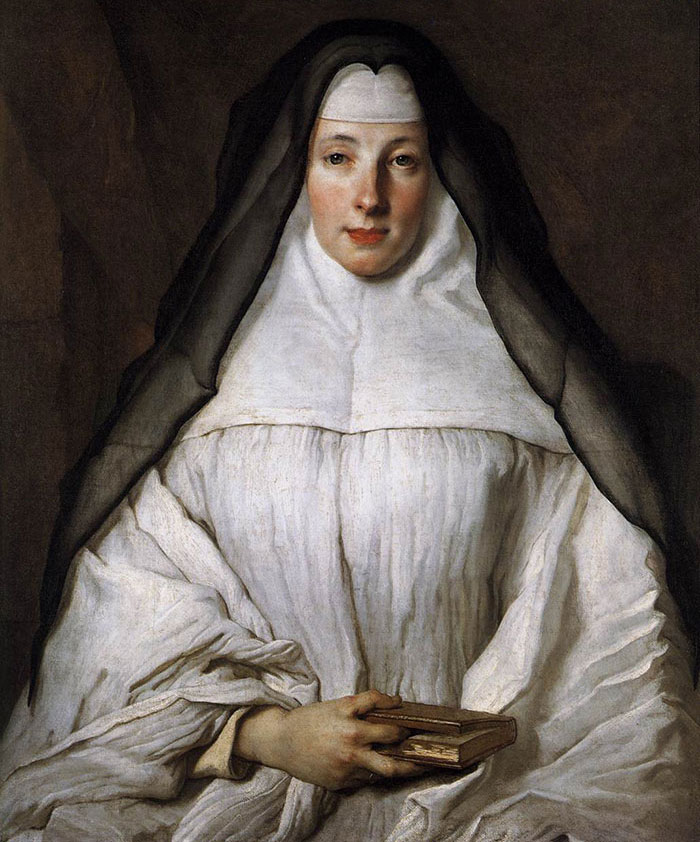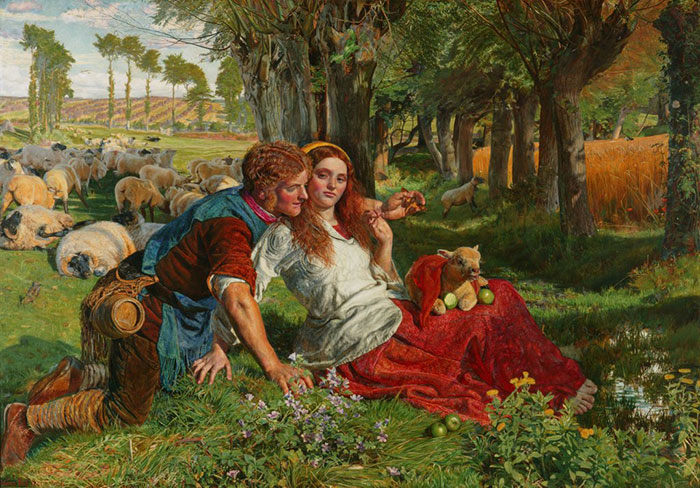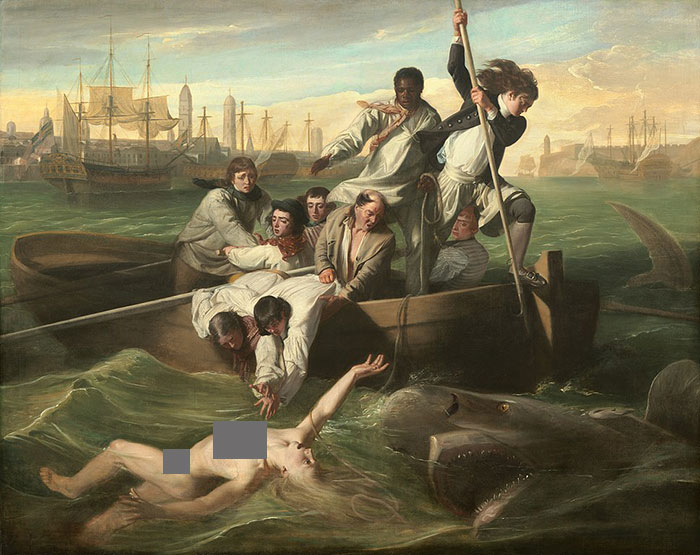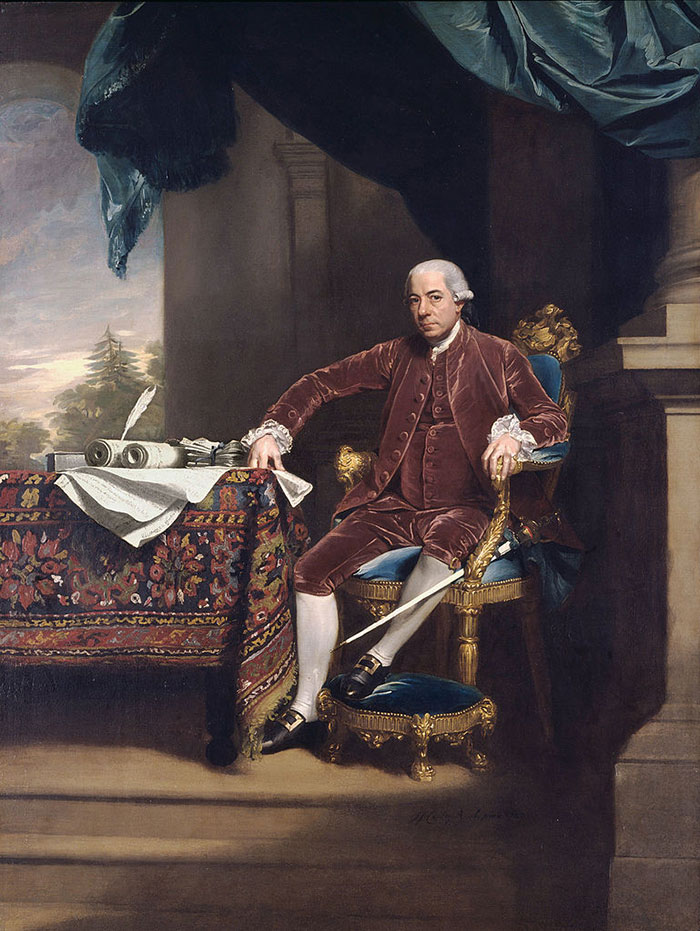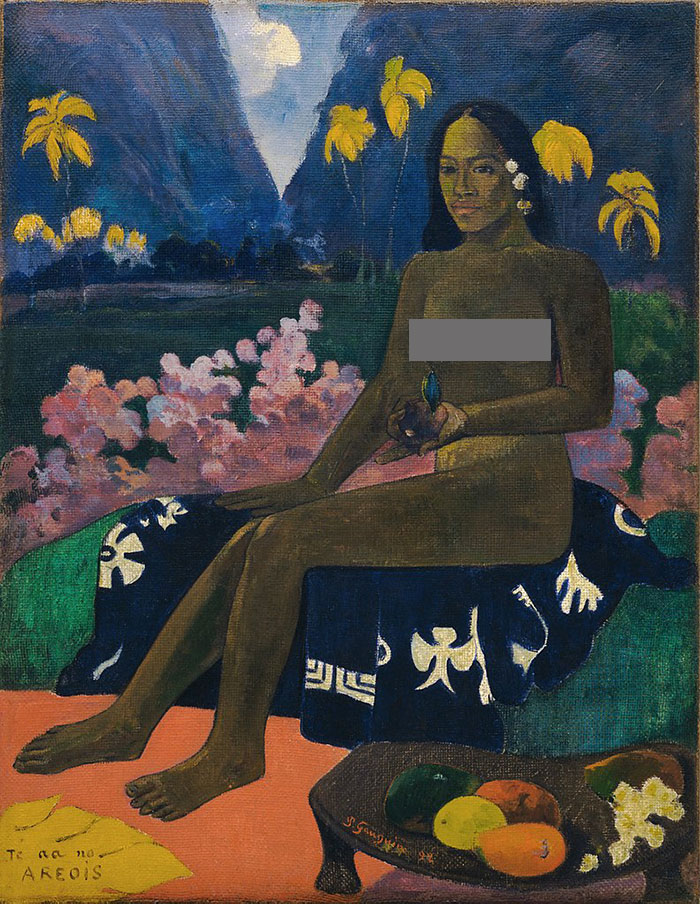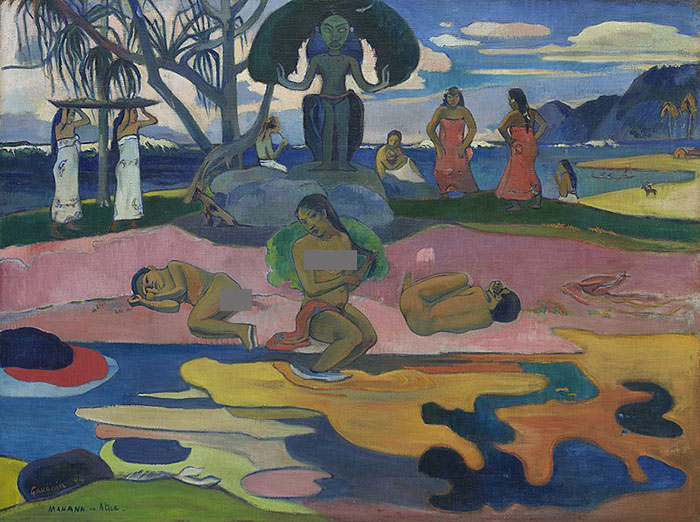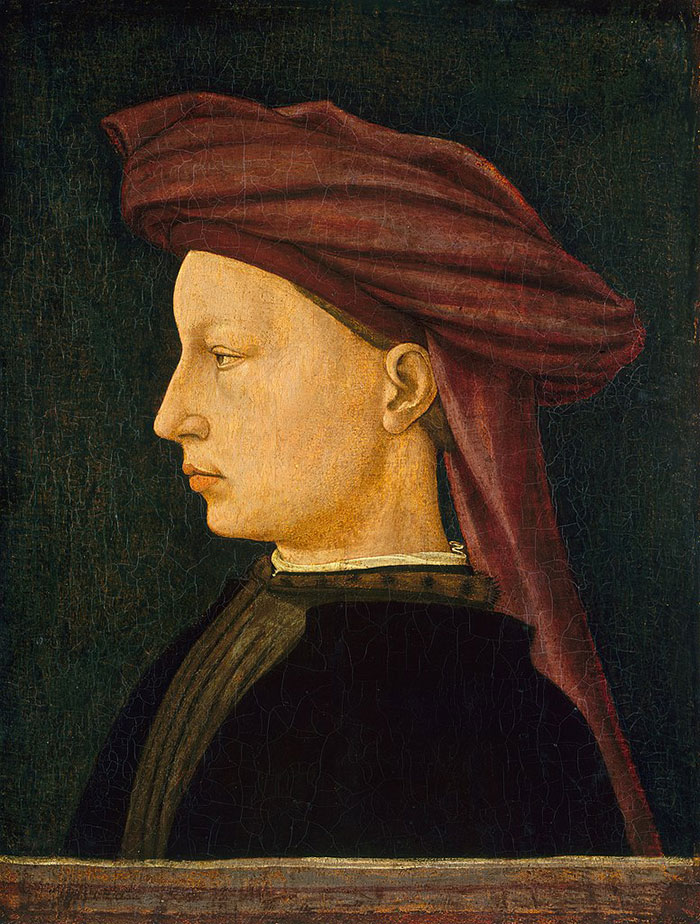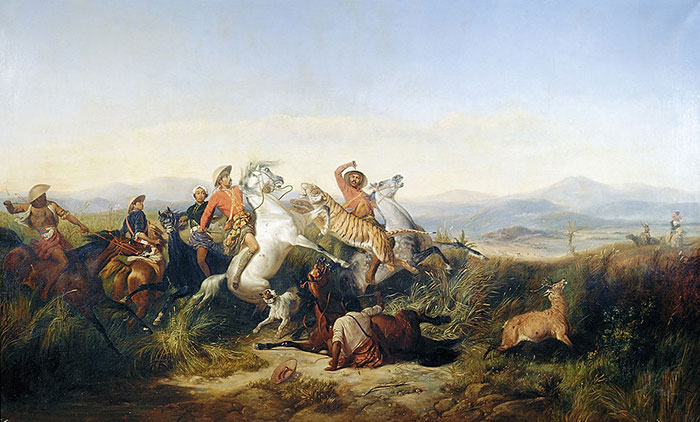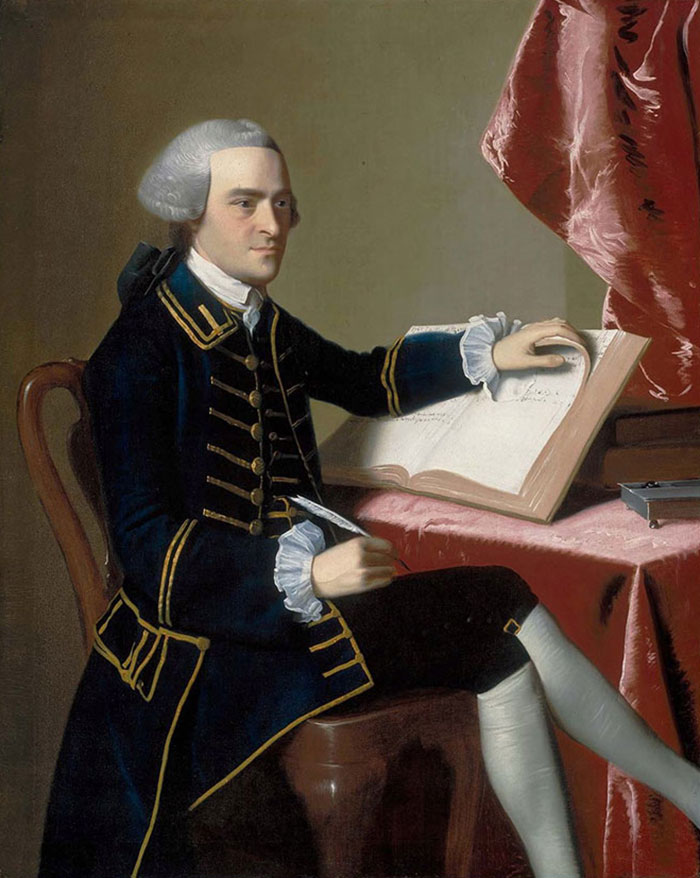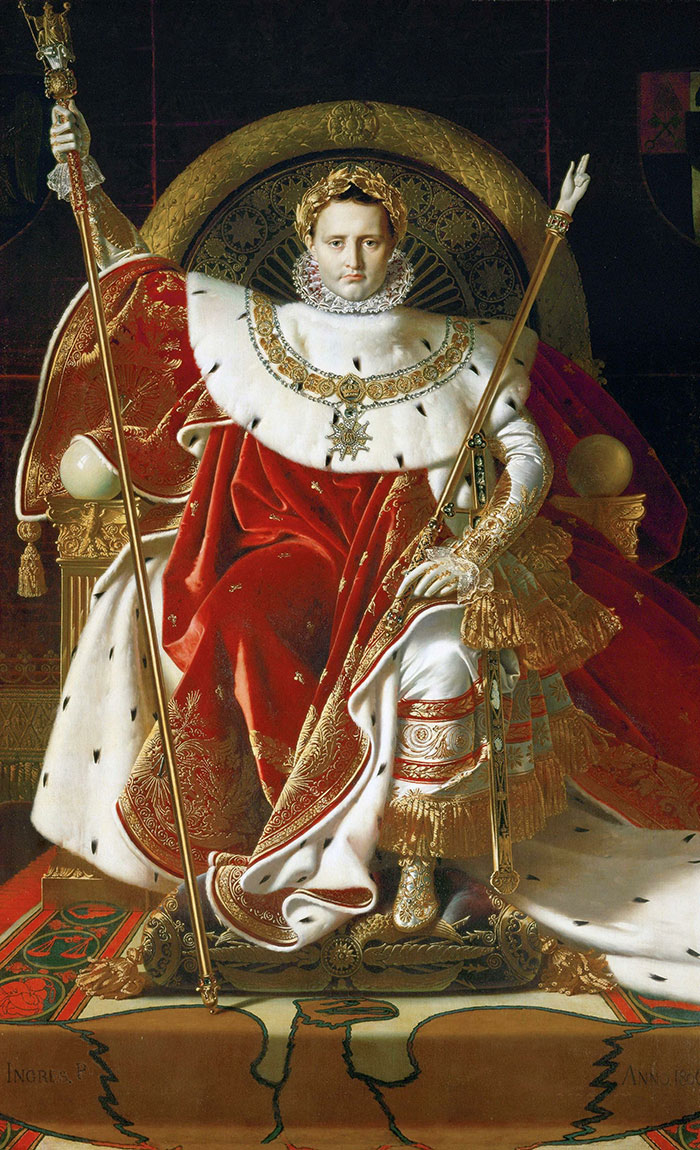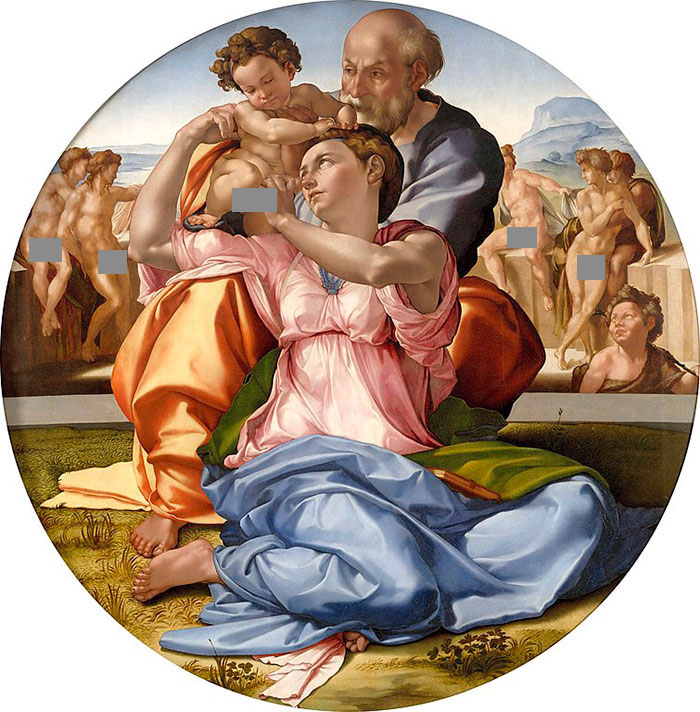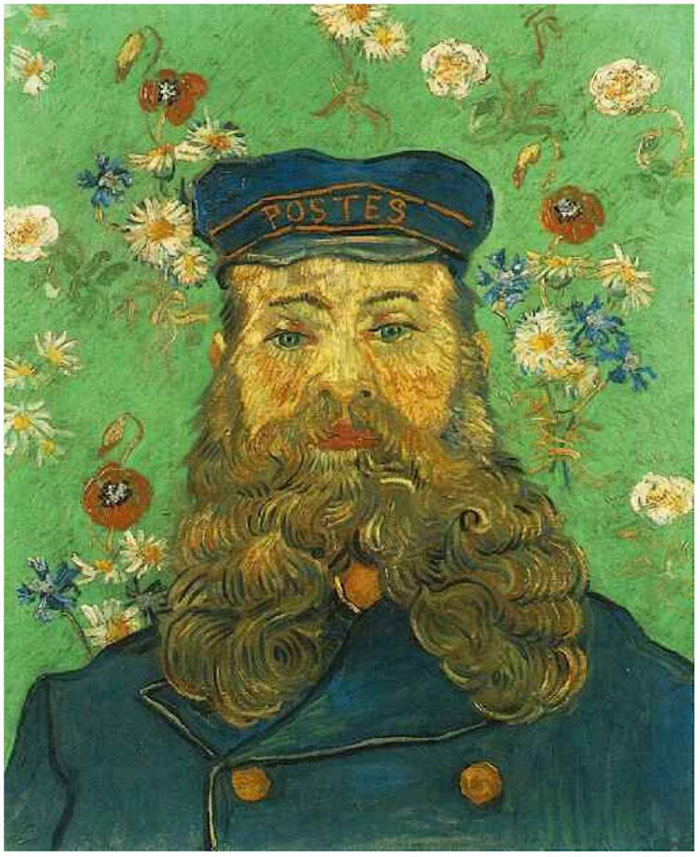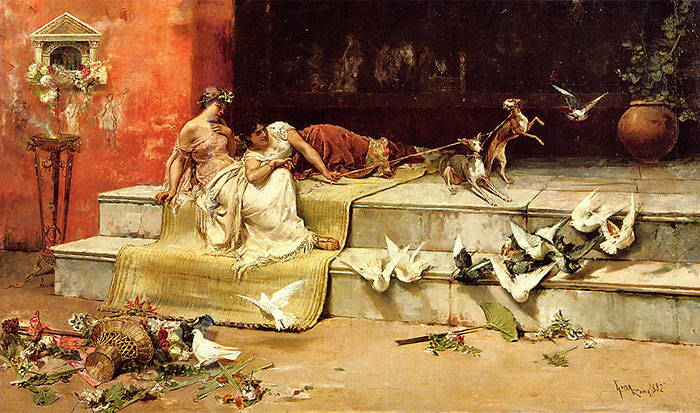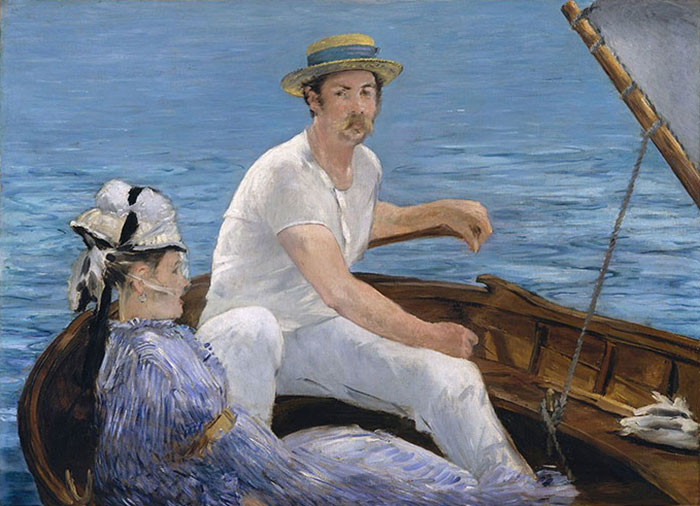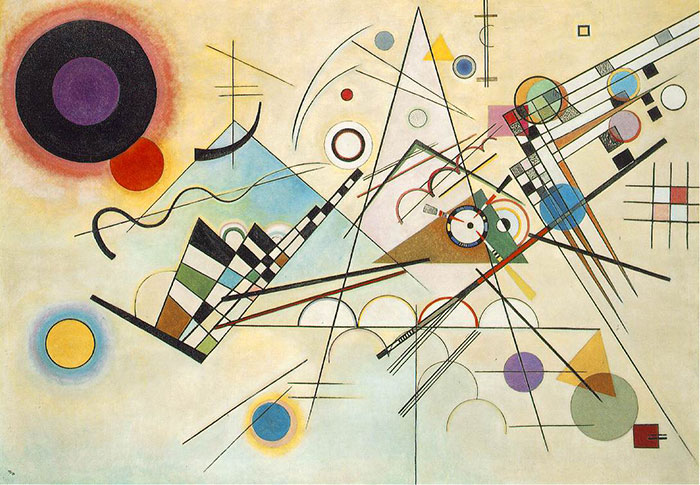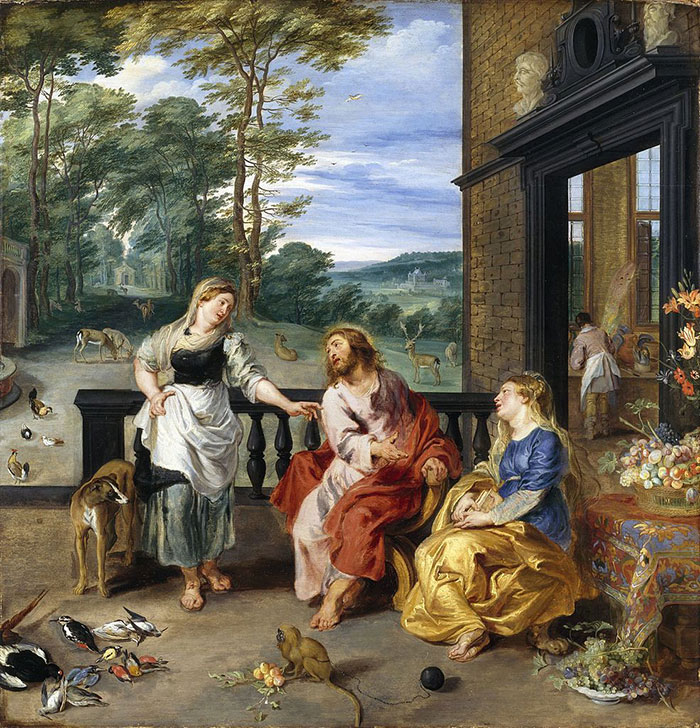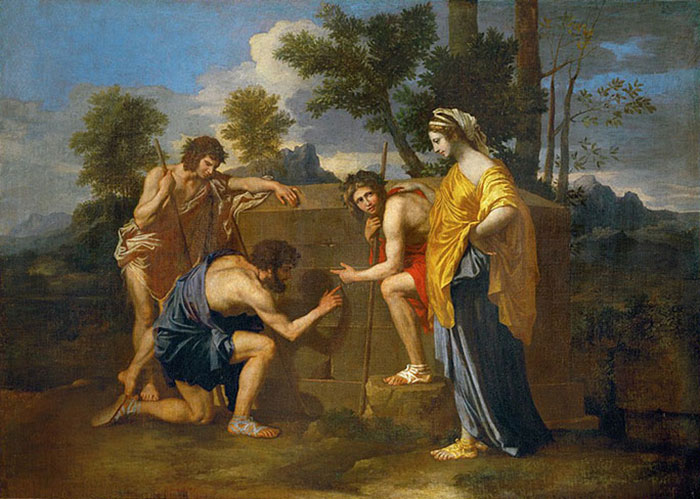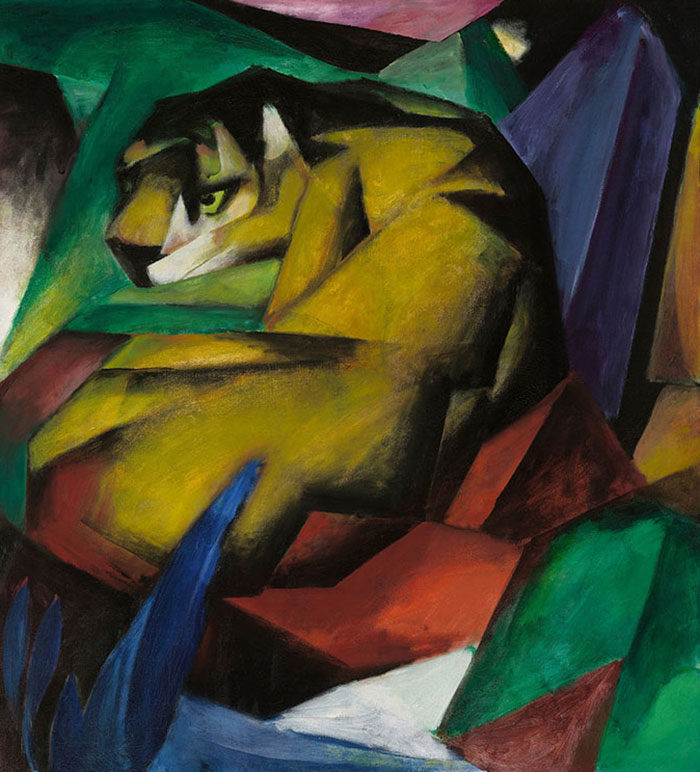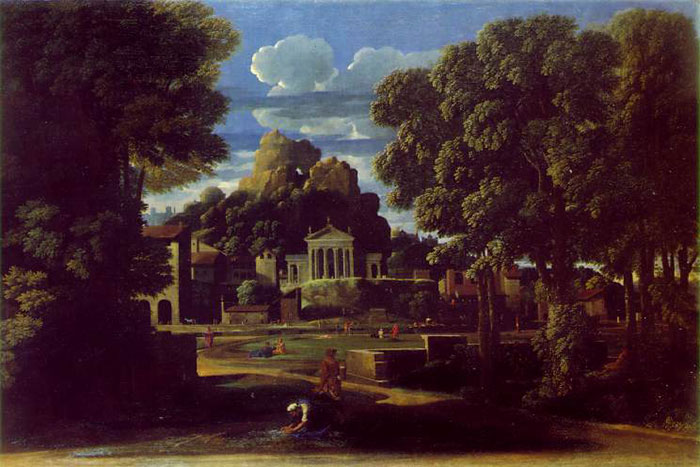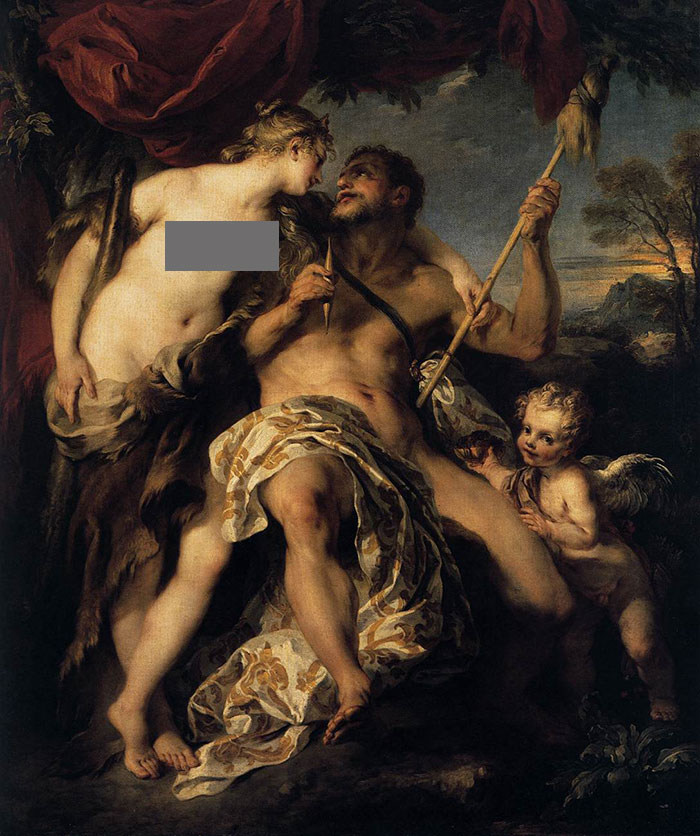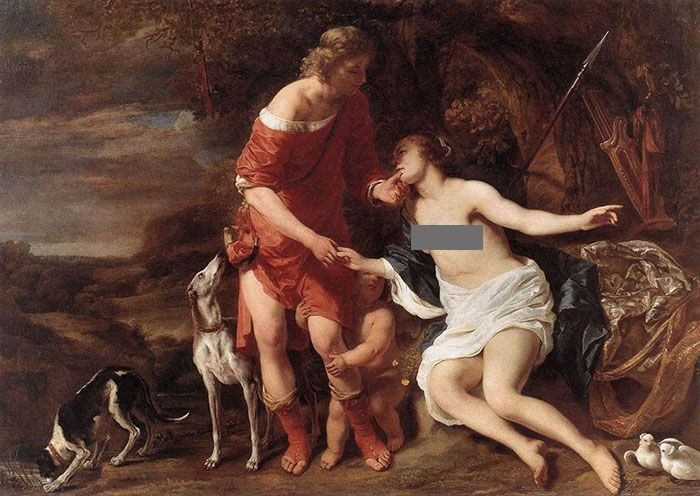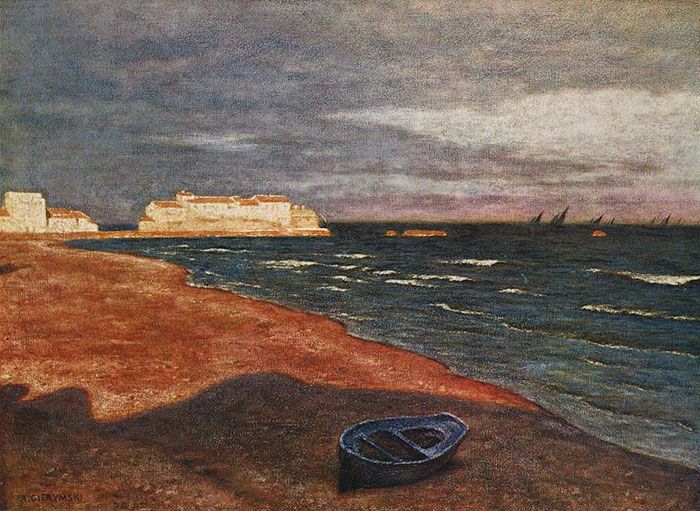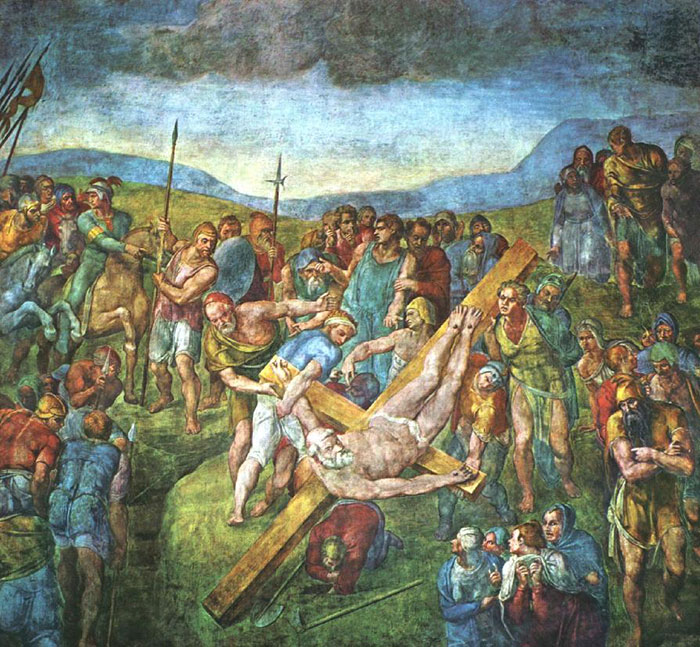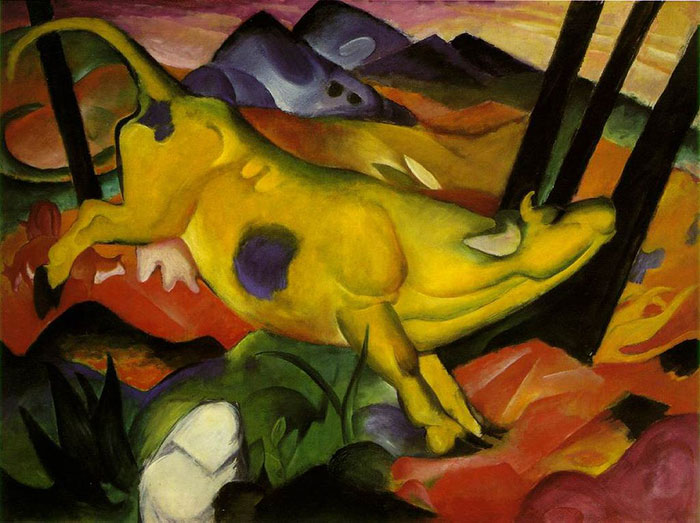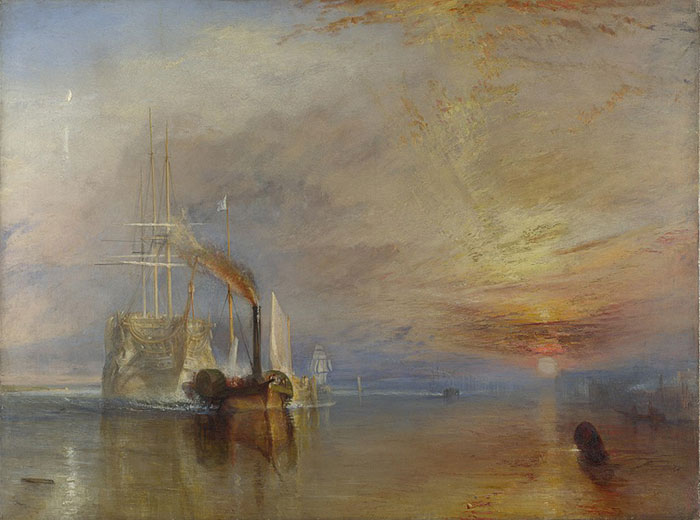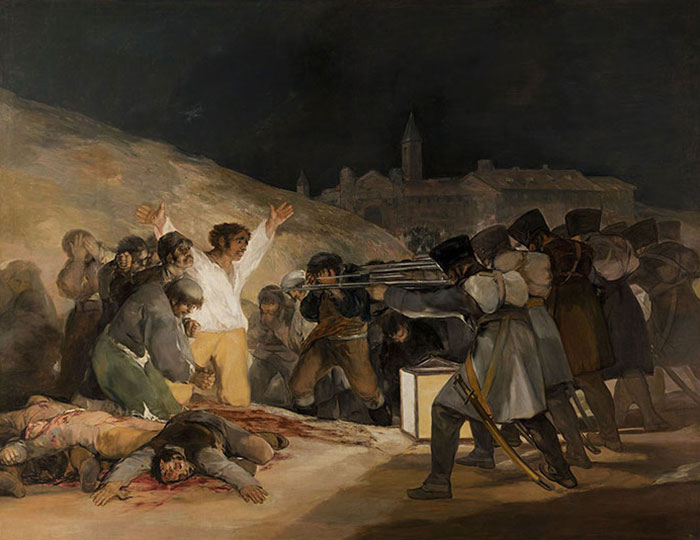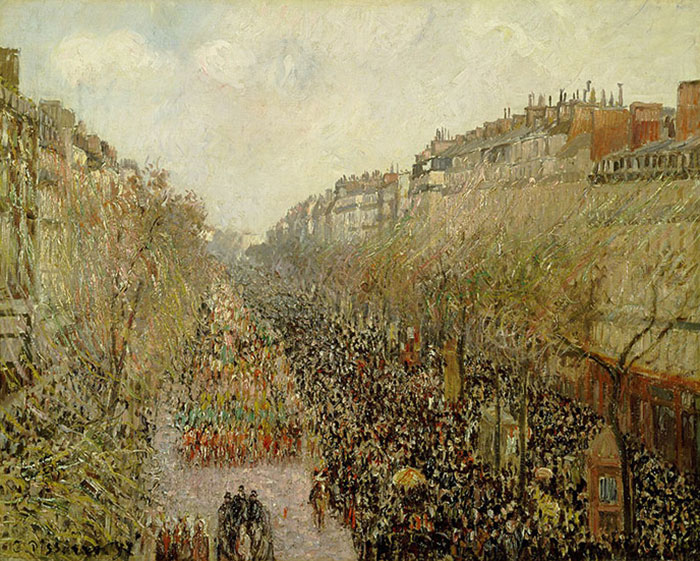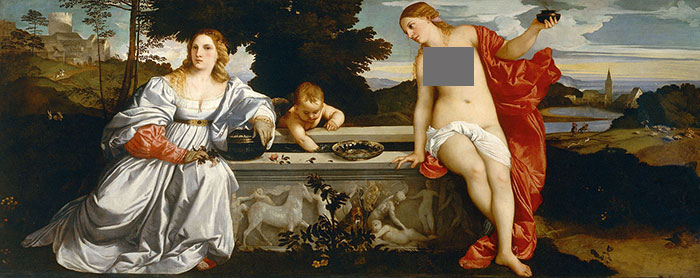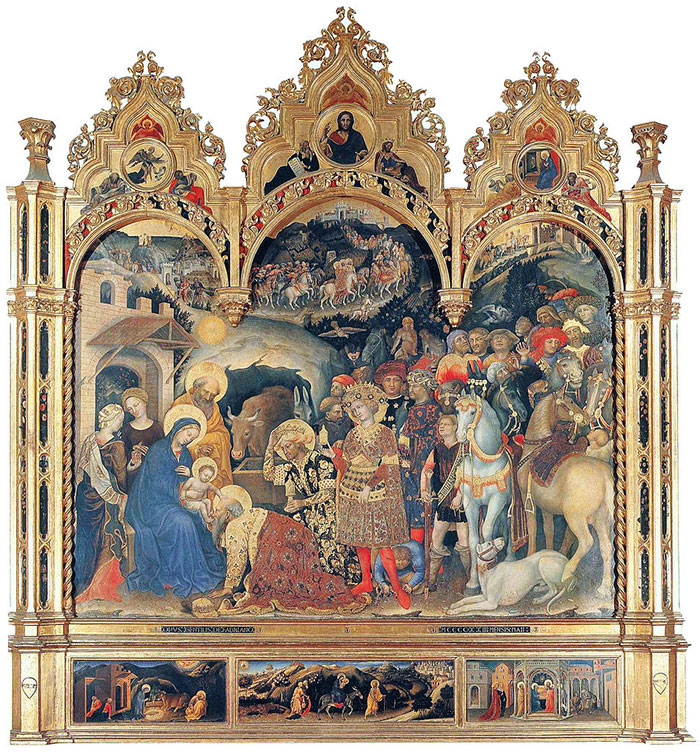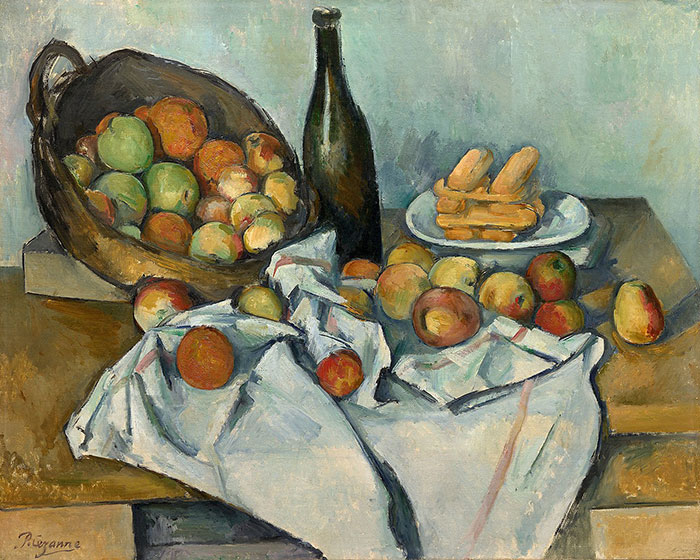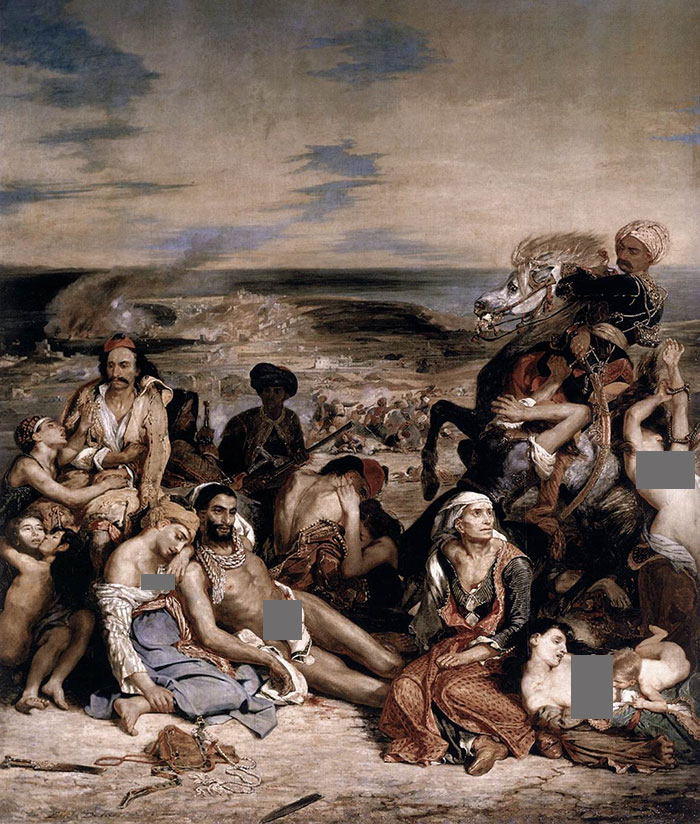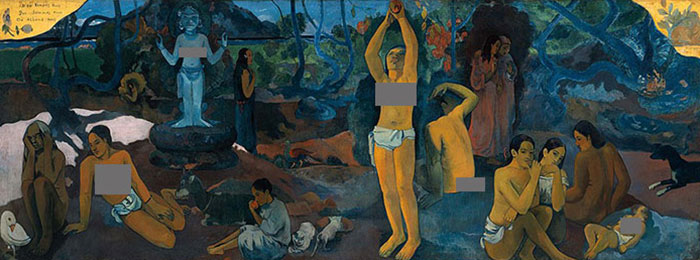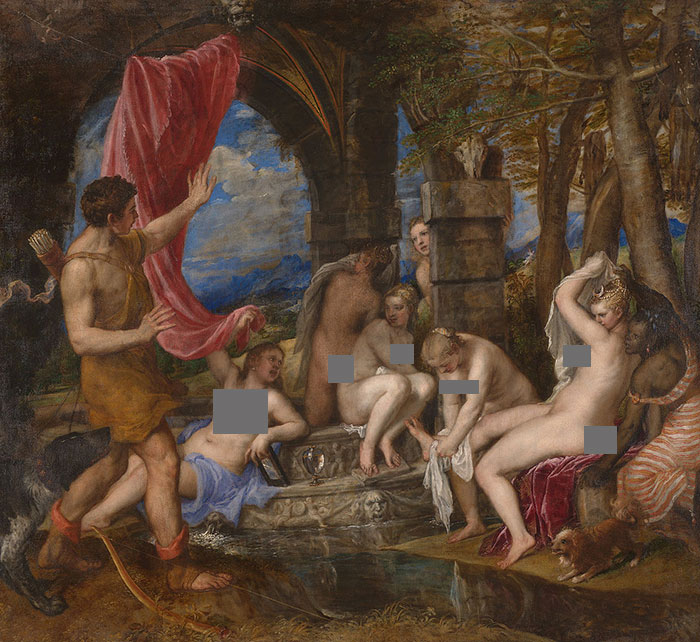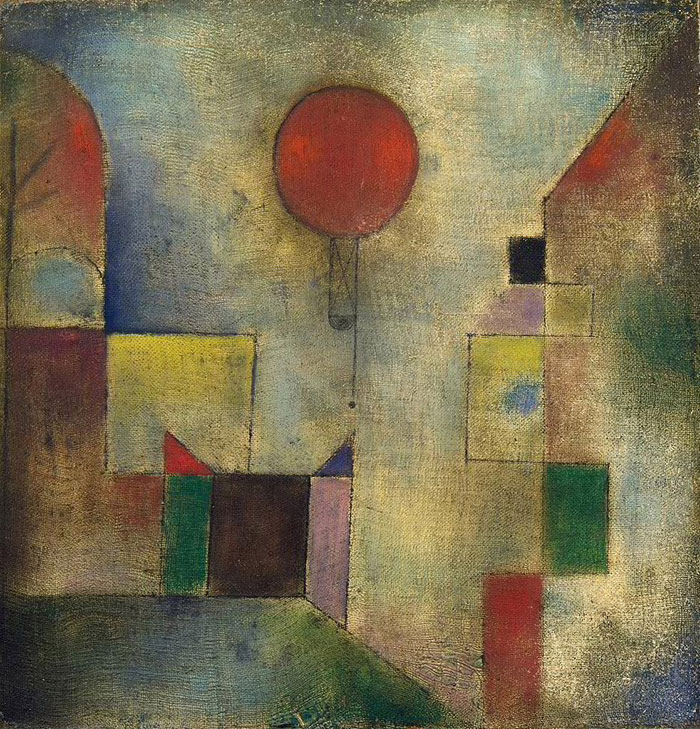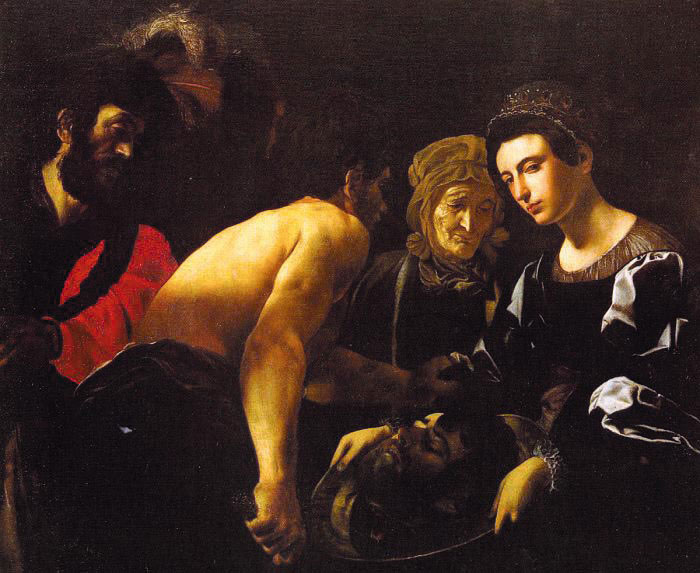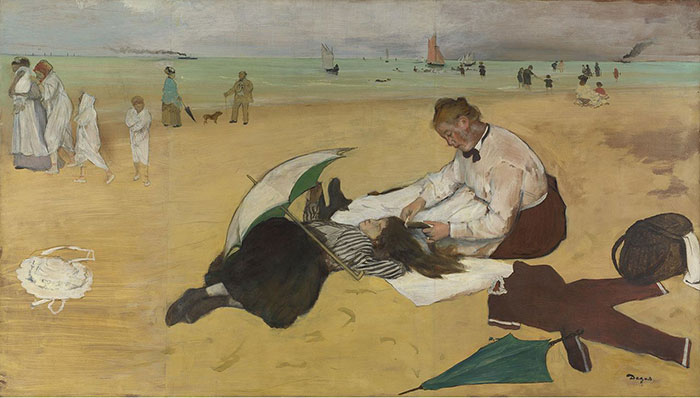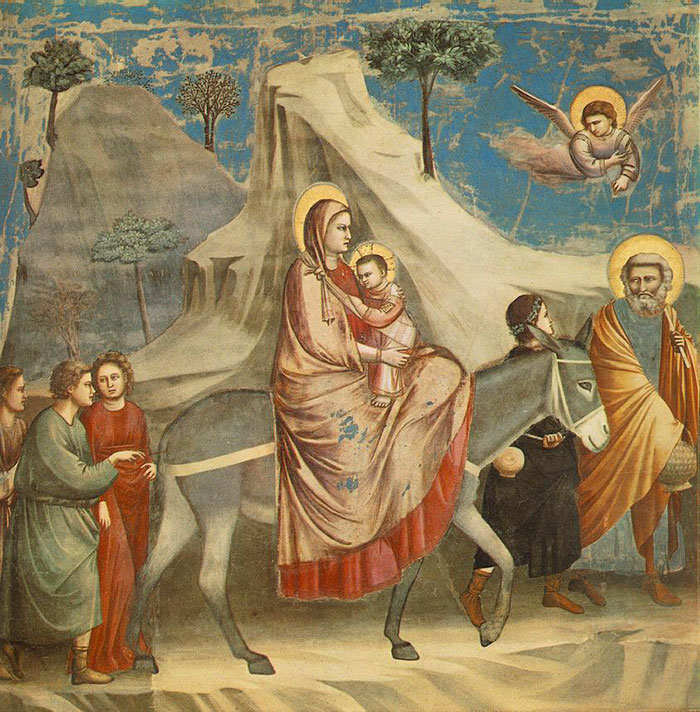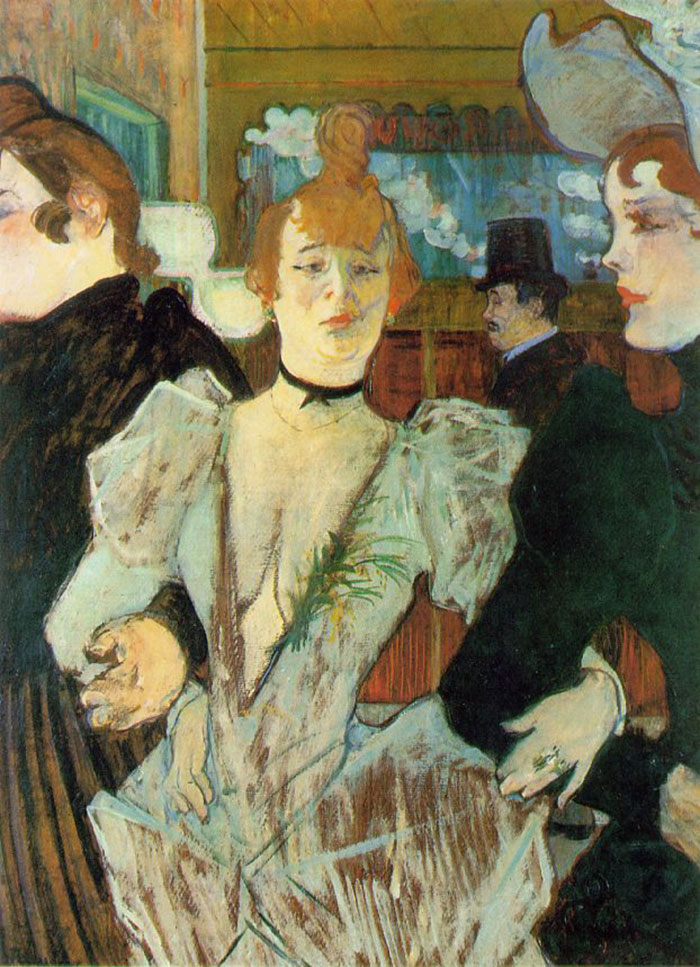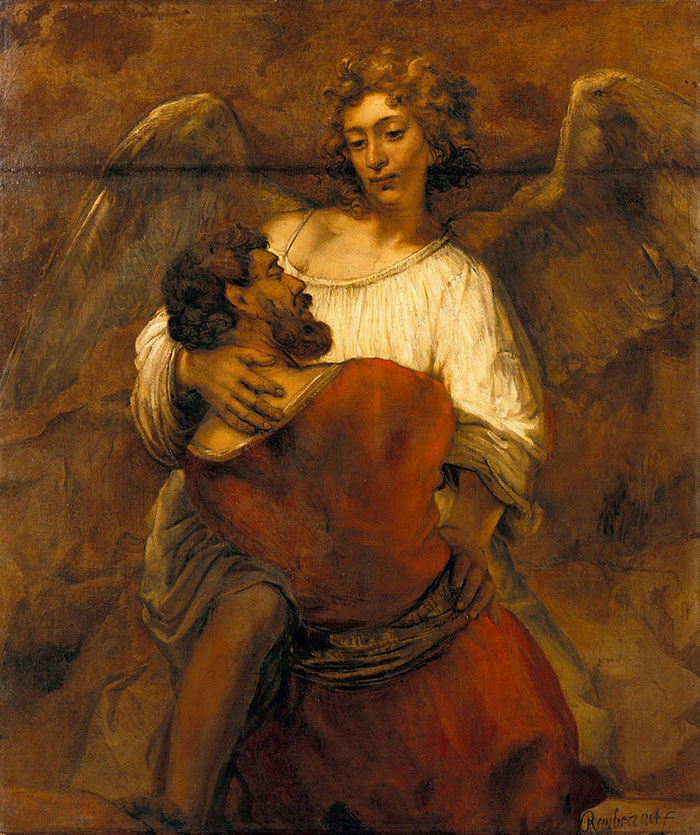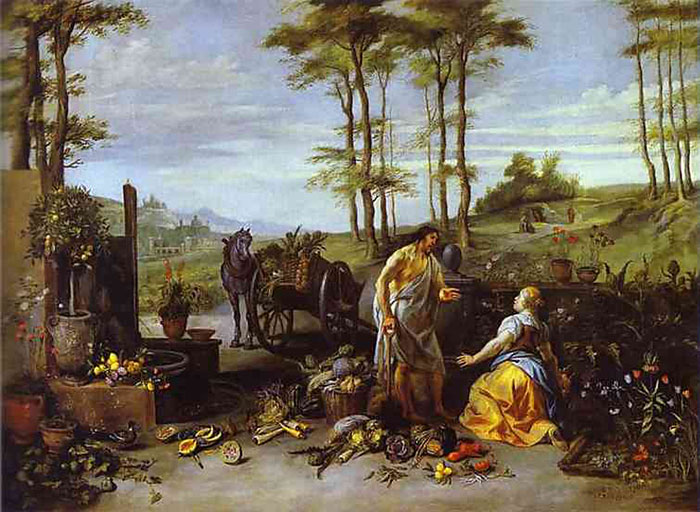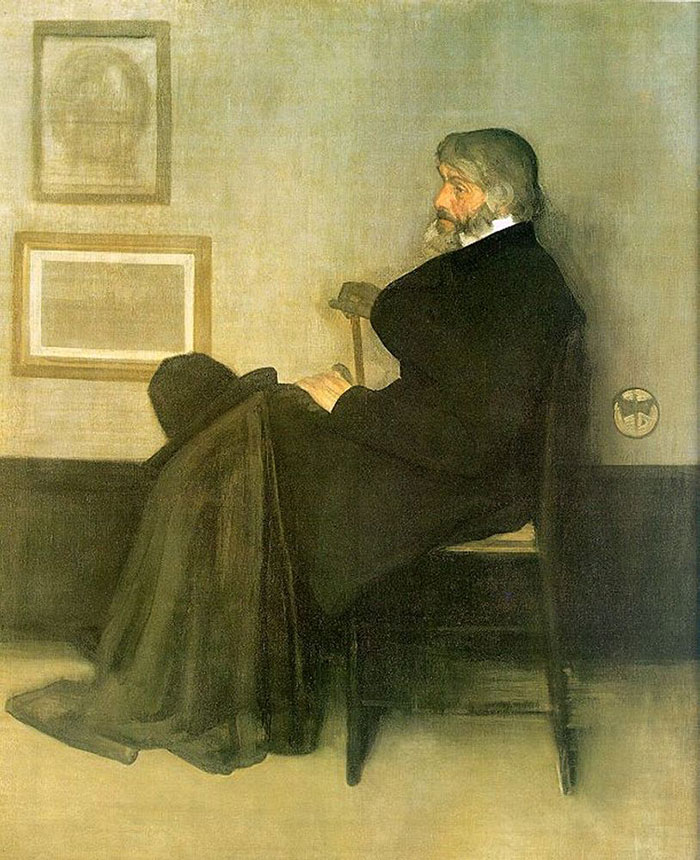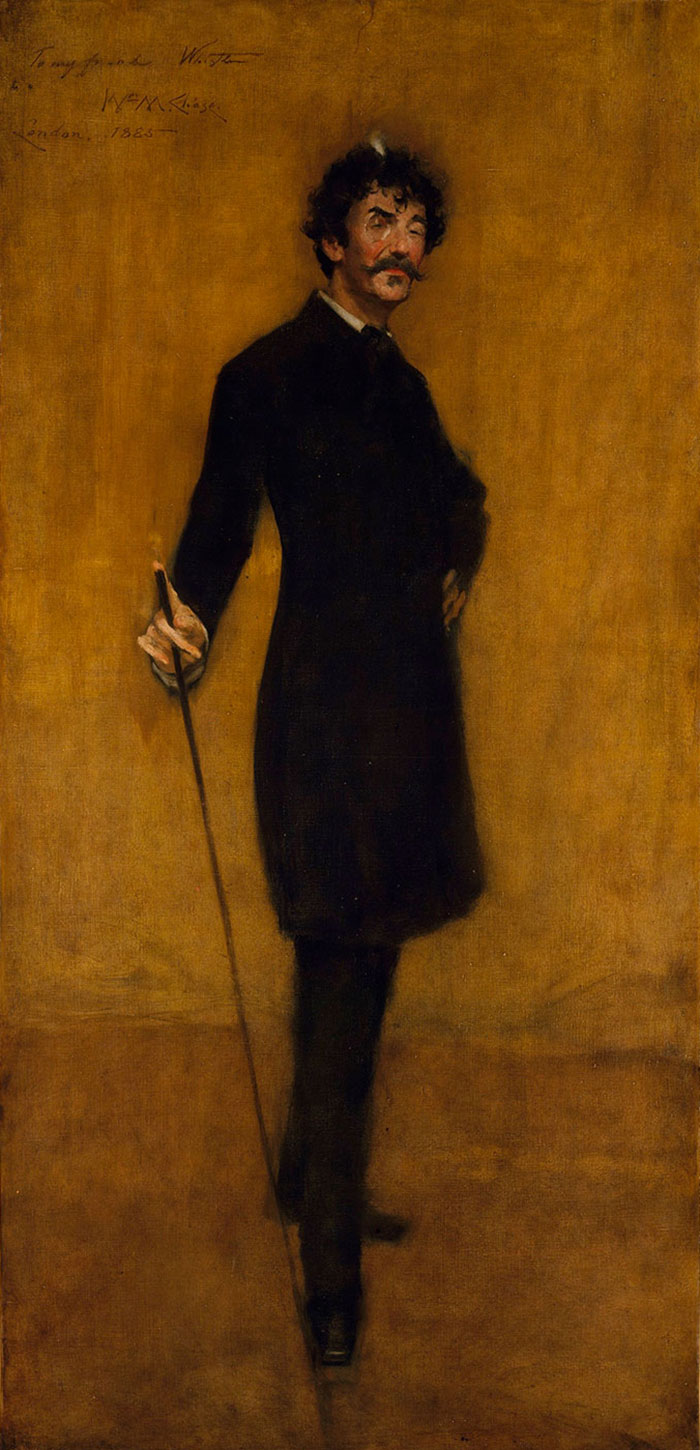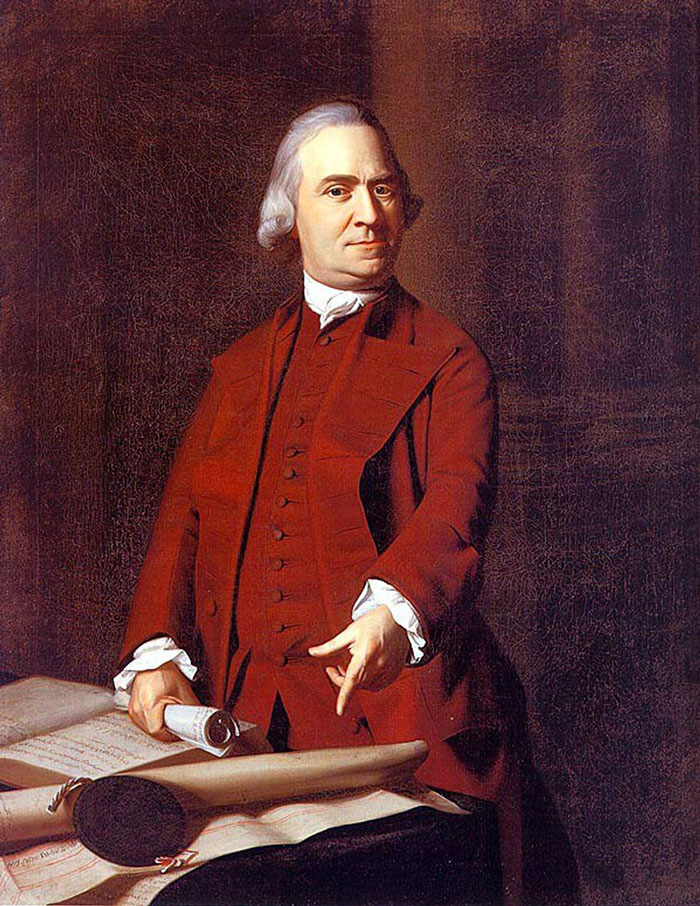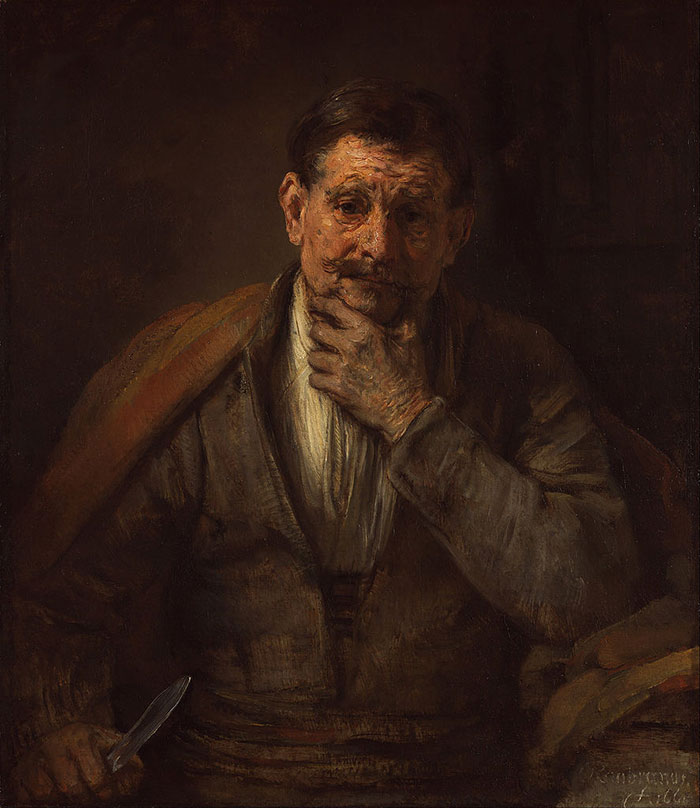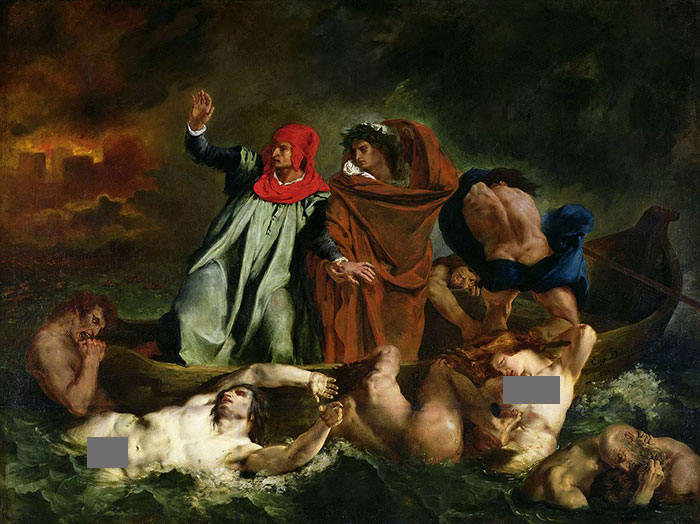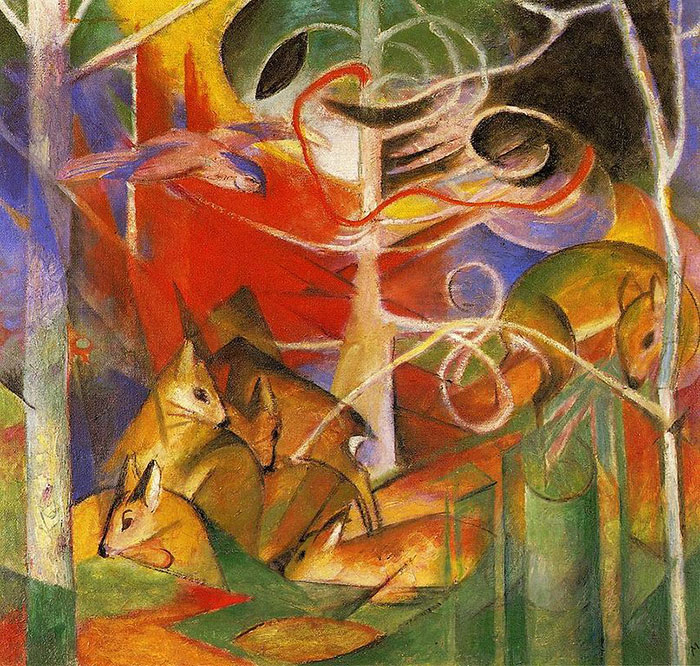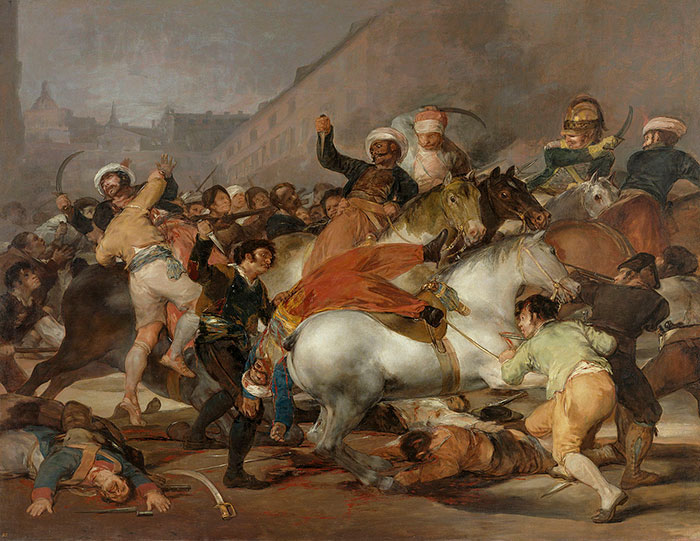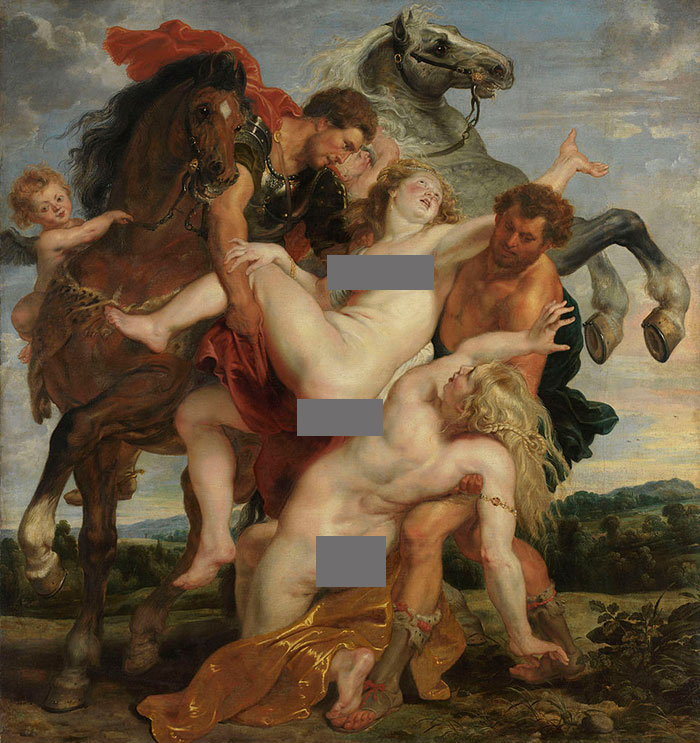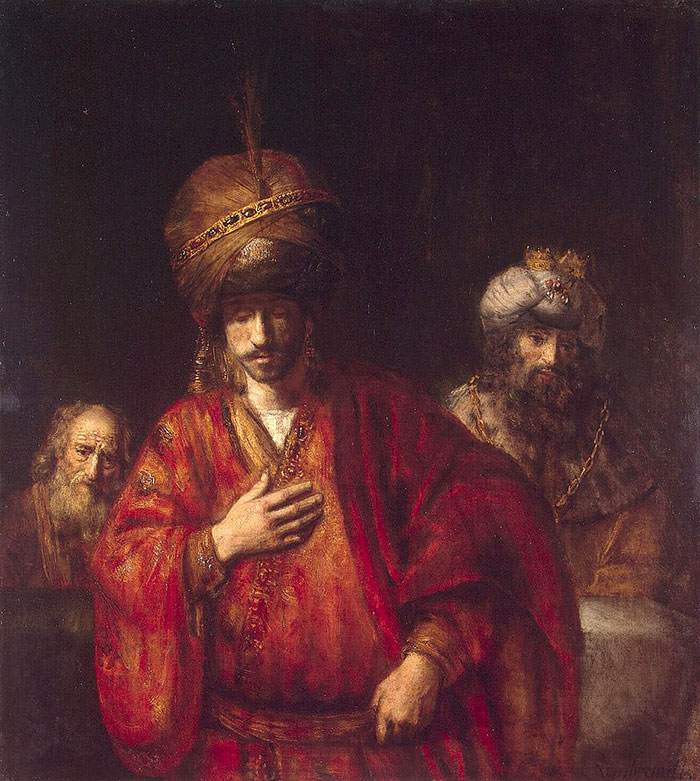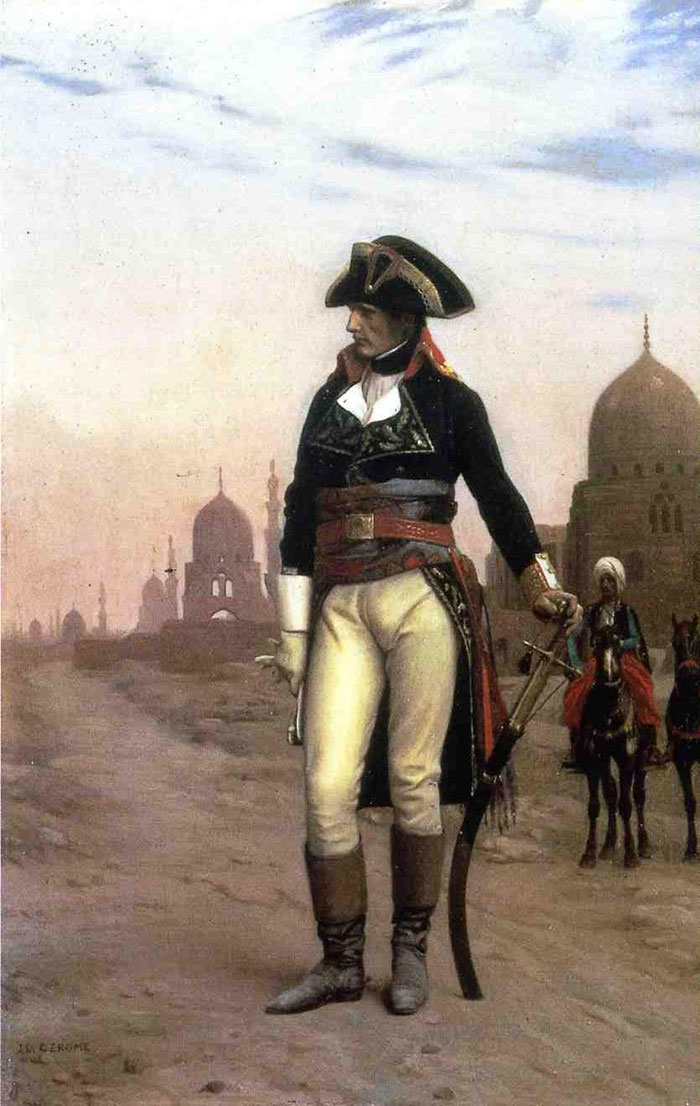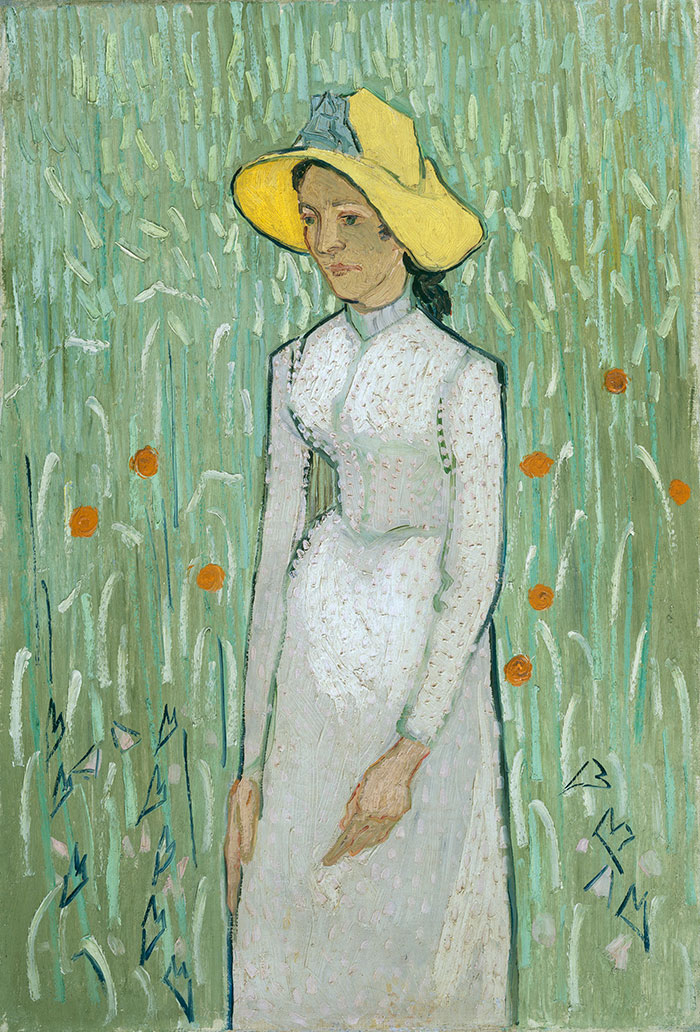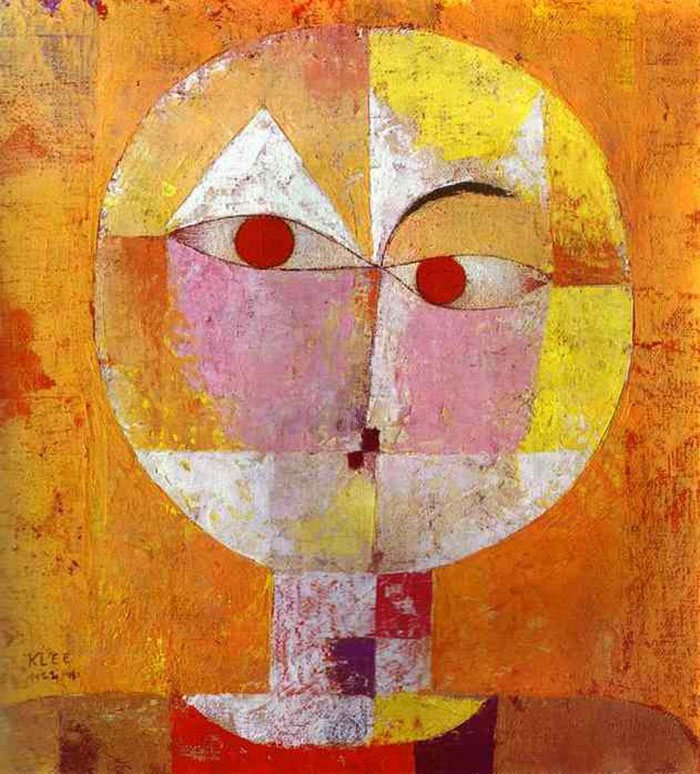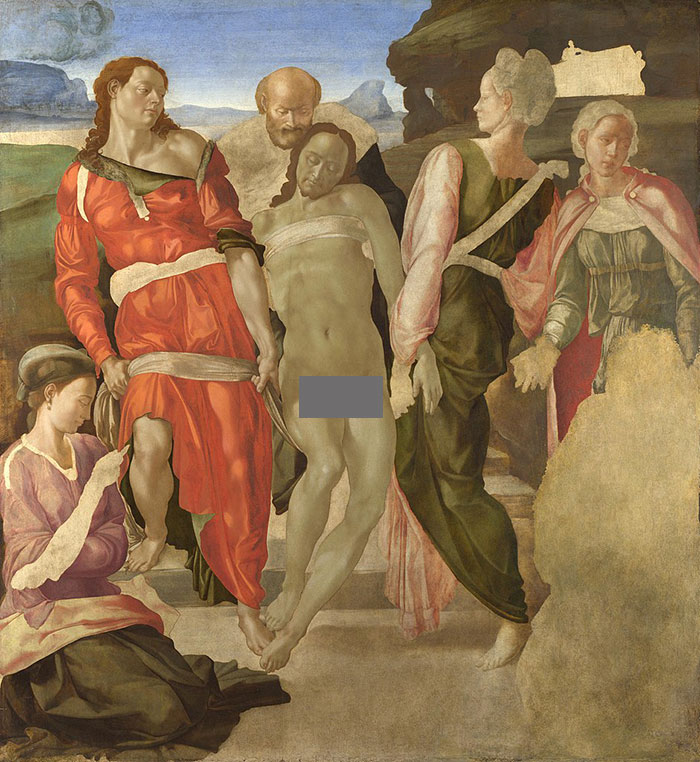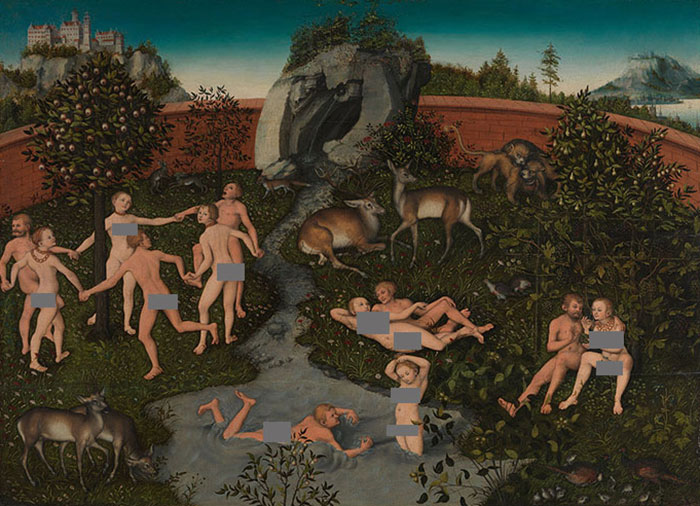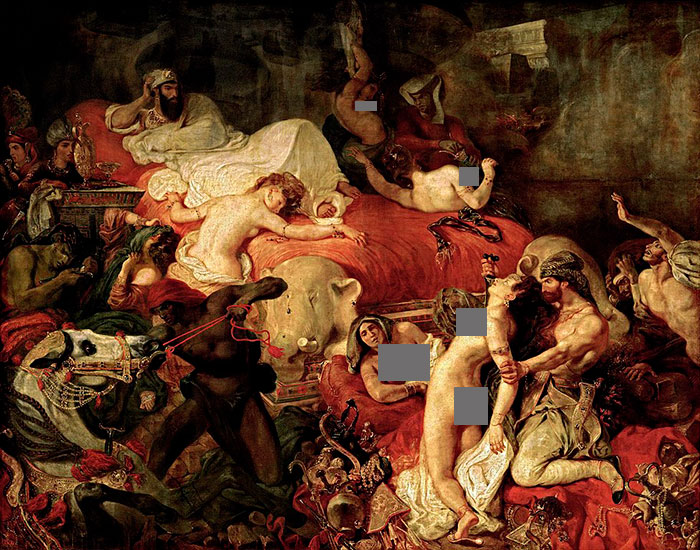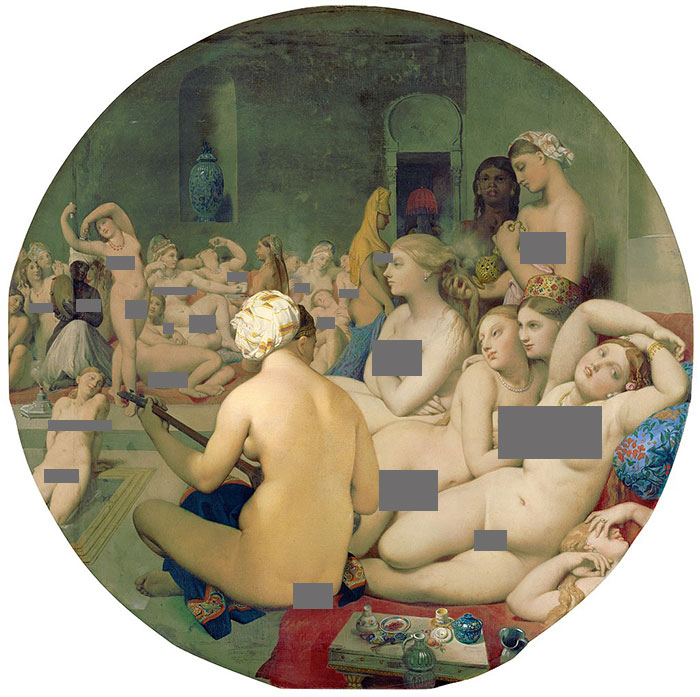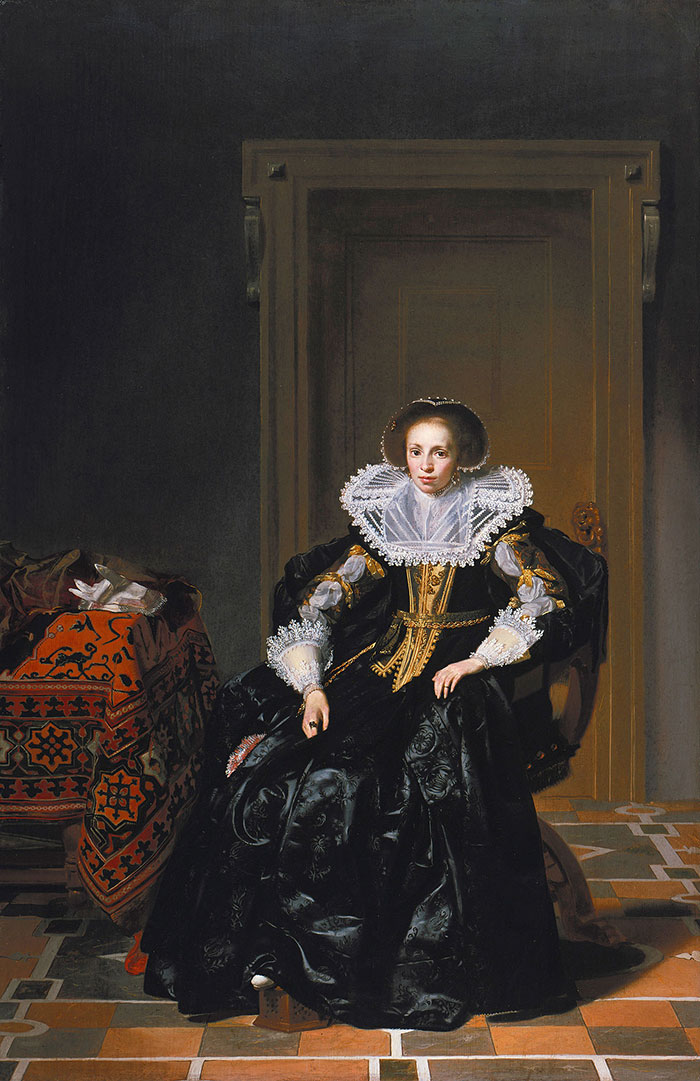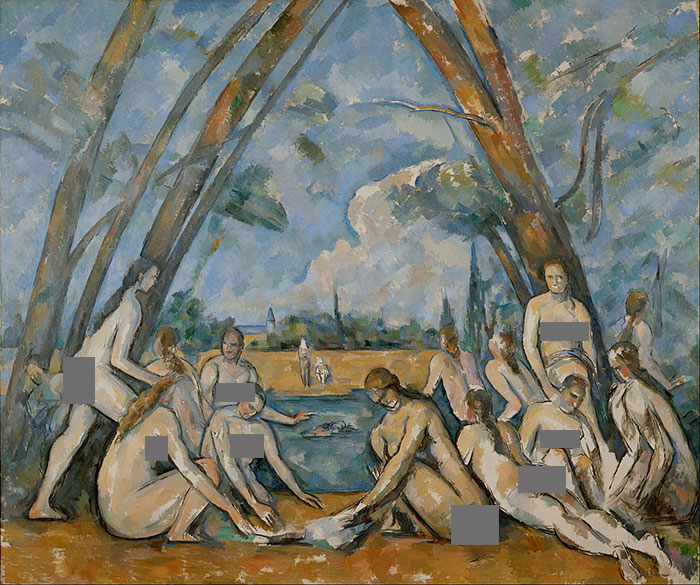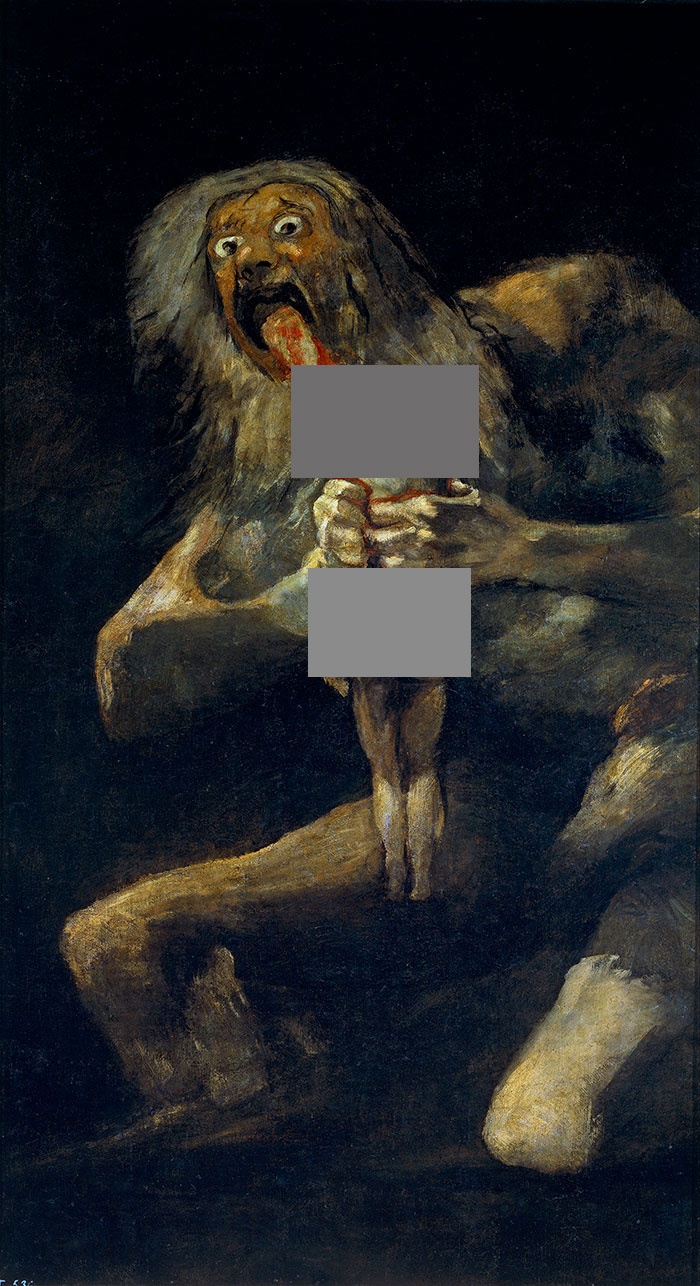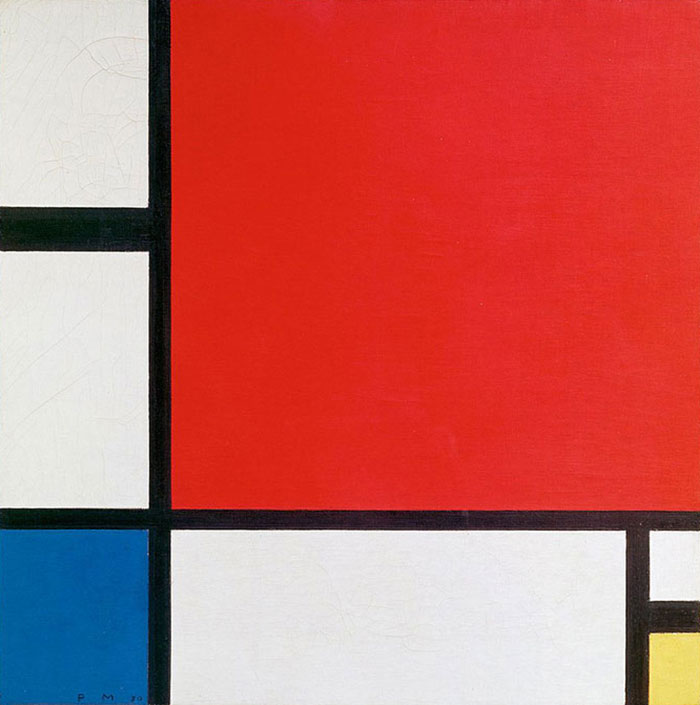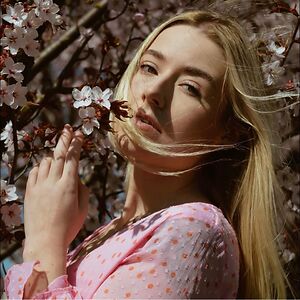More than $850 million — that’s the estimated value of the legendary Mona Lisa painting. Nevertheless, one of the most famous paintings and an iconic Renaissance art piece is not for sale. Under French heritage law, an artwork declared priceless is prohibited from being bought or sold. Although you might not be able to take the painting home, you can still take a glimpse at the iconic smiling lady in the Louvre for less than the cost of a meal at Mickey D’s.
However, Leonardo Da Vinci, arguably one of the most famous portraitists who ever lived, isn’t the only face behind some of the best artworks of all time. Art and history fanatics, and just regular folks, really, must know other famous artists such as Michelangelo, Salvador Dalí, the geniuses behind some of the most famous still life paintings, Claude Monet and Vincent van Gogh, and many other talented painters who changed art history forever. Luckily, there is no need to be an art major to recognize some of their most famous paintings.
Below, we’ve compiled a list of famous artworks from some of the most brilliant artists who brought color to history. Famous watercolor paintings, lifelike portrait paintings, and the best of still life, you name it! There’s plenty to recall (or discover). We even threw some dark, even scary paintings into the mix! Take a look and let us know which famous artwork or painter is your favorite. Also, while it was our job to gather the most famous paintings, it’s now up to you to rank them. The more upvotes the artwork receives, the higher it will be on the list, so get upvoting your favorites!
This post may include affiliate links.
The Starry Night By Vincent Van Gogh
Artist: Vincent van Gogh | Year (completed): 1889 | Movement: Post-Impressionism
The Starry Night perfectly fits the Post-Impressionist aesthetic because it is rife with meaning. The meaning of it is typically connected to Van Gogh's deteriorating mental state. In this painting, he returned to the blues he had used when fighting mental illness. His mental state can also be indicated by the erratic brushstrokes. The dark church he painted from memory is reminiscent of his highly devout upbringing. Since cypress trees are frequently connected with cemeteries and death, it might be that Van Gogh wanted the tree to represent his struggles with mental illness.
Girl With A Pearl Earring By Johannes Vermeer
Artist: Johannes Vermeer | Year (completed): 1665 | Movement: Dutch Golden Age
The Girl With A Pearl Earring, one of Vermeer's most famous paintings, was created in 1665, ten years before his terrible demise. The work has gone by several names throughout the ages, and only in the 20th century did it receive its current title. A young woman is depicted in the painting in a small, dark environment that focuses the viewer's attention solely on her. She is decked out in a gold jacket with a visible white collar underneath, the titular pearl earring, and a blue and gold headpiece. Unlike many of Vermeer's subjects, she is not focused on a routine task and unaware of the viewer. Instead, she turns her head over her shoulder and meets the viewer's gaze, her lips parted as if she was about to speak.
The Creation Of Adam By Michelangelo
Artist: Michelangelo | Year (completed): 1512 | Movement: Renaissance
Michelangelo drew two similar bodies that were both powerful and robust, taking his cue from the Genesis 1:27 line, "God created man in his own image." Adam, lying on the ground, is on the left, while God, surrounded by angels, is on the right. Many people wonder what the real meaning and significance of this magnificent work of art are since the scene is intricate and has many layers of symbolism. Considered one of the most iconic images in European art history, in a sense, this image illustrates more than just the formation of the first man, which is suggested in the title of the artwork. Instead, it shows the very beginning of the species that would eventually give rise to the human race.
Flaming June by Frederic Leighton
Artist: Frederic Leighton | Year (completed): 1895
Frederic Leighton's most well-known piece Flaming June was a tribute to Michelangelo's Night statue, which Leighton regarded as one of the pinnacles of western civilization. Leighton's version of the reclining figure is a rush of warm, carnal color in contrast to Michelangelo's cool, solemn marble: the saffron gauze shift draped around the curled-up body; the long auburn hair; the blush of the cheek that suggests the woman is aware she is being watched and is only pretending to be asleep. The oleander in the upper corner may represent how close sleep and death are to one another.
The Lady Of Shalott By John William Waterhouse
Artist: John William Waterhouse | Year (completed): 1888 | Movement: Romanticism
The Lady of Shalott by Waterhouse is a famous work and possibly one of his most well-known oils. The poem of the same name by Alfred, Lord Tennyson, about the Arthurian girl who fell in love with Sir Lancelot, was the inspiration for the painting. However, her feelings for Sir Lancelot are unrequited. She’s cursed and imprisoned in a tower close to King Arthur's Camelot. According to the poem's author, the lady was prohibited from gazing directly at the outer world and was doomed to view it through a mirror. The scene in the painting suggests that the woman is on a boat, having just escaped from the tower. To tell the story based on the poem by Alfred Lord Tennyson, he employs symbolism and realism.
Nighthawks By Edward Hopper
Artist: Edward Hopper | Year (completed): 1942 | Periods: Modern art, Realism, American Realism, Modernism, Social realism
"Unconsciously, probably, I was painting the loneliness of a large city," Edward Hopper reflected regarding his masterpiece. In the piece, we can observe three patrons seated at a counter in an all-night diner, each appearing deep in thought and disconnected from the other two. In Nighthawks, Hopper created a calm, lovely, yet enigmatic setting. Although Hopper was inspired by a restaurant he saw on Greenwich Avenue in New York, the painting does not accurately represent the actual location. Observers of the picture are left with questions regarding the characters, their connections, and this imaginary setting.
Always loved this one. The guy with his back to us just walked out on a two timing dame. She, of course, begged him not to.
The Japanese Footbridge And The Water Lily Pool, Giverny by Claude Monet
Artist: Claude Monet | Year (completed): 1899 | Movement: Impressionism
Monet's gardens at Giverny and the sequence of paintings they sparked are two of his finest accomplishments. They are both represented by Water Lilies and the Japanese Bridge in his famous painting. An 1899 painting by Claude Monet is on display in the Philadelphia Museum of Art. It exemplifies the harmony between the natural and man-made worlds through the carefully chosen plants and a bridge and the careful attention to lighting and object placement.
Monet's deteriorating eyesight was a factor in his style too, but his artistic "sight" or vision remains inspirational.
The Ninth Wave by Ivan Aivazovsky
Artist: Ivan Aivazovsky | Year (completed): 1850 | Movement: Romanticism
The Ninth Wave, a masterpiece by Ivan Aivazovsky, is a powerful depiction of Hope itself. In a ferocious storm, the painting displays survivors of a shipwreck holding onto a piece of wreckage for their life. According to nautical tradition, the ninth wave is said to be the worst, most potent, and most devastating wave. However, the light of hope shines through the darkness of the night. Through centuries, the artwork developed allegorical interpretation and symbolic resonance, inspiring belief in the victory of a human, humanity, and life itself.
I think it would be a difficult piece of art to live with in a house day to day.
The Last Supper by Leonardo da Vinci
Artist: Leonardo da Vinci | Year (completed): 1498 | Movement: Renaissance
The Last Supper, also known as The Lord's Supper, was Jesus' last dinner with his followers in an upper room in Jerusalem. It was the catalyst for establishing the Eucharist, a practice still performed in many Christian churches today. Many renowned artists have attempted to paint The Last Supper. However, in contrast to artists before and after him, Leonardo da Vinci decided against giving Jesus Christ a halo. Although da Vinci received a Catholic funeral, some art historians think Leonardo da Vinci was more of a believer in nature than God.
I like to think what they're all saying like the guy to the right of Jesus with his finger up, "I'm not drunk, I've only had one glass of wine" or he one to the far right, "what do you mean I have to give more, I've already given twice what I usually give".
Cafe Terrace At Night by Vincent van Gogh
Artist: Vincent van Gogh | Year (completed): 1888 | Periods: Post-Impressionism, Cloisonnism
One of Van Gogh's earliest nighttime paintings was Café Terrace at Night, completed during his stay in Arles. Most individuals who view it have many questions, from how the painting was created to the meaning it is meant to convey. The painting's most striking feature is the stark contrast between the warm colors under the marquise, which are yellow, green, and orange, and the deep blue of the starry sky, which is accentuated by the dark blue of the houses in the distance. "I believe that an abundance of gaslight, which, after all, is yellow and orange, intensifies blue," commented Van Gogh on the outcome. Apparently, the cafe portrayed in the painting is still open today under the name Café Van Gogh.
The Night Watch by Rembrandt
Artist: Rembrandt | Year (completed): 1642 | Movement: Dutch Golden Age
The Night Watch, a painting by Rembrandt, is arguably the most well-known of his works. It depicts a militia company, units of physically fit men who might be called upon to defend the city or quell riots if needed. The company of Captain Frans Banning Cocq and his lieutenant, Willem van Ruytenburgh, are shown in the artwork encircled by sixteen of their men. The final picture is today acknowledged as one of the most significant pieces of art ever produced. It's displayed in a specially constructed room at the Rijksmuseum in the Netherlands.
The Birth Of Venus by Sandro Botticelli
Artist: Sandro Botticelli | Year (completed): 1486 | Movement: Renaissance
The artwork depicts the goddess of love and beauty setting foot on the island of Cyprus after being carried there by the winds Zephyr and, possibly, Aura. The goddess is perched on a massive scallop shell that is as flawless and pristine as a pearl. Botticelli draws inspiration from classical statues for Venus' modest pose, where she covers her nakedness with long, shiny hair. The artwork essentially captures the geopolitical, social, cultural, and spiritual upheaval that followed the tumult of the Middle Ages.
I seriously can not believe a site that calls itself "a leading site for artists" is censoring nudity in art. Terrible
Dance At Le Moulin De La Galette by Pierre-Auguste Renoir
Artist: Pierre-Auguste Renoir | Year (completed): 1876 | Periods: Impressionism, Modern art
The Dance at Le Moulin de la Galette, one of the most famous Impressionist works of art, is a stunning example of Renoir's skill at capturing dappled light. Its modernism is a result of both its theme, a typical Sunday afternoon in working-class Paris, and its loose Impressionist brushstrokes. Aware of the rich, vividly colored brushstrokes but unable to focus on any one form, the viewer's attention glides across the form- and motion-filled surface. While Renoir employed some professional models, most of the people in Dance at le Moulin de la Galette were his friends. Hence, it might be claimed that the scene he painted is more like a collection of portraits than an accurate portrayal of Moulin's clientele.
Clubbing on display: the man seated in the foreground didn’t use a wingman, and the woman is the striped dress’ friend is leaning in to block.
The Astronomer by Johannes Vermeer
Artist: Johannes Vermeer | Year (completed): 1668 | Period: Dutch Golden Age
In The Astronomer, the scientist is depicted sitting at a table with a celestial globe, which is thought to have been created by Jodocus Hondius and displays the positions of the stars and constellations in the sky. The astronomer is holding open the book "Institutiones Astronomicae" ("On the Investigation of the Stars"), written by Adriaan Metius and published in 1621, in front of him. A flat astrolabe, an essential tool for navigation, is also on the table. It has been determined that the robe worn by the astronomer in the painting is a Japanese Rok, a garment given as a gift to Dutch traders during their visits to the Japanese Court.
The Great Wave Off Kanagawa by Hokusai
Artist: Hokusai | Year (completed): 1831
This woodblock print is an iconic piece of world art thanks to its beautiful composition. It's believed to have inspired Debussy's La Mer (The Sea) and Rilke's Der Berg (The Mountain). Ingeniously manipulating perspective, Hokusai made the tallest mountain in Japan appear like a little triangular mound within the trough of the cresting wave. The artist rose to fame for his original landscape paintings utilizing imported Prussian blue and indigo as primary colors.
The Persistence Of Memory by Salvador Dalí
Artist: Salvador Dalí | Movement: Surrealism
The Persistence of Memory is one of Dali's earliest Surrealist works and perhaps one of his most important. Hieronymus Bosch's The Garden of Earthly Delights heavily influenced the painting, which he paired with a Catalan heritage, a recurring theme in much of his early work. He used his "paranoid-critical" technique, in which he portrays his own psychological struggles and fears. Some art historians believe that the three "melting clocks" in the picture may represent the past, present, and future, while the fourth clock, which is face-down and undistorted, may represent objective time.
Water Lilies by Claude Monet
Artist: Claude Monet | Year (completed): 1899 | Movement: Impressionism
Monet emphasized the water's surface in each "Water Lilies" painting. Only their reflection in the water is depicted, with no indication of the land or sky. The only clue of willow trees in these paintings is just a reflection. The water reflects the sky's white clouds, making the sky and the water's blue the same shade. The only thing that makes the observer realize that this is a reflection is the presence of the water lilies.
Wanderer Above The Sea Of Fog by Caspar David Friedrich
Artist: Caspar David Friedrich | Year (completed): 1818 | Periods: Romanticism, German Romanticism
Some believe Friedrich's painting Wanderer Above the Sea of Fog is a self-portrait. The young person in the frame is thought to have the same fiery red hair as the artist. The individual is seen standing in a state of introspection and reflection, entranced by the sea fog as though it were a religious or spiritual experience. He is thinking about the improbable future at that precise moment. He isn't shutting people out by turning his back on them; instead, he allows them to share and understand his unique perspective by allowing them to see the world through his eyes.
Petarch was the first human known to have climbed a mountain just to appreciate the view. He also imagined base-jumping but forgot to write it down.
Mona Lisa by Leonardo da Vinci
Artist: Leonardo Da Vinci | Year (completed): 1506 | Period: Renaissance
Leonardo has frequently been referred to as the prototypical "Renaissance man," a person whose seemingly limitless curiosity was only surpassed by his inventiveness. He is regarded as one of the finest artists and possibly the person with the broadest range of talents ever. However, Leonardo was and is primarily known for his paintings. The Last Supper and the portrait of the Mona Lisa, two of his creations, are arguably the most well-known, frequently imitated, and often parodied paintings of all time. Leonardo da Vinci was one of the first painters to use aerial perspective. His work was among the first portraits to show the subject in front of a made-up landscape. Before him, portraits lacked mystery; artists merely depicted physical attributes without considering the soul. If they did, they attempted to convey the soul through gestures, symbolic items, or inscriptions. The Mona Lisa remains a mystery to this day; the soul is present yet inaccessible.
Las Meninas by Diego Velázquez
Artist: Diego Velázquez | Year (completed): 1656 | Period: Baroque
Las Meninas has captivated art lovers for more than 350 years. King Philip IV of Spain's court is vividly depicted in this intricate oil painting by Diego Velázquez. This masterwork from 1656, arguably one of the most significant paintings in the entire history of Western art, still impacts artists today. As the title translates, Ladies in Waiting is a turning point in art history for Velázquez's departure from the stiff, formal portraits that typically denoted royalty. The king's daughter, Infanta Margaret Theresa, is depicted on the enormous canvas surrounded by her entourage as Velázquez works behind an easel.
Watch at least one YouTube video describing this painting. Is it time traveling? Are we (the viewers) the king and queen reflected in the mirror at the back? Why did the artist knight himself with the red Cross several years before he was actually knighted? There's lots to unpack.
Judith Beheading Holofernes by Artemisia Gentileschi
Artist: Artemisia Gentileschi | Year (completed): 1620 | Period: Baroque
One of the scene's bloodiest and most vivid renderings is this painting by Artemisia Gentileschi, completed in Florence in 1620. It surpasses the version by Caravaggio, the arch-realist of Baroque Rome, in its immediacy and horrifying realism. Artemisia was undoubtedly familiar with Caravaggio's depiction of the subject because her father, Orazio, who gave her an artistic education, was a close friend and admirer of the artist. The teenage Artemisia was motivated and perhaps even challenged by Caravaggio's artwork. Comparing the two reveals not only Judith's debt to the more experienced artist but also a number of subtle changes that intensify the physical fight, the amount of bloodshed, and the mental and physical fortitude of Judith and her maidservant, Abra.
this one needs to be higher just due to the fact that it was a woman artist in an era where that was for all purposes unheard of.
Lady Agnew Of Lochnaw by John Singer Sargent
Artist: John Singer Sargent | Year (completed): 1892 | Movement: Impressionism
Lady Agnew (born Gertrude Vernon) is the subject of this painting, which was ordered by her husband, the Scottish barrister Sir Andrew Noel Agnew. The lady establishes a strong rapport with the observer through her direct stare and informal stance. Her exquisite white gown with lilac accent blends well with the vibrant, patterned upholstery of the Chinese silk wall hanging from the eighteenth century and the French chairs. Sargent’s smooth brushstrokes exude an air of luxury and comfort. The artist said he sometimes got his best results only after a few sittings. He finished the Portrait Of Lady Agnew Of Lochnaw in six sessions. The work’s exhibition at the Royal Academy in London in 1893 helped establish Lady Agnew as a society hostess and the Sargent’s portrait painter status.
In A Roman Osteria by Carl Bloch
The man doesn't like the artist looking at "his" women while they - in contrast - are looking rather coquettish. Meanwhile the cat is "Is anybody gunna remember I need feeding too?"
The Swing by Jean-Honoré Fragonard
Artist: Jean-Honoré Fragonard | Year (completed): 1767 | Period: Rococo
In The Swing, we can see a young woman fly through the air inside a lovely garden wearing a voluminous pink dress. Her suspension above the ground is made possible by a swing made of a seat cushioned in red velvet and two ropes fastened to the knobby branches of a huge tree. An older man sitting on a stone bench on the far right assists in operating the apparatus. He pulls the swing back to provide the woman the momentum she needs to move forward using a network of interconnected ropes. A young man, positioned at the bottom of the large pedestal, stares at the swinging woman's open skirt.
Her lover is hiding in the bushes and she is giving him a peek up her dress.
Judith And Her Maidservant by Artemisia Gentileschi
Moonrise Over The Sea by Caspar David Friedrich
Pink And Blue by Pierre-Auguste Renoir
I feel the girl in the pink dress frl her face shows it all and my face looks the same way rn... (this is funny odd sad and exactly what I needed to see rn for some reason)
Vase Of Flowers by Ambrosius Bosschaert
Sunday Afternoon On The Island Of La Grande Jatte by Georges-Pierre Seurat
There's actually 2 sides to this painting, the other side is "Bathers at Asnières" which shows the working class bathing in the other side of the river, in contrast to the much posher other side.
The Scream by Edvard Munch
Artist: Edvard Munch | Year (completed): 1891 | Movement: Proto-Expressionism
The Mona Lisa of our time, Munch's The Scream, is a classic work of modern art. Munch captured the anxiety-ridden, unsettling nature of the modern era, much as Leonardo da Vinci did while evoking the Renaissance ideal of calm and restraint. It's acknowledged that The Scream was inspired by an actual past event from Munch's life. Apparently, he created The Scream as a response to the horror and dread he experienced one day while out for a stroll with two friends. The peaceful environment he had planned to venture into was abruptly disturbed by changes in the sky brought on by the setting sun. Since, Munch's The Scream has become a universal, timeless picture and symbol of the human condition and alienation.
Considering the number of posts regarding American angst, this painting represents it well!
Portrait Of Madame X by John Singer Sargent
Artist: John Singer Sargent | Year (completed): 1884 | Periods: Impressionism, American Renaissance
John Singer Sargent was the most famous portrait painter of his time, also hailed as the "leading portrait painter of his generation." In 1874 he went to Paris to study painting. Ten years later, in 1884, at the Paris Salon, Sargent debuted arguably one of his best-known paintings, Portrait Of Madame X, which portrays a Parisian beauty named Madame Gautreau. Sargent thought it was his best work and was unpleasantly startled when it sparked a stir because reviewers thought it was eccentric and provocative. After failing in Paris, Sargent relocated permanently to London. His art didn't instantly appeal to the English taste. However, it all changed in 1887. That year, his painting of two little girls lighting Japanese lanterns won the British public's hearts. He started to receive extraordinary acclaim in England and the United States. Clients flocked to his studio in Chelsea, where he charged around $5,000 for a full-length portrait. However, despite it bringing him a bunch of money, in 1907, Sargent gave up on painting portraits on commission. He referred to the genre that had made him famous in his letter to his lifelong friend Ralph Curtis as "paughtraits," using his unique and satirical spelling. "I abhor and abjure them and hope never to do another, especially of the Upper Classes."
This painting had to be edited iirc because the original was too "scandalous" because the strap of her dress had slipped down her arm. I love both versions.
Little Girl In Blue Armchair by Mary Cassatt
Paris Street; Rainy Day by Gustave Caillebotte
Artist: Gustave Caillebotte | Year (completed): 1877 | Movement: Realism
Parisian audiences used to the formal, academic style were thrilled by the painting's finely detailed surface, exacting perspective, and expansive size. A more radical sensibility was sparked by its asymmetrical composition, irregularly cut shapes, rain-washed tone, and truly modern theme.
At Eternity's Gate by Vincent van Gogh
Vase With Fifteen Sunflowers by Vincent van Gogh
it took me 20 seconds or so to realize it's fifteen, I originally thought it was fourteen.
The Gulf Stream by Winslow Homer
Luncheon Of The Boating Party by Pierre-Auguste Renoir
The Garden Of Earthly Delights by Hieronymus Bosch
Artist: Hieronymus Bosch | Year (completed): 1505 | Period: Northern Renaissance
The crux of the painting shows an unrestrained, wildly imaginative romp. However, Bosch’s main point - and the elaborate, cunning symbolism that drives it - is unquestionably more complicated. A lot is going on, and multiple sittings at the painting may not be enough to analyze the whole picture. It’s replete with sin, punishment, and hell themes. Few pieces of art better capture the crazed thrill and bizarreness of lust than Hieronymus Bosch’s The Garden of Earthly Delights. A cluster of naked people can be seen in one place, intertwining and devouring a giant, juicy strawberry. Others sway rapturously from something resembling clumsy reproductive organs and seed pods about to explode. Fruits are picked, clear blue water flows directly into the mouth, open clam shells and plump nectarines are strewn about. More than 500 years later, it’s hard to distinguish a single message left by the author. Some people thought it was about how mankind fell into sin and lust, ultimately meeting their own demise in hell. Some believe it was painted with moralistic and religious motives. Whatever the reason, Hieronymus Bosch’s triptych, known to modern audiences as The Garden of Earthly Delights, and arguably his most puzzling work, gives a graphic portrayal of the anxieties that characterized medieval life.
Paradise by Jan Brueghel the Younger
Lady With An Ermine by Leonardo da Vinci
He captures the squirminess of the restless animal - and suggests that maybe the young woman too has an untameable inner life.
Chalk Cliffs On Rügen by Caspar David Friedrich
Breezing Up by Winslow Homer
Young Hare by Albrecht Dürer
Artist: Albrecht Dürer | Year (completed): 1502 | Period: Northern Renaissance
A Young Hare is one of the best-known examples of Dürer's studies of nature and animals. This artwork is notable for displaying Dürer's extraordinary knack and sheds light on his idea of the relationship between art and nature. Dürer's artistic creativity was heavily influenced by studying nature. Biodiversity, or the idea that every specimen and element of nature has a unique character that can and should be captured, was another fundamental concept in Dürer's understanding of nature. Perfectly capturing the hare’s timid and delicate nature, Dürer painted the animal with extraordinary skill, paying close attention to even the tiniest details, like the critter’s whiskers and eyes.
Adele Bloch-Bauer II by Gustav Klimt
Alexander Von Humboldt by Friedrich Georg Weitsch
Serenade by Judith Leyster
Napoleon Crossing The Alps by Jacques-Louis David
Wasn't it really a mule but I guess you can't have a commissioned painting with you on a mule. Lol
The Gleaners by Jean-François Millet
This illustrates the economic hardship of the poor of that time (and no doubt elsewhere in the world even today), who depended on this to get enough grain to get them through winter. Modern harvesting doesn't leave so much.
A Bar At The Folies-Bergère by Édouard Manet
Captures the exhaustion of the server after a long hard night behind the bar.
Laughing Cavalier by Frans Hals
Artist: Frans Hals | Year (completed): 1624 | Periods: Baroque, Dutch Golden Age
Frans Hals, a highly skilled portrait artist, had a remarkable ability to characterize and give his subjects a lifelike appearance. His most well-known painting is this vivacious portrait of a young man, age 26, dressed in flamboyant attire. He is dressed in a lavish jacket embroidered with symbols of love's joys and pains, such as a blazing cornucopia, lovers' knots, and arrows, which may indicate that the painting is a betrothal portrait. The man's sly face, upturned hat and mustache, and confident attitude with his left hand on his hip, give the photo a remarkable liveliness. The black sash really stands out because it demonstrates Hals' brilliant ability to paint with a limited color pallet.
Netherlandish Proverbs by Pieter Brueghel the Elder
The Blue Boy by Thomas Gainsborough
I grew up with a print of this on my bedroom wall, along with its mate, “Pinkie”. Even as a kid I wondered who they were and why they were acceptable bedroom wall art when my friends had lambs and Humpty Dumpty and cows jumping over the moon. 😆
Pygmalion And Galatea by Jean-Léon Gérôme
It's an oil painting of a statue that came to life. Oh no! Not the butt!
Wapping by James Abbott McNeill Whistler
Paul Revere by John Singleton Copley
España Y Filipinas by Juan Luna
Impression, Sunrise by Claude Monet
The Flagellation Of Christ by Caravaggio
Portrait Of Juan De Pareja by Diego Velázquez
Pollice Verso by Jean-Léon Gérôme
The Hangover by Henri de Toulouse-Lautrec
The Horse Fair by Rosa Bonheur
The Anatomy Lesson Of Dr. Nicolaes Tulp by Rembrandt
Venus Of Urbino by Titian
The Kiss by Gustav Klimt
American Gothic by Grant Wood
Artist: Grant Wood | Date Completed: 1930 | Period: Modernism
American painter Grant Wood is most recognized for his works that portray the American Midwest in its rural settings, one of which is the American Gothic, arguably one of the 20th century's most well-known works. When shown at the Art Institute of Chicago in 1930, the painting created an absolute stir with the public. It was rare in American art to portray brutal, cold realism and the subject's honest, straightforward, earthy nature. After finding two suitable models who were strangers to one another, Wood purposefully dressed them in vintage attire that he believed complemented this austere architectural style. The woman in the painting was actually Wood's sister, and the man was a local dentist. Wood seems to have stretched the windows and roof of the house and the subjects' faces to make them fit seamlessly within the painting. It may be that the picture feels particularly unsettling because of its peculiar distortion. The image has developed into one of American art's most well-known artistic icons due to its expressive portrait of the Midwest's diligent rural residents.
A Meadow In The Mountains: Le Mas De Saint-Paul by Vincent van Gogh
A lot of Van Gogh on this list. Why? There are lots more artists never shown!
By The Seashore by Pierre-Auguste Renoir
A Lane In The Public Garden At Arles by Vincent van Gogh
Johann Wolfgang Von Goethe by Joseph Karl Stieler
Flora by Rembrandt
Lucretia by Rembrandt
Artist: Rembrandt Van Rijn | Year (completed): 1666 | Periods: Baroque, Dutch Golden Age
Through Lucretia's melancholy and dejected expression, the bloodstains on her gown, and the dagger in her hand, Rembrandt conveys the story of Lucretia. Lucretia was a Roman nobleman's wife and was renowned for her virtue and devotion. Sextus Tarquinius, the tyrant's son, was enthralled by Lucretia's virtue and discreetly went to her house and was welcomed as an honorable guest. However, he turned on her by entering her chamber and sexually molesting her. Lucretia confessed the atrocity to her husband and father before taking her own life in front of them. At a time and place when a woman's perceived virtue was more valued than her life, she decided to end her life to avoid dishonor.
Liberty Leading The People by Eugène Delacroix
Arnolfini Portrait by Jan van Eyck
Artist: Jan Van Eyck | Year (completed): 1434 | Period: Northern Renaissance
At first glance, Jan van Eyck's Arnolfini Portrait looks like a detailed yet straightforward picture of a wealthy merchant and his bride. A second look, however, reveals a more captivating picture within this representation of the Arnolfini wedding. The setting where the Arnolfini betrothal is shown is cluttered with items that suggest wealth, have religious overtones, or are just odd. Although Giovanni Arnolfini and Costanza Trenta are presumed to be the couple in the Arnolfini wedding portrait, their identities are unknown. However, experts believe they were most likely wealthy members of the affluent Italian elite. The couple's matching gold and silver wrist bracelets and the elaborate beading on the edge of the woman's veil are just a few of the little, exquisite touches Van Eyck made sure to add. These not only demonstrated his gift for deft, delicate brushwork but also the obvious truth that the couple in the image was not only wealthy but also educated. They knew how to spend their money in a way that would reflect well on themselves.
These two always make me think of children doing dress ups in adult clothes.
The Bedroom by Vincent van Gogh
Lansdowne Portrait by Gilbert Stuart
The Sleeping Gypsy by Henri Rousseau
Nocturne by James Abbott McNeill Whistler
Ooh, I've never actually seen this painting but I kinda love it, it's simple but there's something so very eerie about it
Pinkie by Thomas Lawrence
Pinkie is often paired with Blue Boy, but they weren’t even painted by the same artist. Their styles seem similar though.
Family Portrait by Sofonisba Anguissola
Whistler's Mother by James Abbott McNeill Whistler
Artist: James Mcneill Whistler | Year (completed): 1871 | Periods: Modern art, Realism
James Abbott McNeill Whistler produced Arrangement in Grey and Black No. 1 in 1871 while living with his mother. The painting is commonly referred to by its colloquial name, Whistler's Mother, as the subject of the artwork is his mother, Anna McNeill Whistler. However, the son deliberately chose to exclude his mother from the title, but it wasn't so out of emotion. Whistler instead chose this title for artistic reasons. He regarded this artwork as a combination of neutral colors, thus grey and black in the original name. The painting was 'renamed' after his mother when the art world branded it as emotionless. The public didn't get the artist's point. Yet, regardless of his original intentions, Whistler captured his mother in a distinctive and memorable way, and the painting has become a visual icon of motherhood.
The Proposition by Judith Leyster
The Garden Of The Tuileries On A Winter Afternoon by Camille Pissarro
Robert Louis Stevenson by John Singer Sargent
The Entombment Of Christ by Caravaggio
The Battle Of Alexander At Issus by Albrecht Altdorfer
Washington Crossing The Delaware by Emanuel Leutze
Can guarantee Washington would have gone overboard if he had tried that pose in reality.
The Death Of Marat by Jacques-Louis David
Artist: Jacques-Louis David | Date Completed: 1793 | Period: Neoclassicism
Currently located in the Musées Royaux des Beaux-Arts de Belgique, Death Of Marat reminds the people of the free press's influence and the power of words on the French Revolution. Ultimately, it's a symbol, or the image, of the French Revolution. The artwork, made in the months following Marat's passing, depicts Marat lying lifeless in his bathtub following his murder on July 13, 1793, by Charlotte Corday. Marat's body is portrayed in heroic nudity, with his body exposed in a bathtub, still holding onto a paper in one hand and the pen, a reminder of his journalistic work, about to drop from his other hand. His throat wound seems clean as if all signs of the violence have vanished. In essence, this romanticized portrayal honors Republican principles and remembers a Revolutionary martyr in the crucified position.
Portrait Of Henry VIII by Hans Holbein the Younger
The Slave Ship by J. M. W. Turner
Susanna And The Elders by Artemisia Gentileschi
Bacchus And Ariadne by Titian
The Red Roofs, A Corner Of A Village, Winter Effect by Camille Pissarro
Isabella Stewart Gardner by John Singer Sargent
She founded an amazing museum in Boston --it's also the scene of one of the biggest art heists in history.
Charles Garnier by Paul-Jacques-Aimé Baudry
The Raft Of The Medusa by Théodore Géricault
The Night Café by Vincent van Gogh
Samson And Delilah by Peter Paul Rubens
Annunciation by Leonardo da Vinci
Patroclus by Jacques-Louis David
The Annunciation by Bartolomé Esteban Murillo
The Bull by Paulus Potter
Creation Of Adam by Jan Brueghel the Younger
Edouard Manet by Henri Fantin-Latour
Mercury by Hendrik Goltzius
Dance Hall In Arles by Vincent van Gogh
Charles IV Of Spain And His Family by Francisco Goya
They look like a soap opera family: the matriarch, the simpleton father, crazy aunt (left), unhappy wife (extreme right), brat brother (extreme left), scheming uncle (just to right of father).
Vampire by Edvard Munch
Elizabeth Throckmorton by Nicolas de Largillière
The Hireling Shepherd by William Holman Hunt
Watson And The Shark by John Singleton Copley
Apparently based on a really happening in Havana harbor. Young boy goes swimming, shark attacks, and the seamen went out to try and save him.
Henry Laurens by John Singleton Copley
The Seed Of The Areoi by Paul Gauguin
Day Of The God (Mahana No Atua) by Paul Gauguin
Portrait Of A Young Man by Masaccio
The Hunt by Raden Saleh
John Hancock by John Singleton Copley
Get a look at those sexy legs! Even if they are white and wrinkly.
Napoleon I On His Imperial Throne by Jean Auguste Dominique Ingres
Napoleon wasn't short. He was about 5'8", which was average at the time.
Doni Tondo by Michelangelo
Portrait Of The Postman Joseph Roulin by Vincent van Gogh
Las Damas Romanas by Juan Luna
I think that lady's nip is showing! What is this world coming to when such things can be seen...right out loud?
Boating by Édouard Manet
Composition VIII by Wassily Kandinsky
Christ In The House Of Martha And Mary by Jan Brueghel the Younger, Peter Paul Rubens
Et In Arcadia Ego by Nicolas Poussin
Tiger by Franz Marc
Landscape With The Ashes Of Phocion by Nicolas Poussin
AThenian General wrongfully executed and burned, and this is his wife secretly recovering his ashes.
Hercules And Omphale by François Lemoyne
Hercules was enslaved by Omphale , he was sold to her by Hermes after committing murder. Eventually they marry and she frees him.
Venus And Adonis by Ferdinand Bol
The Sea by Aleksander Gierymski
The Crucifixion Of St. Peter by Michelangelo
Yellow Cow by Franz Marc
The Fighting Temeraire by J. M. W. Turner
Artist: Joseph Mallord William Turner | Year (completed): 1839 | Period: Romanticism
For many Britons, Temeraire served as both a reminder of Britain's lengthy history of military prowess and a tangible link to the veterans of the Napoleonic Wars. In this watercolor, Turner honors Temeraire's valiant past while also illustrating a technical advancement that has already started to impact modern life. Positioned close to the canvas' left side, the boat is painted in white, grey, and brown tones, giving it a ghostly appearance. A tiny black tugboat, whose steam engine is apparently capable of handling its larger counterpart, pulls the mighty ship forward. In this watercolor, Turner illustrated how rapidly tradition and history were supplanted by the newfound steam engines of the Industrial Revolution.
The Third Of May 1808 by Francisco Goya
Boulevard Montmartre, Paris by Camille Pissarro
Sacred And Profane Love by Titian
Adoration Of The Magi by Gentile da Fabriano
The Basket Of Apples by Paul Cézanne
The Massacre At Chios by Eugène Delacroix
Artble writes, "What is the analysis of The Massacre at Chios? Delacroix's “The Massacre at Chios” is a visual testament to the shocking atrocities c"ommitted by the Ottoman Empire on the island of Chios. Delacroix's artwork takes viewers on a journey into the heart of this tragic event, offering a haunting and emotionally charged depiction of the sufferings endured by the Chians.
Where Do We Come From? What Are We? Where Are We Going? by Paul Gauguin
Diana And Actaeon by Titian
Red Balloon by Paul Klee
Salome by Battistello Caracciolo
Salome's mother, who wanted the head of John the Baptist, certainly looks like a crone.
Sur La Plage by Edgar Degas
The Flight Into Egypt by Giotto
La Goulue Entering The Moulin Rouge by Henri de Toulouse-Lautrec
Jacob Wrestling With The Angel by Rembrandt
Noli Me Tangere by Jan Brueghel the Younger
Arrangement In Grey And Black, No. 2: Portrait Of Thomas Carlyle by James Abbott McNeill Whistler
James Abbott Mcneill Whistler by William Merritt Chase
Samuel Adams by John Singleton Copley
Saint Bartholomew by Rembrandt
I admire the face of age and experience. Amazing hands. He's holding a knife because he was skinned to death. Ewwwww....
The Barque Of Dante by Eugène Delacroix
Deer In The Forest by Franz Marc
I really like this artists paintings, i like the blue fox best!
The Second Of May 1808 by Francisco Goya
The Khan Academy tells about this painting saying, "On 2 May 1808, the people of Madrid, who had been prisoners of the fear and uncertainty generated by the Mutiny of Aranjuez, rose up against the Napoleonic troops that had invaded the city. The insurrections were brutally suppressed."
The Rape Of The Daughters Of Leucippus by Peter Paul Rubens
Gray block, gray block, gray block. Oh, and there's a painting back there somewhere.
David And Uriah by Rembrandt
Napoleon In Egypt by Jean-Léon Gérôme
Surprised that the party in his pants wasn't censored. Hey, I didn't say TO do it!
Girl In White by Vincent van Gogh
Senecio by Paul Klee
The Entombment by Michelangelo
Apparently, he didn't finish it, returned the $ and headed off to sculpt the statue of David.
The Golden Age by Lucas Cranach the Elder
Death Of Sardanapalus by Eugène Delacroix
Apparently King Sardanapalus was begin besieged so he wanted to be burned on his bed, with all his concubines, possessions and animals. Avoiding any editorial comments on what kind of ruler he must have been!
Turkish Bath by Jean Auguste Dominique Ingres
Why even bother with this post if you're going to censor most of it? It looks like declassified CIA documents.
Portrait Of A Lady by Thomas de Keyser
The Large Bathers by Paul Cézanne
Saturn Devouring His Son by Francisco Goya
wow just wow, completely ruined an amazing piece of art with your b******t censoring yet again BP
Composition In Red, Blue, And Yellow by Piet Mondrian
Bored Panda, what's the point of even posting Art, if you're going to shame it with censorship? By censoring, you are not embracing art of the human body, but perpetuating puritanical feelings about the body and thereby sexualizing something that is natural and beautiful.
I am stunned! 168 paintings. 167 by European or North American artists. 1 from Japan. 0 from Chinese, Central Asian, SE Asian, African, Arab, Indian, Native American, Polynesian aboriginal etc. artists. Shameful.
Yes! Very western art centered. A lot beloved pictures, a lot missing ... whole cultures...
Load More Replies...Bored Panda, what's the point of even posting Art, if you're going to shame it with censorship? By censoring, you are not embracing art of the human body, but perpetuating puritanical feelings about the body and thereby sexualizing something that is natural and beautiful.
I am stunned! 168 paintings. 167 by European or North American artists. 1 from Japan. 0 from Chinese, Central Asian, SE Asian, African, Arab, Indian, Native American, Polynesian aboriginal etc. artists. Shameful.
Yes! Very western art centered. A lot beloved pictures, a lot missing ... whole cultures...
Load More Replies...
 Dark Mode
Dark Mode 

 No fees, cancel anytime
No fees, cancel anytime 






